
Ruby
What color is Ruby? What are the examples of Ruby color in everyday life? What looks best in Ruby? What strange or uncommon things can be of the Ruby color? What does ruby color represent? What color is ruby Star? What color is most popular with children? The Ruby Revolution The Ruby Revelation
What color is Ruby?
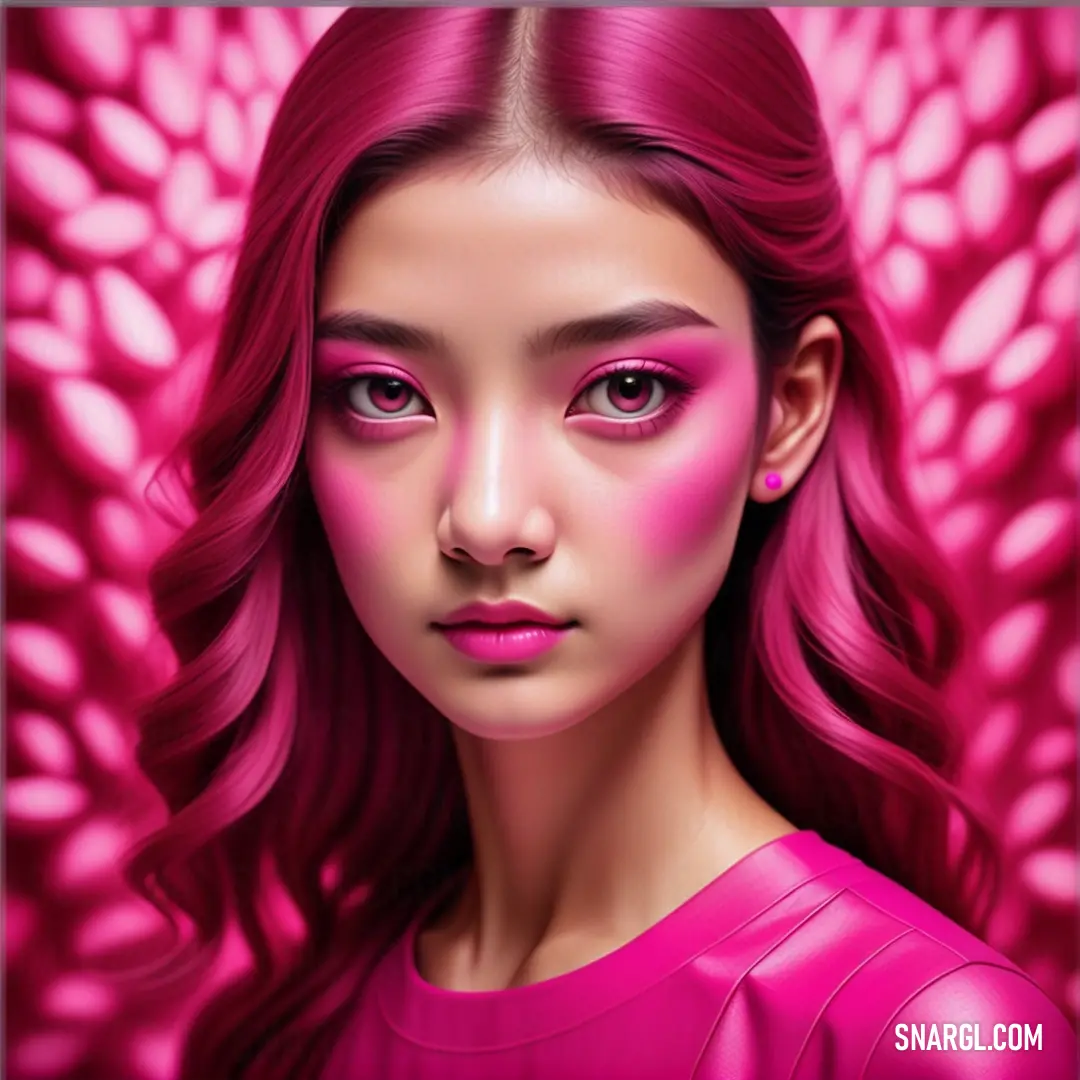
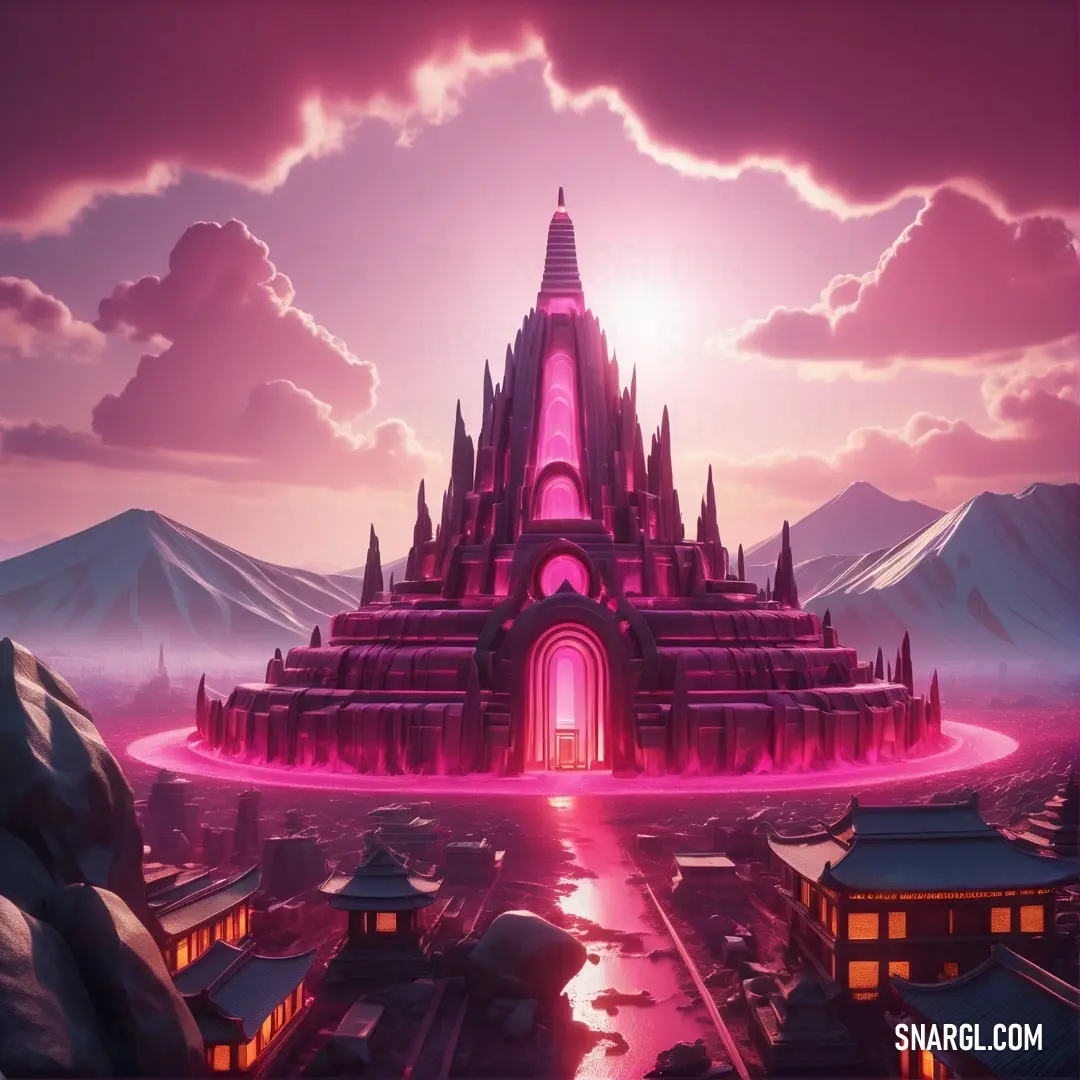
It is a shade of red or pink, depending on the hue and saturation of the color.
The name ruby comes from the Latin word "rube", meaning red.
The hexadecimal code for ruby is #E0115F, which corresponds to the RGB values of R:224, G:17, B:95.
In the CMYK color space, ruby is composed of 0% cyan, 92% magenta, 58% yellow and 12% black.
It has a hue angle of 337.4 degrees, a saturation of 85.9% and a lightness of 47.3%.
Ruby is one of the most popular traditional gemstones, along with sapphire, emerald and diamond.
It is valued for its hardness, durability, luster and rarity.
The most desirable color of ruby is called pigeon blood, which is a pure red with a hint of blue.
The color of ruby is influenced by the presence of chromium and iron in the mineral corundum, which is normally colorless.
The more chromium, the stronger the red color; the more iron, the darker the red color.
Ruby is also the name of some natural phenomena and living organisms that have a similar color to the gemstone.
For example, the ruby-throated hummingbird is a small bird that has a bright red patch on its throat.
The ruby seadragon is a marine fish that has a reddish-pink body with white markings.
It is a shade of red or pink that has a high saturation and a medium lightness.
Ruby is a color that symbolizes passion, love, courage and beauty.
Example of the palette with the Ruby color
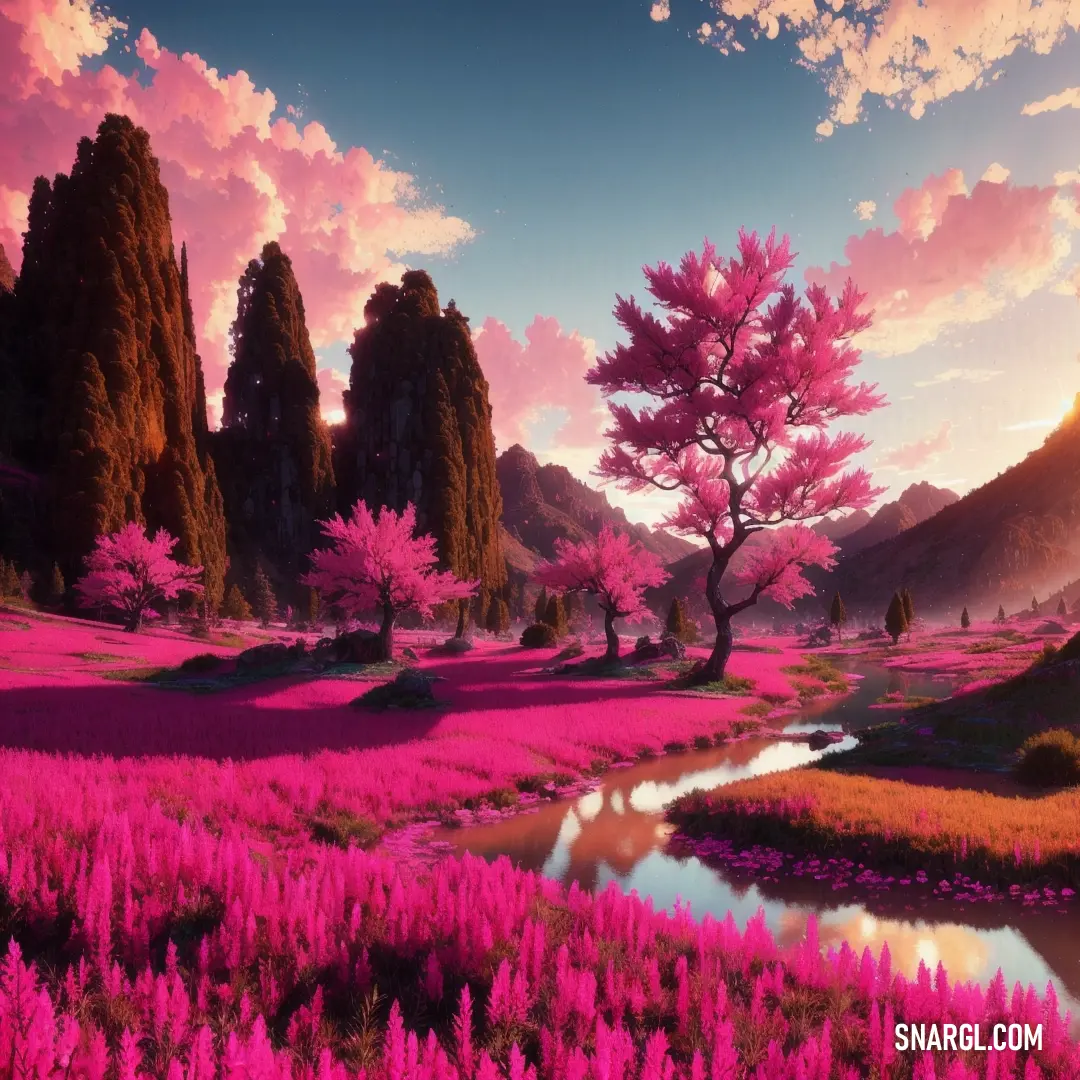
See these colors in NCS, PANTONE, RAL palettes...
Example of the palette with the Ruby color
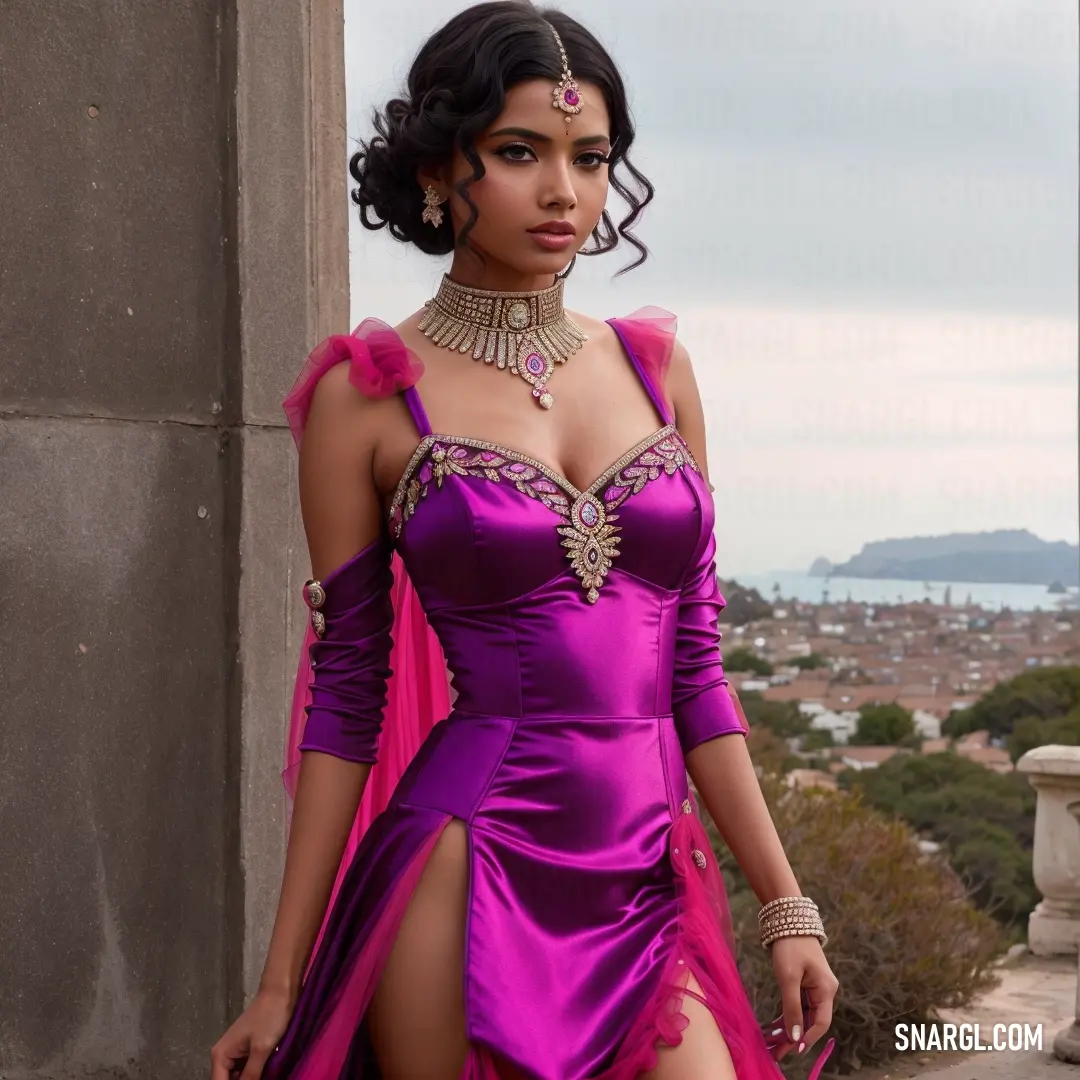
See these colors in NCS, PANTONE, RAL palettes...
Example of the palette with the Ruby color
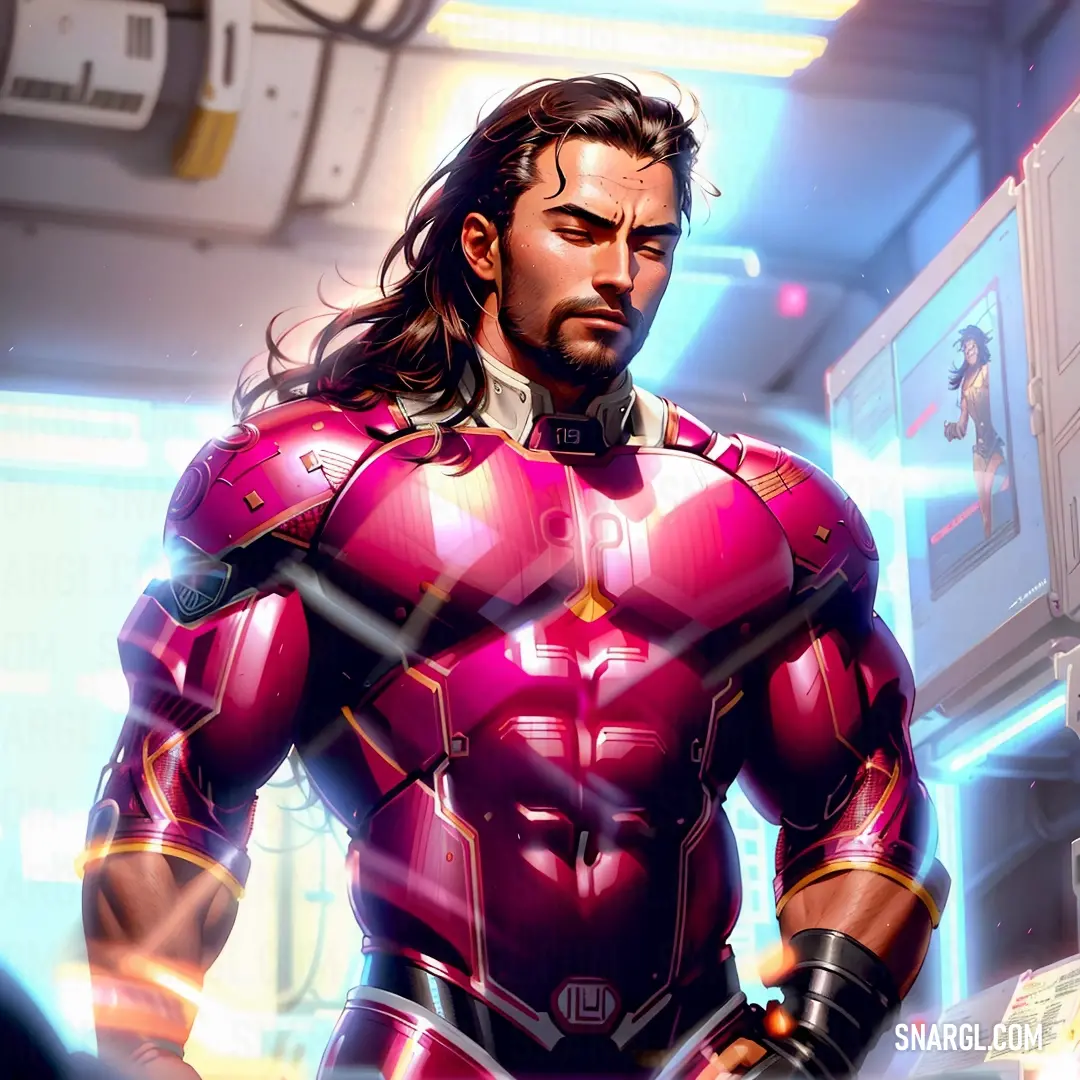
See these colors in NCS, PANTONE, RAL palettes...
Example of the palette with the Ruby color
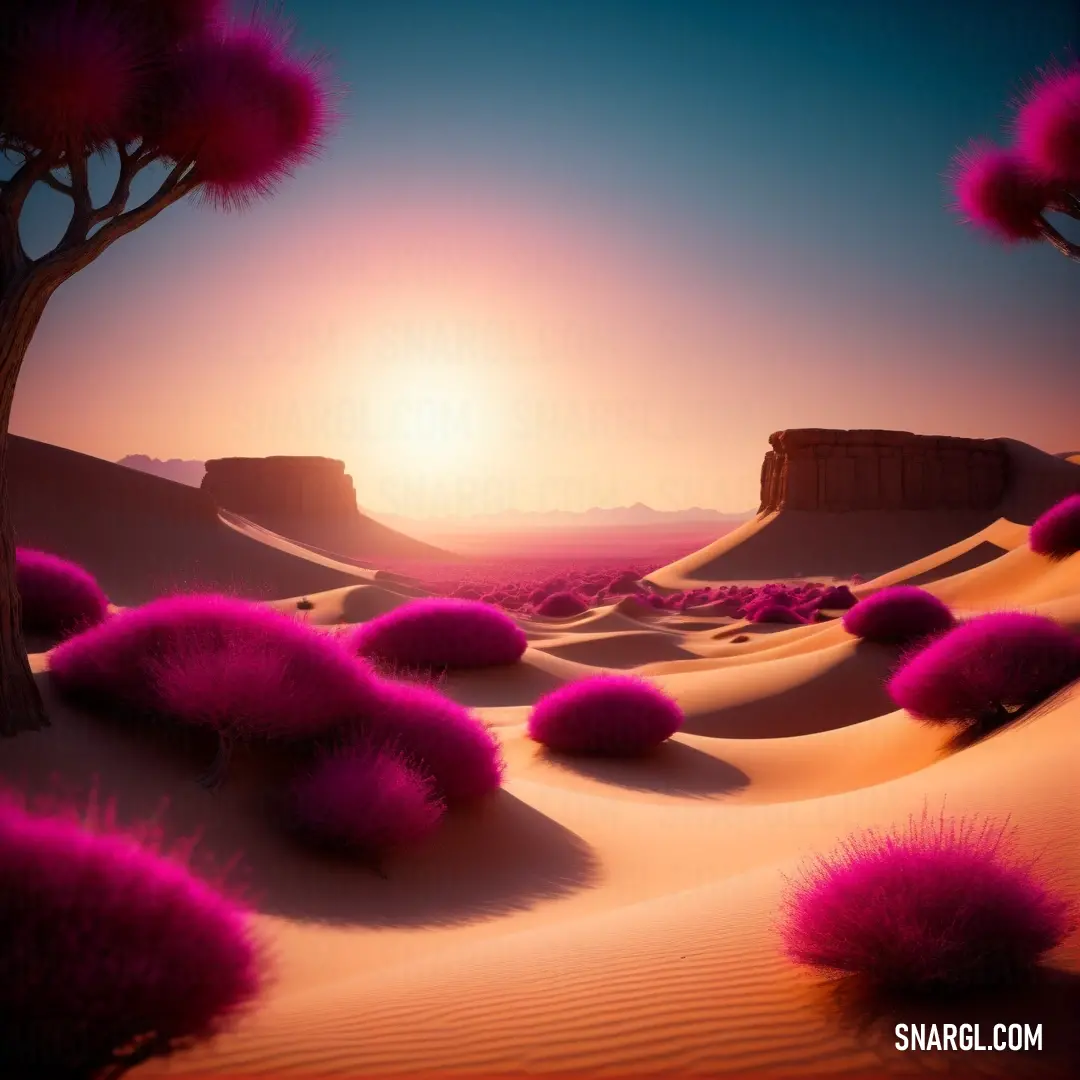
See these colors in NCS, PANTONE, RAL palettes...
What are the examples of Ruby color in everyday life?
Ruby color can vary from a deep blackish red to an orangish or pinkish red, depending on the hue, saturation, and tone of the color.
The primary color of ruby is always red, but it can have secondary colors such as orange, purple, or brown.
The most desirable and valuable ruby color is a vivid red with a slight hint of blue, also known as pigeon blood red.
Ruby color can be found in everyday life in various objects, such as flowers, fruits, vegetables, clothing, cosmetics, and art.
Some examples are:
Roses: Roses are one of the most popular and beautiful flowers that come in many colors, including ruby red.
A ruby red rose symbolizes love, passion, and romance.
Roses are often used as gifts, decorations, or expressions of emotions.Cherries: Cherries are a type of fruit that have a ruby red skin and flesh.
They are sweet, juicy, and nutritious.
Cherries are often eaten fresh, cooked, or preserved.
They are also used to make pies, jams, juices, wines, and liqueurs.Tomatoes: Tomatoes are a type of vegetable that have a ruby red skin and flesh.
They are rich in vitamin C, lycopene, and antioxidants.
Tomatoes are widely used in cooking, especially in Italian, Mediterranean, and Mexican cuisines.
They are also eaten raw, in salads, sandwiches, or sauces.Lipstick: Lipstick is a type of cosmetic that is applied to the lips to enhance their color, shape, and appearance.
Lipstick comes in many shades, including ruby red.
A ruby red lipstick can make the lips look more attractive, bold, and confident.
It can also match well with different skin tones, outfits, and occasions.Paintings: Paintings are a type of art that use colors, shapes, and strokes to create images, expressions, or impressions.
Paintings can use ruby red as a primary or accent color to create contrast, depth, or mood.
Some famous paintings that use ruby red are The Starry Night by Vincent van Gogh, The Kiss by Gustav Klimt, and The Red Studio by Henri Matisse.
Example of the palette with the Ruby color
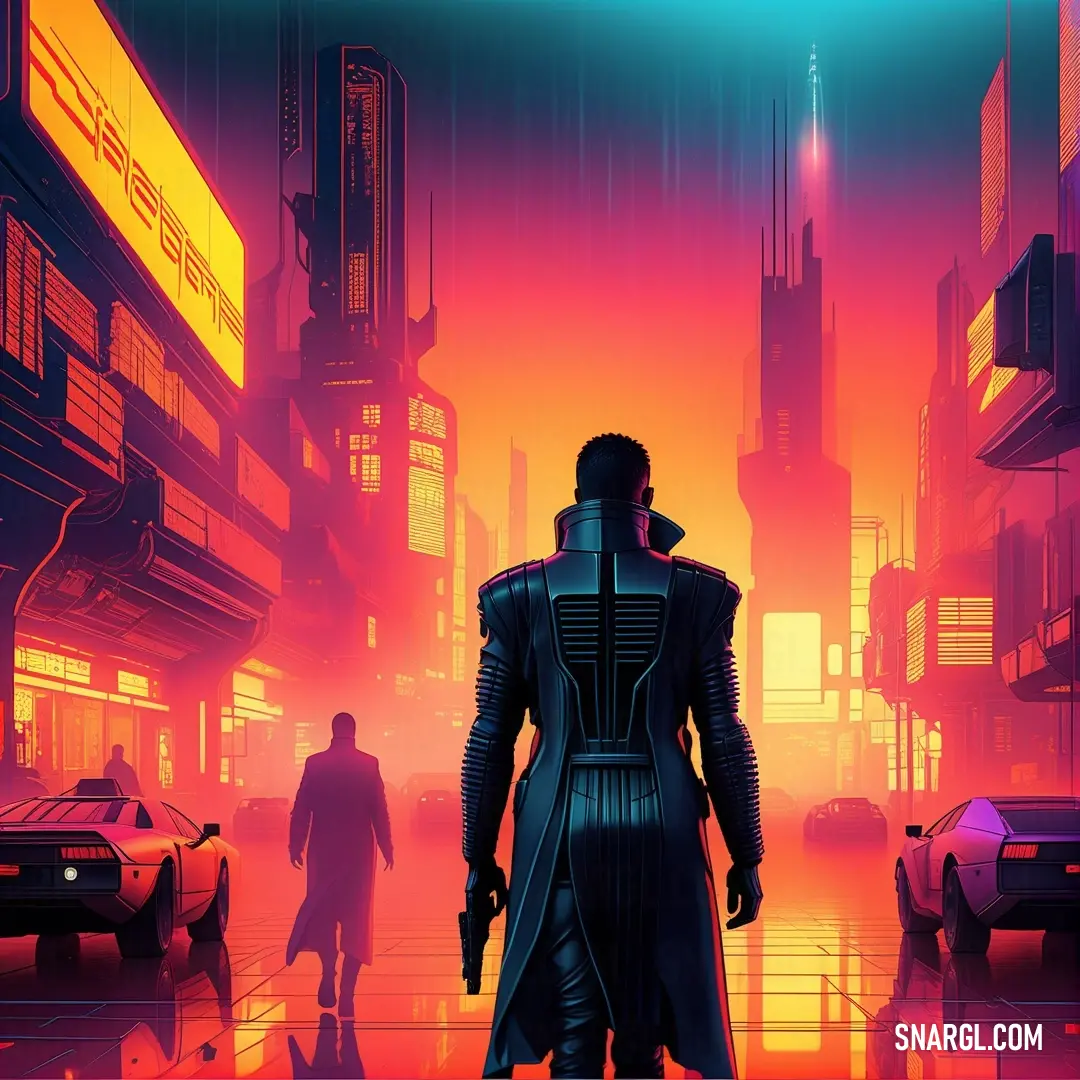
See these colors in NCS, PANTONE, RAL palettes...
Example of the palette with the Ruby color
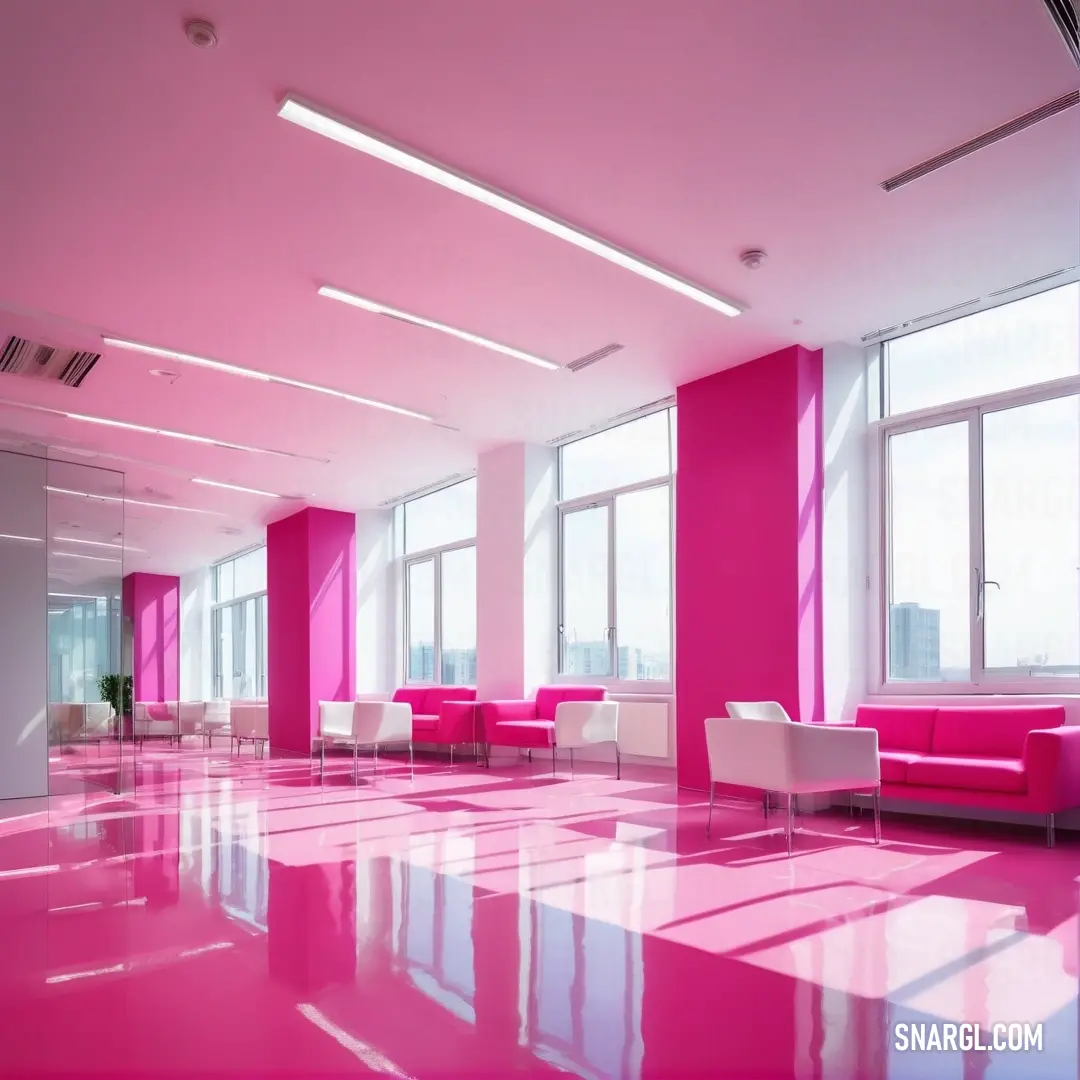
See these colors in NCS, PANTONE, RAL palettes...
What looks best in Ruby?
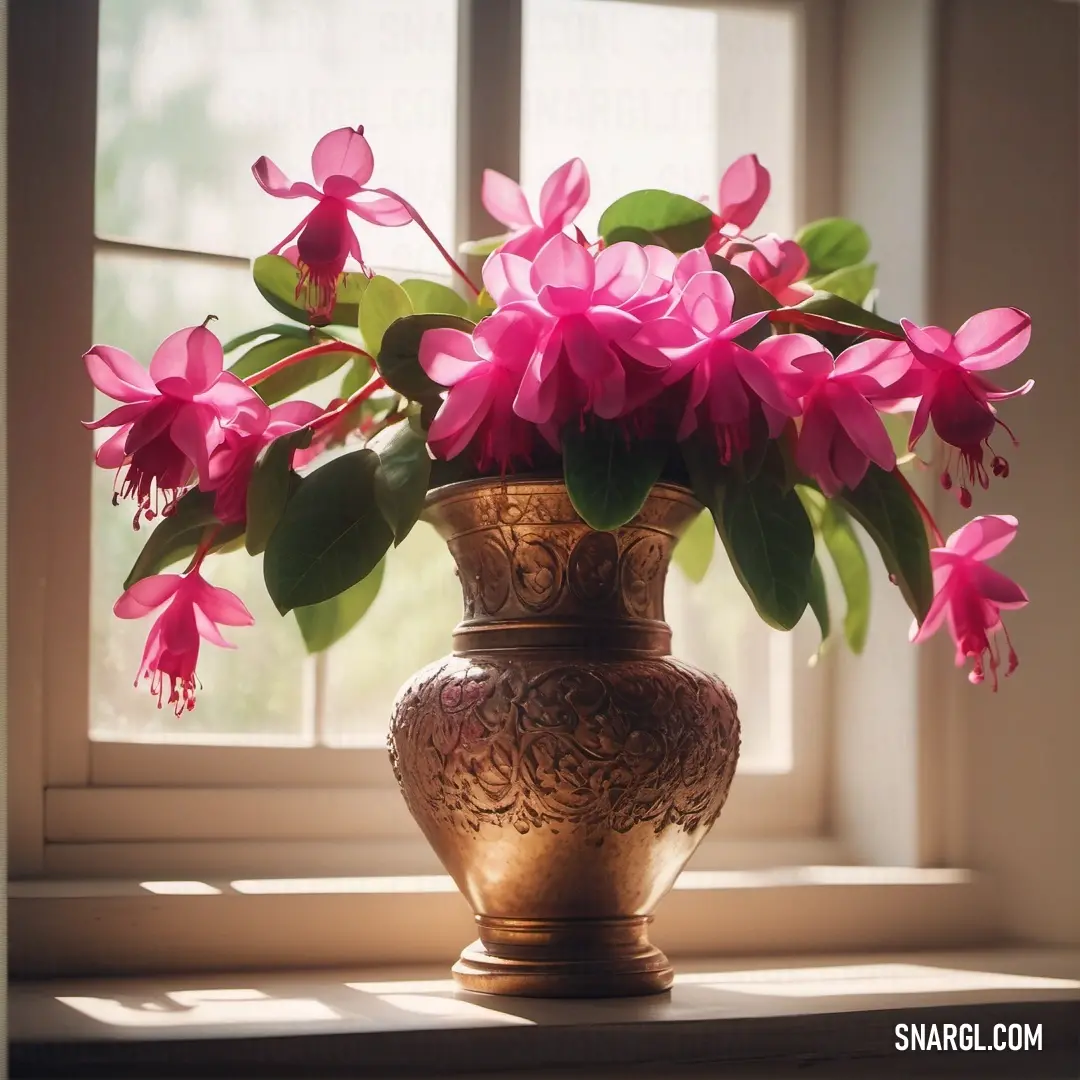
Example of the palette with the Ruby color
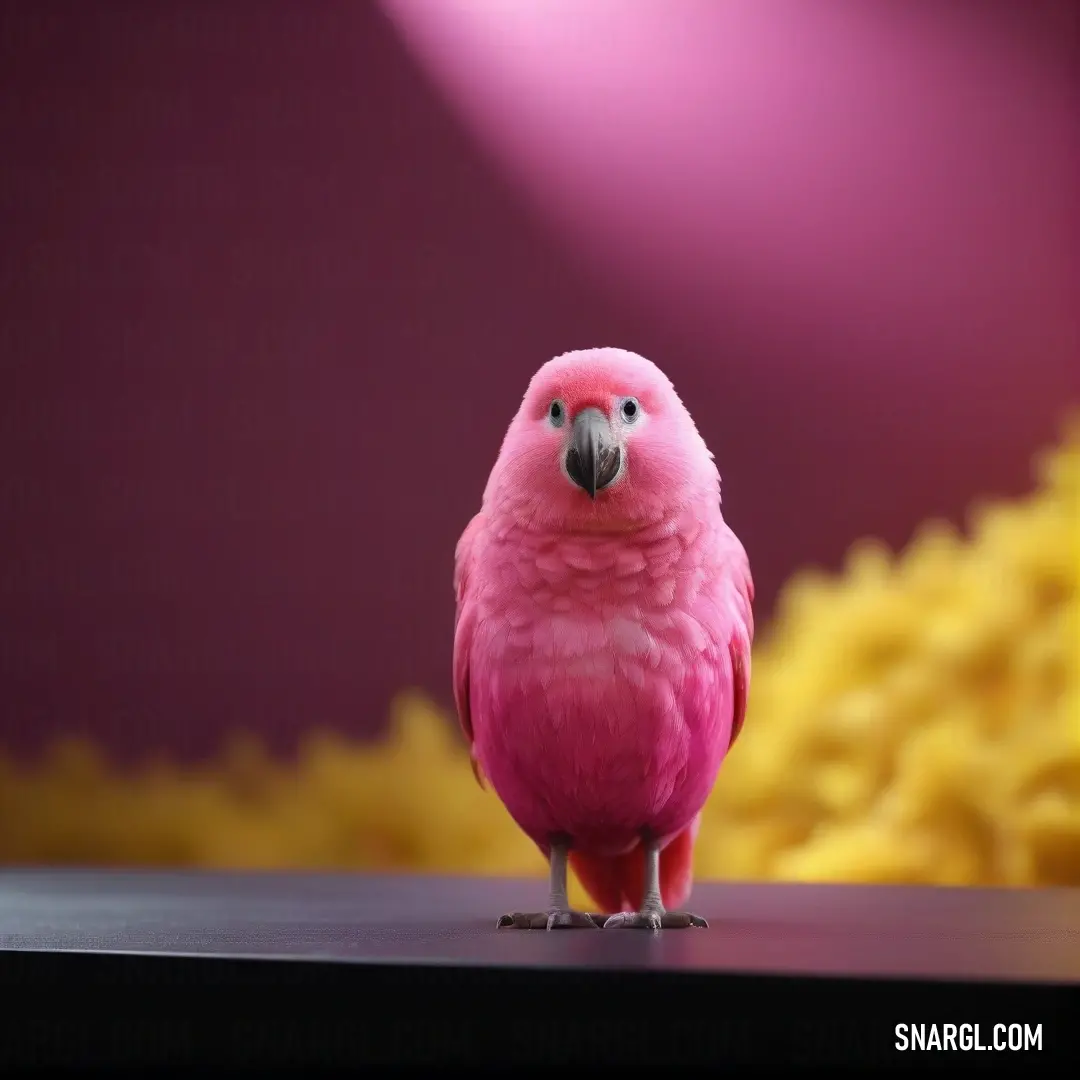
See these colors in NCS, PANTONE, RAL palettes...
What strange or uncommon things can be of the Ruby color?
What does ruby color represent?
Example of the palette with the Ruby color
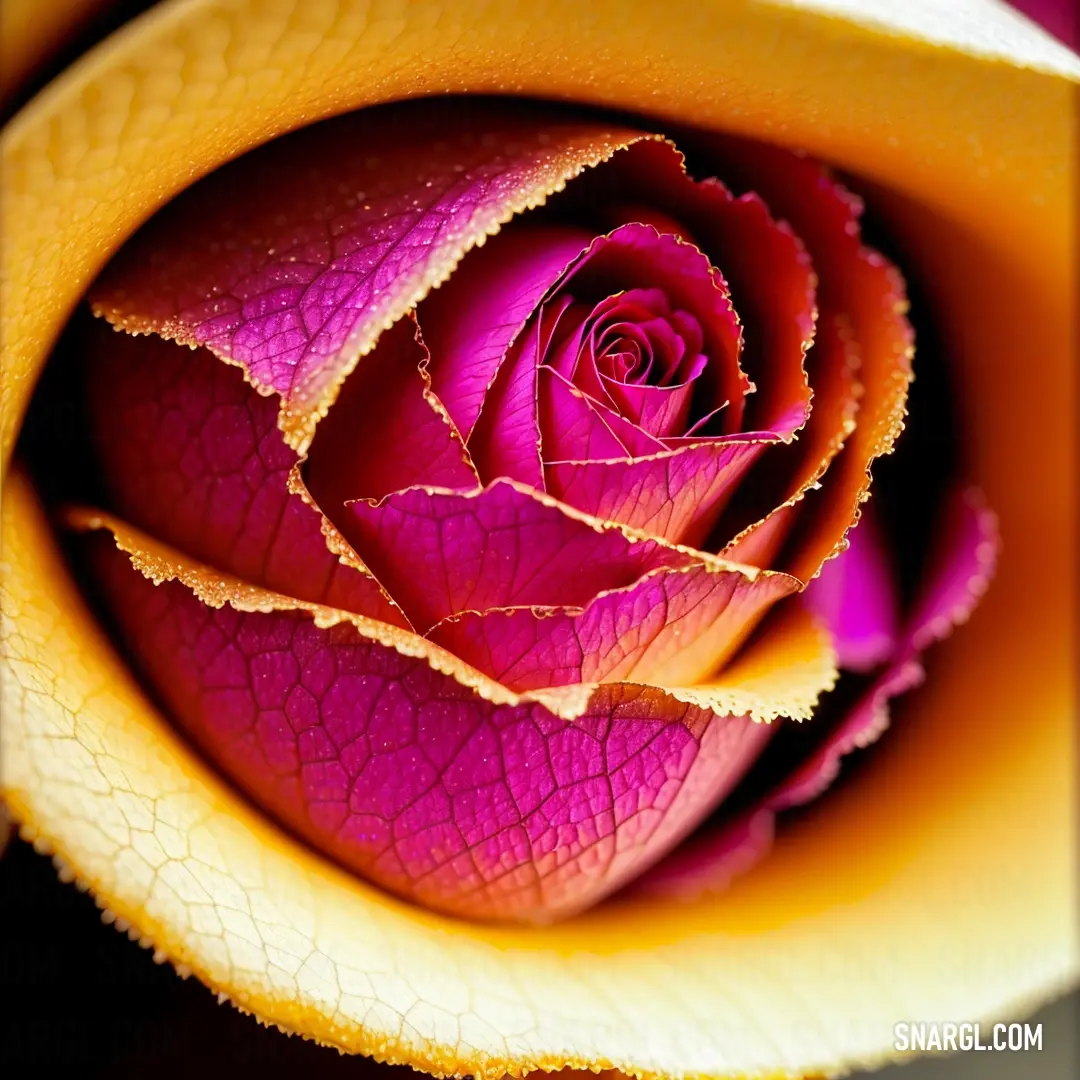
See these colors in NCS, PANTONE, RAL palettes...
What color is ruby Star?
Example of the palette with the Ruby color
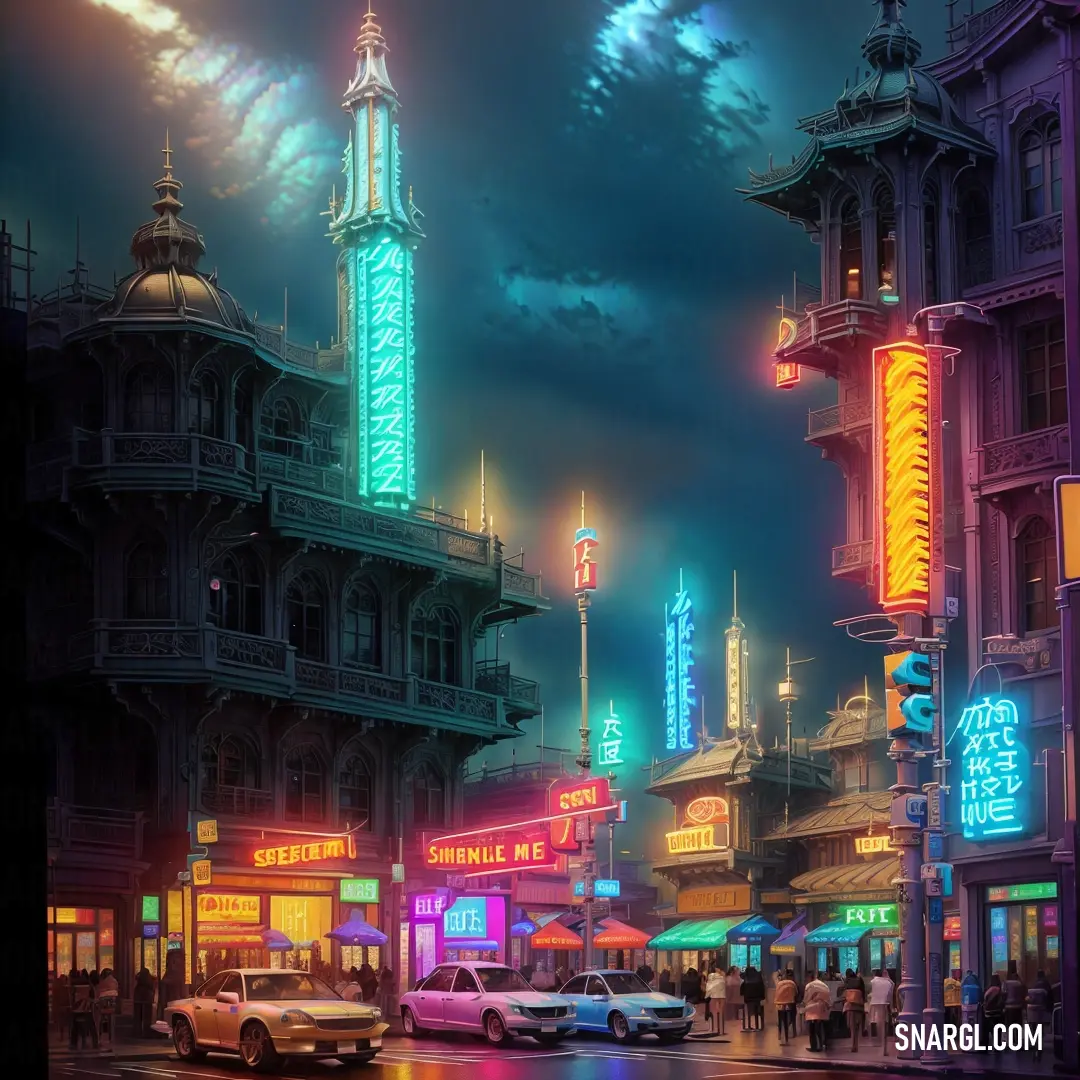
See these colors in NCS, PANTONE, RAL palettes...
Example of the palette with the Ruby color
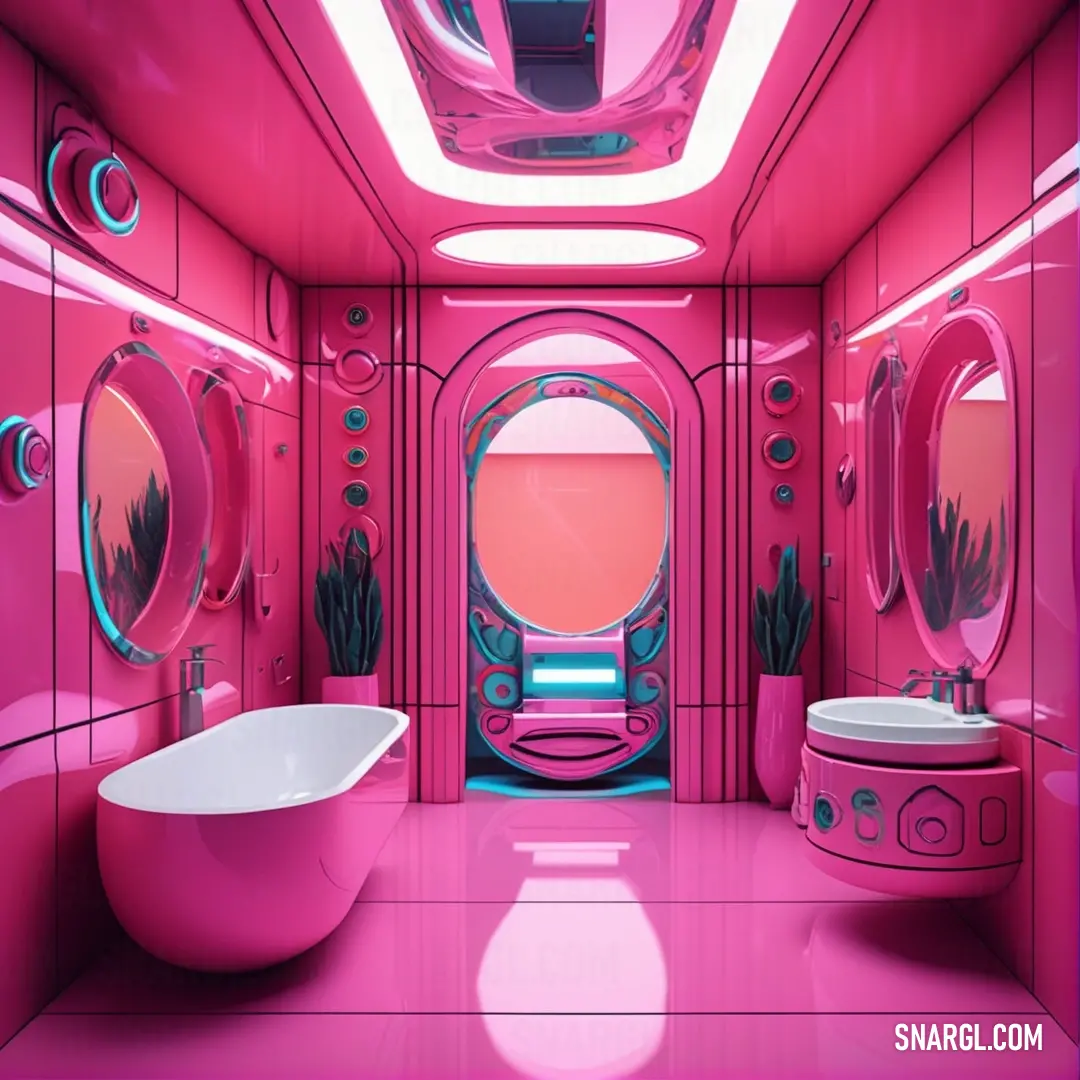
See these colors in NCS, PANTONE, RAL palettes...
What color is most popular with children?
Example of the palette with the Ruby color
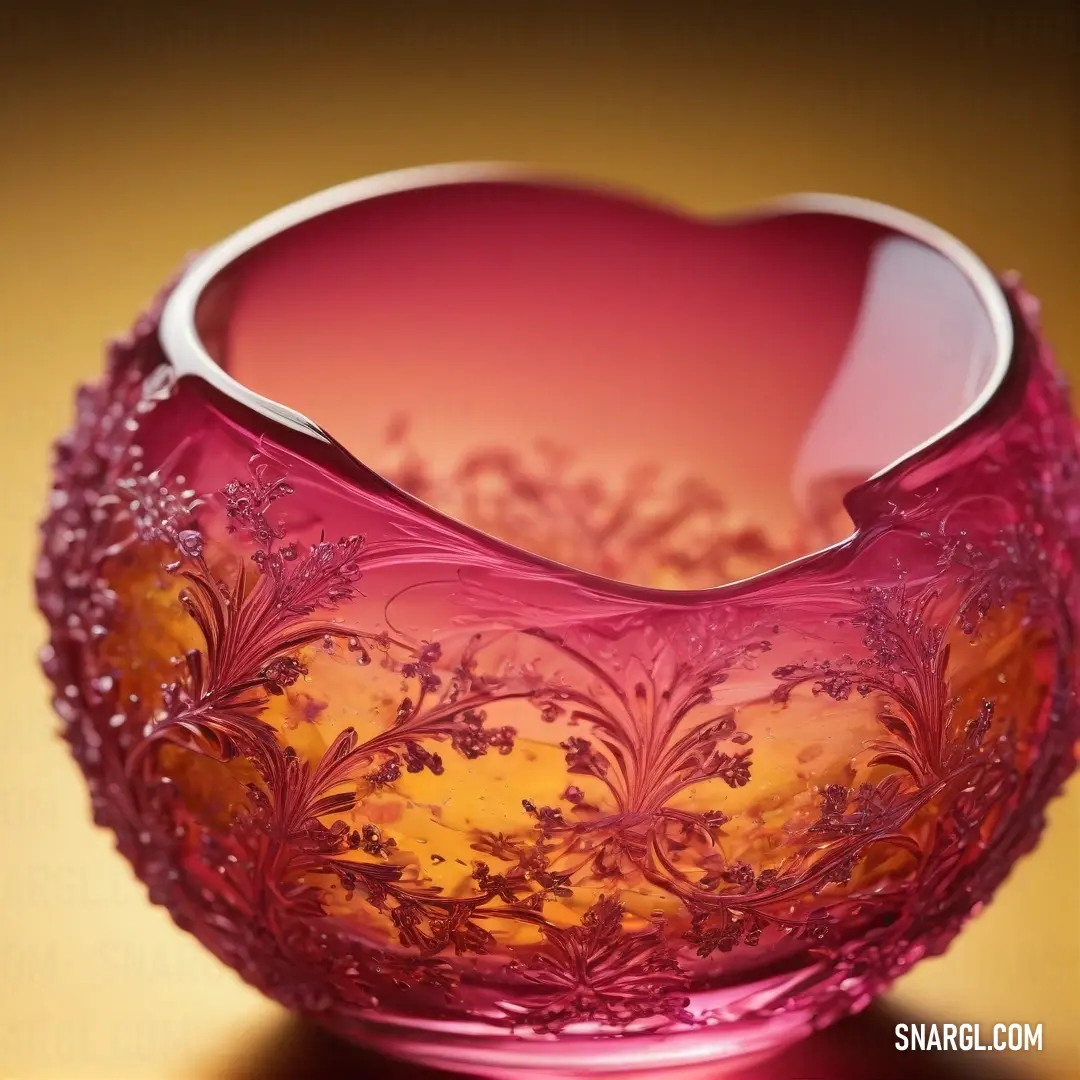
See these colors in NCS, PANTONE, RAL palettes...
Example of the palette with the Ruby color
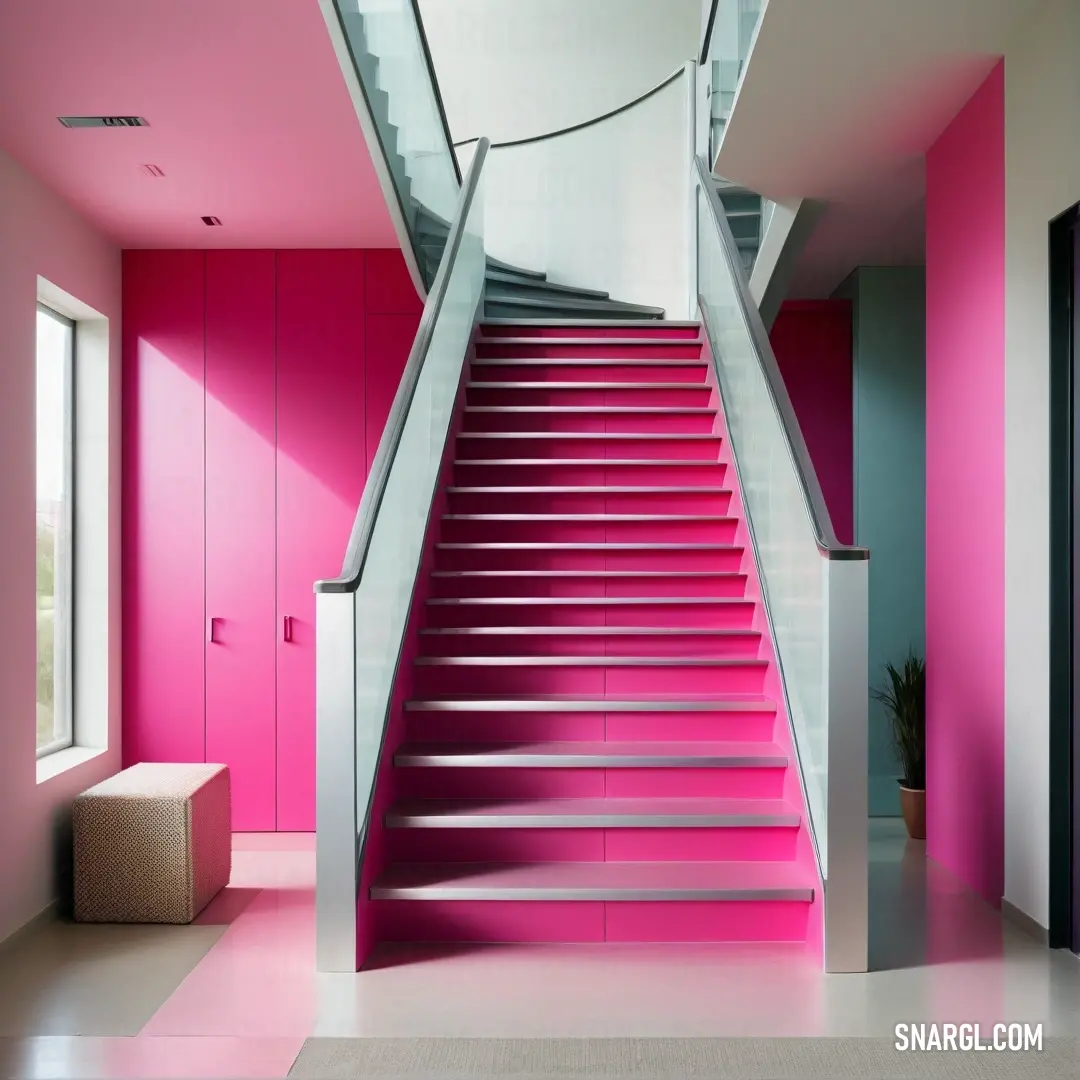
See these colors in NCS, PANTONE, RAL palettes...
The Ruby Revolution
One sunny morning, as Manolo was setting up his easel in the park, a delivery worker named Stella Clank arrived with a package. Stella was a spirited young woman with a knack for finding joy in the mundane. Her job took her to every nook and cranny of Chromapolis, and she had seen Manolo's work all over the city.
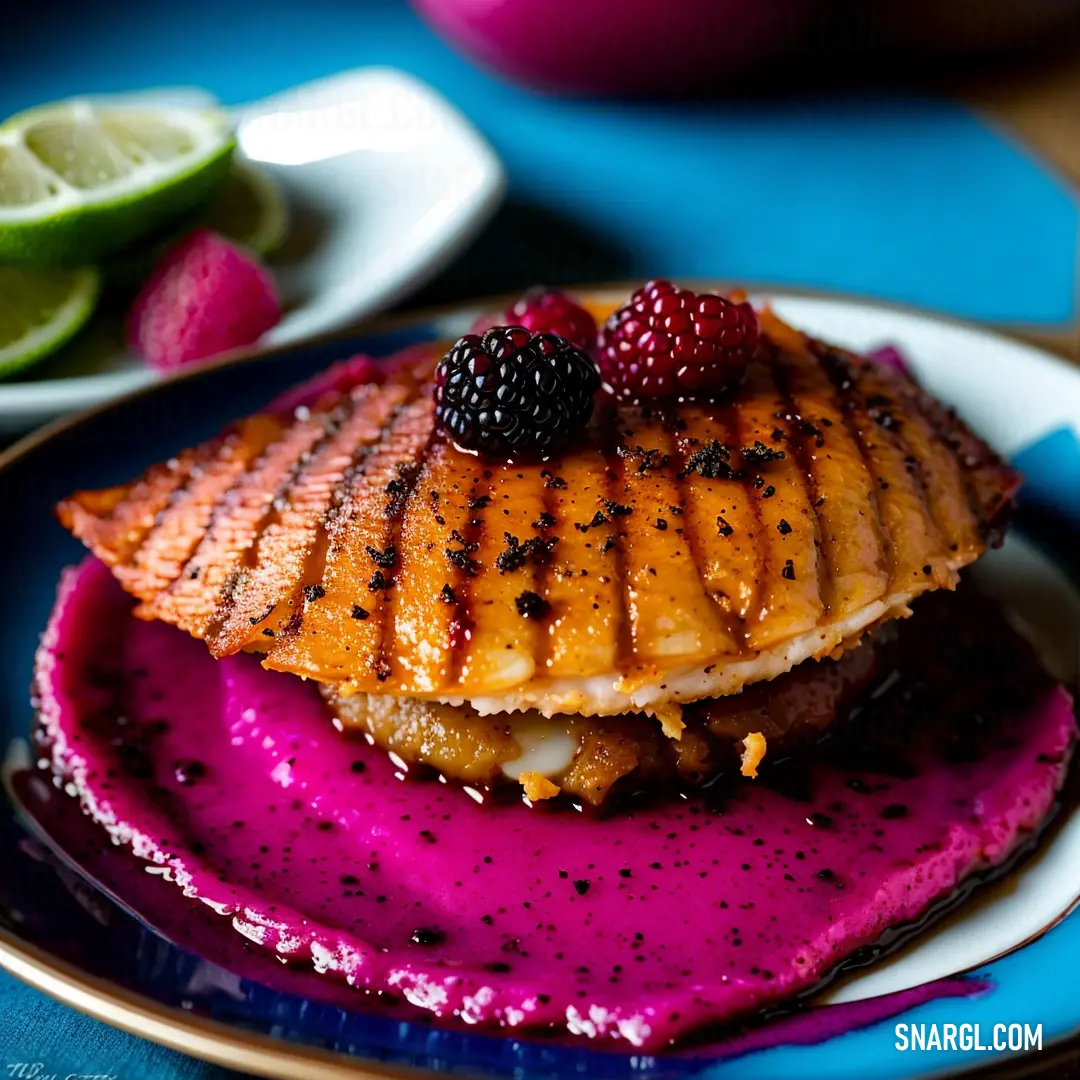
"Morning, Manolo! Got a special delivery for you," Stella called out, her voice as bright as her smile.
Manolo looked up, curious. "For me? What is it?"
Stella handed him a small, neatly wrapped box. "No idea, but it looks important."
Manolo opened the package to find a set of paint tubes, each labeled with a different shade of red. At the bottom of the box was a note: "For the master of color, may you find the heart of Ruby."
Intrigued, Manolo decided to experiment with these new paints. He set up a blank canvas and began to mix the shades, trying to capture the essence of Ruby. Hours turned into days, and days into weeks, but Manolo couldn't quite get it right. The color was either too dark, too light, or lacked the depth he sought.
One evening, as Manolo was about to give up, Stella stopped by again. She noticed the frustration on his face and the countless failed attempts scattered around his studio.
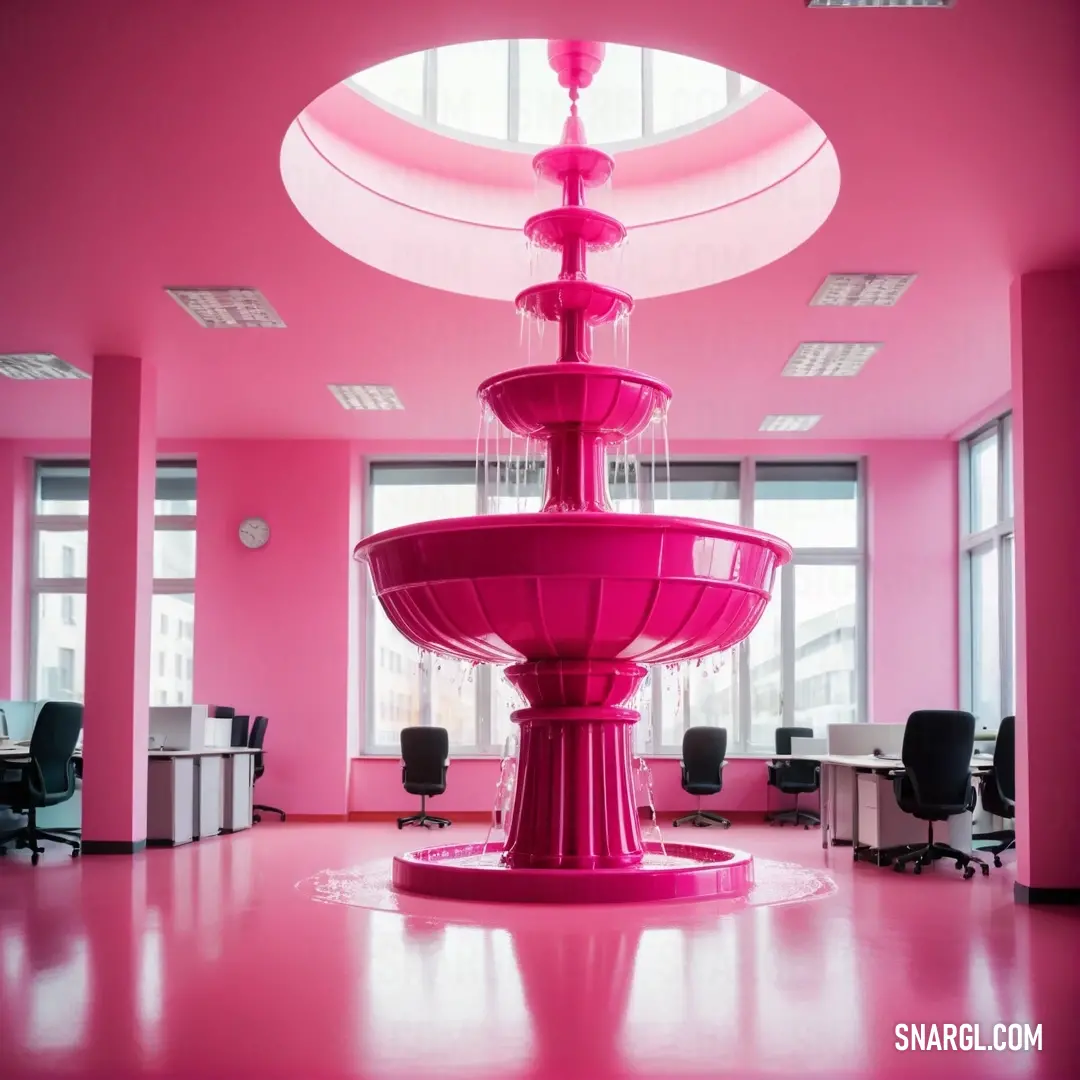
"What's wrong, Manolo?" she asked, concern in her eyes.
"It's this Ruby color. I can't seem to get it right," Manolo admitted.
Stella thought for a moment. "Maybe you're trying too hard. Why don't you take a break and come with me on my delivery route tomorrow? A change of scenery might help."
Reluctantly, Manolo agreed. The next day, he accompanied Stella as she made her rounds. They visited various parts of the city, each with its own unique charm. As they walked, Stella pointed out different uses of red in the environment – the crimson of a sunset, the scarlet of a blooming rose, the ruby red of a vintage car.
Manolo began to see Ruby in a new light. It wasn't just a color; it was an emotion, a story, a piece of life. Inspired, he rushed back to his studio and started painting. This time, he didn't focus on getting the color perfect. Instead, he let his emotions guide him, pouring his heart into the canvas.
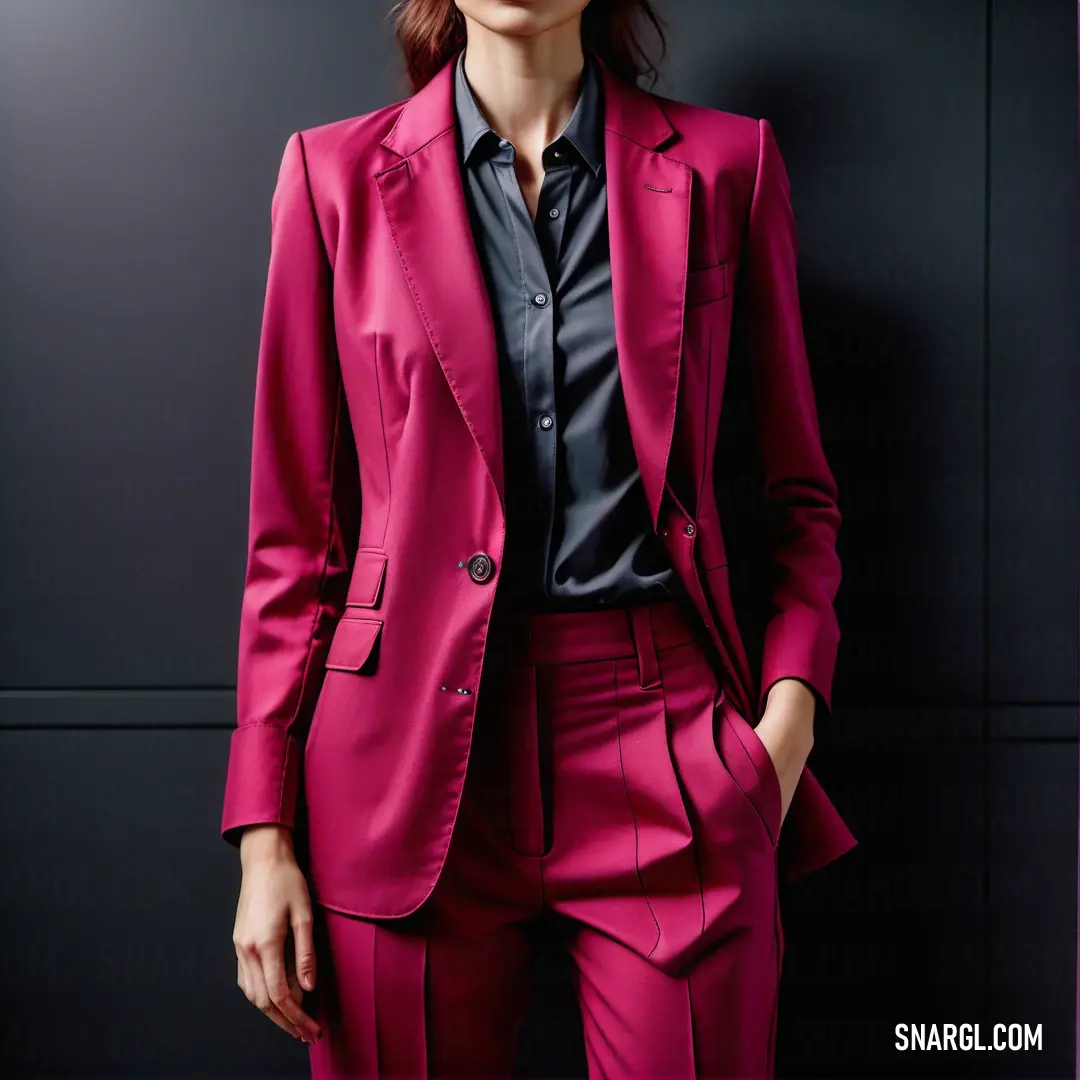
The result was breathtaking. The Ruby color he had struggled with now flowed effortlessly, capturing the passion and intensity he had been searching for. Manolo's new piece quickly became the talk of Chromapolis, hailed as his greatest work yet.
Stella, seeing the transformation in Manolo's work, felt a sense of pride. She had played a small part in helping him find his muse. From that day on, Manolo and Stella became close friends, their bond strengthened by their shared journey.
The Ruby Revolution had begun, not just in Manolo's art, but in the hearts of everyone in Chromapolis. The city was now alive with the vibrant, passionate hue of Ruby, a testament to the power of inspiration and the magic of friendship.
The Ruby Revelation
Manolo Ervin, a painter renowned for his abstract expressionism, found himself irresistibly drawn to this ethereal shade. His studio, a cacophony of colors, whispered to him about secrets waiting to be uncovered. For weeks, he had searched for the true essence of the Ruby Pulse, driven by an insatiable desire to unleash its potential on canvas. It was said that those who could harness the Ruby Pulse would find their creations transforming into vast universes of experiential art, pulsating with life itself.
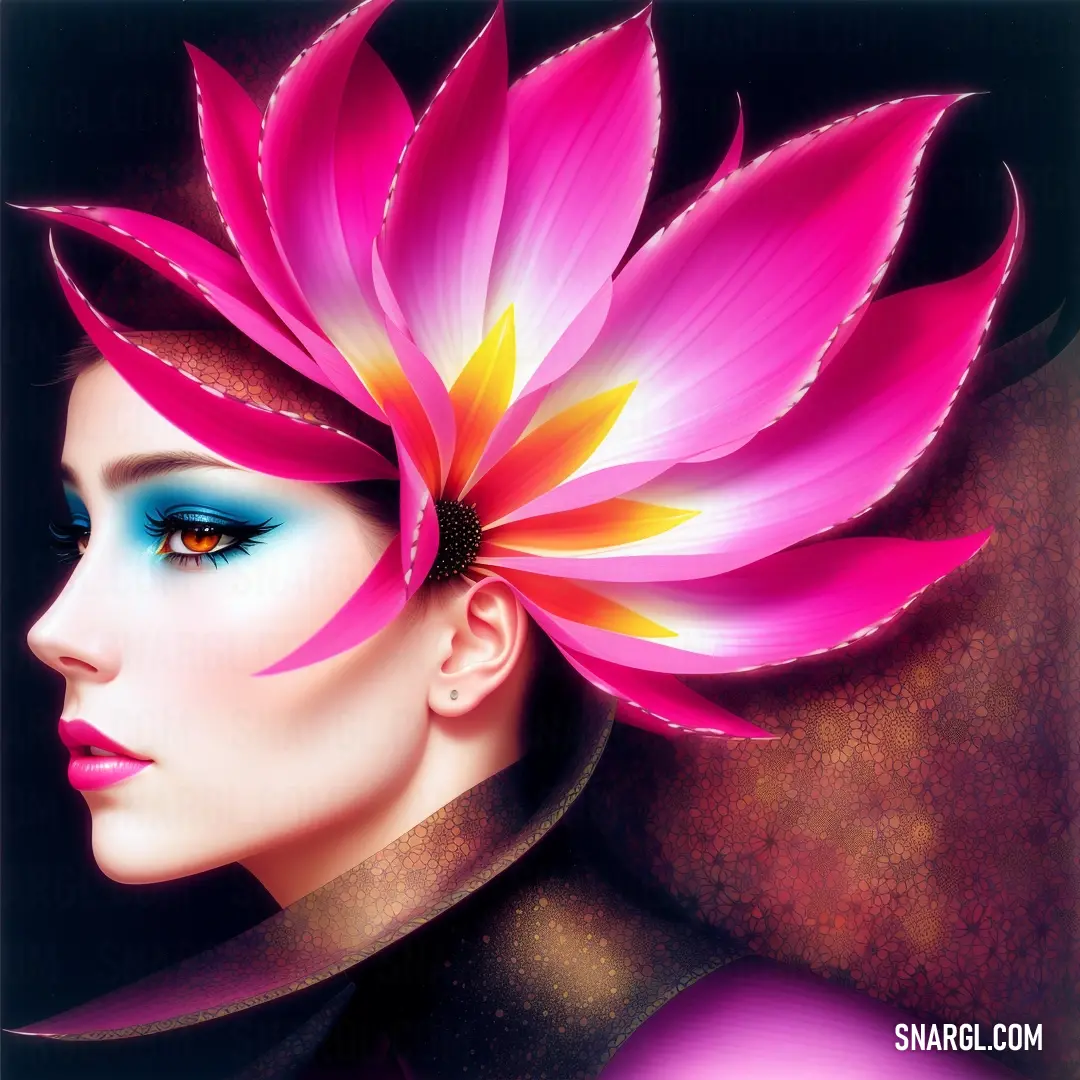
On one particularly overcast evening, as raindrops danced across his windows, a knock echoed through his studio. There stood Stella Clank, a delivery worker renowned for her keen intuition and sharp mind. With a ruffled uniform and a clipboard in hand, she had just one objective: to deliver a mysterious parcel addressed to Manolo. It was sealed with crimson wax, embossed with an intricate symbol he recognized from old folklore - the mark of a secret society known as the Guardians of the Ruby.
"Mr. Ervin?" Stella asked, eyeing the scattered colors on his walls. "This is for you."
With trembling hands, Manolo accepted the parcel, his heart racing. "Thank you, Stella. But… what's in it?"
"No idea," she replied, her curiosity piqued. "But I've heard whispers about that color in the underground art scene. It's supposed to be powerful."
Manolo ripped open the package to reveal a small vial containing a thick, shimmering liquid - a reflection of every hue of red known to mankind but pulsing with its own rhythm of ruby. As he held it up to the light, he felt a current course through him. The essence felt alive; his artistic instincts screamed for him to paint.
"I need to know what this can do," he murmured, eyes wide with excitement. Stella, as if sensing the gravity of the moment, stepped closer. "Then let's find out together," she proposed, her adventurous spirit igniting.
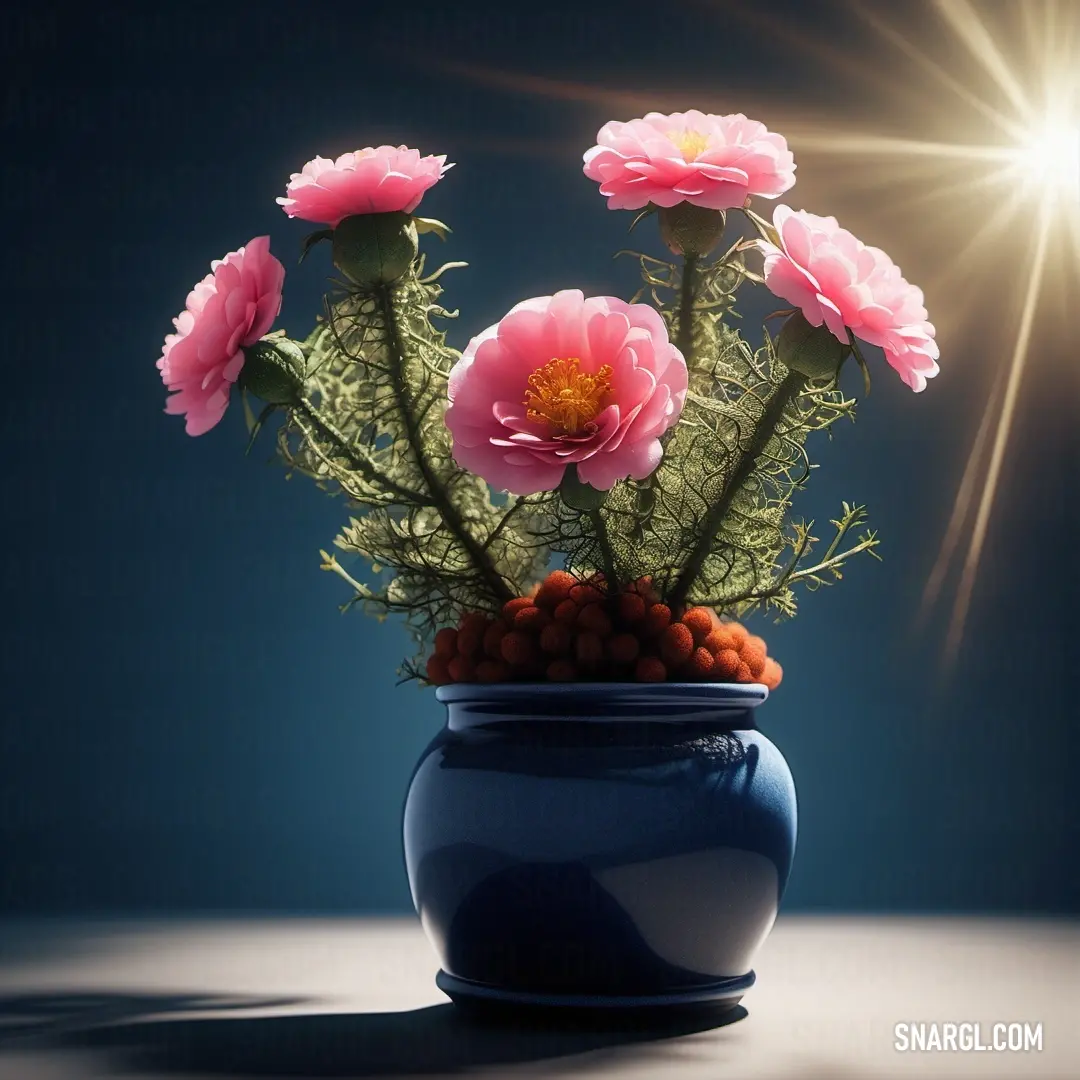
Days turned into nights as they worked together, experimenting with the Ruby Pulse. Manolo poured the essence onto canvas, layering it with unrestrained emotion. Each stroke transformed the scene before them - landscapes became living dreams, people depicted took on ethereal qualities, dancing between reality and fantasy. Yet, with each masterpiece, whispers of the Ruby's hold over them grew stronger, enticing them to explore deeper.
One quiet midnight, enveloped in moonlight and inspiration, they stepped out into the heart of Valen City, a space where art and reality intertwined. There, in the bustling square, Manolo unveiled his latest piece - a mountainous backdrop of ominous crimson shadows and vibrant, fiery creatures. As the crowd gasped, awed by the energy radiating from the artwork, something unexpected occurred. The Ruby Pulse ignited the air, pulsating - a tangible force drawing everyone closer.
But with beauty came danger. The guardians of the Ruby, protectors of its power, surfaced from the shadows, cloaked figures whose eyes burned like hot embers. They accused Manolo of disturbing an ancient balance, aware that the Ruby Pulse, if exploited carelessly, could unleash chaos across the art world.
Stella stepped forward, embodying both courage and wisdom. "Art is meant to connect and inspire, not to control or harm," she asserted. Her words hung in the charged air as she turned to the Guardians.
The leader, a woman with raven-black hair and piercing gaze, weighed the impact of Stella's words. "Art thrives on the heart and intentions behind it. But mishandling the Ruby Pulse endangers this city. You must choose wisely," she warned.
In that moment, Manolo understood. The Ruby Pulse was not merely an expression of color but a reflection of their interplay - the balance of creation and responsibility. It could heal or devastate, depending on the wielders' intentions.
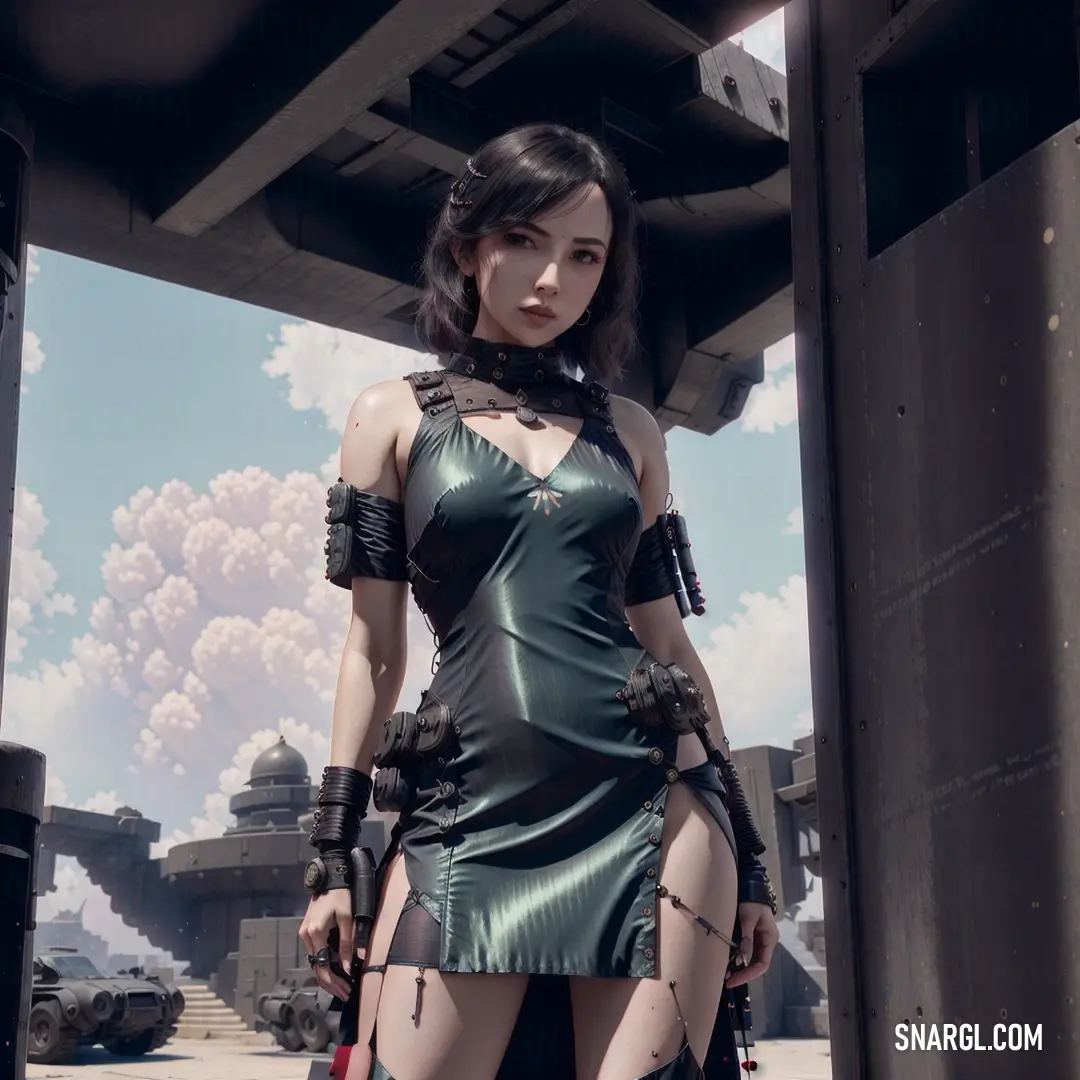
With an inspired urgency, he refined his approach, guided by Stella's steadfast resolve. Instead of attempts to saturate the art world with his newfound creations, they sought partnerships. Community workshops sprang forth, inviting artists to explore their emotions - making art together that celebrated their shared existence.
As the weeks passed, the story of Manolo and Stella became legend. The Ruby Pulse subtly transformed Valen City - fostering collaboration, igniting creativity, and uniting diverse communities. It was no longer just about color; it was about harmony among creators who understood the power of their shared experience.
In time, the Guardians of the Ruby embraced their work, recognizing that the true essence of the Ruby wasn't possession - it was in enriching the hearts and souls of those willing to create, together. And in Manolo Ervin and Stella Clank, they found the very artists who would share the secret of the Ruby Pulse throughout generations. The color became a metaphor not just for art but for connections formed in the vivid tapestry of life.
Read: Ruby Color: The Fascinating World of Ruby Red
Read: Exploring the Allure of Ruby Red: A Deep Dive into Its Meaning and Impact
Read: Ruby Gemstone: The Timeless Beauty and Significance of the Precious Stone
Read: The Significance and Symbolism of Ruby: Understanding the Meaning Behind the Color
Read: Ruby Interior Design: Embracing the Elegance of Red
Read: Ruby Clothing: Embrace the Elegance of this Timeless Color
Read: Embrace the Elegance of Ruby Fashion: A Comprehensive Guide to Styling in Rich Red Tones
Read: Ruby Color Examples: Exploring the Depths of the Ruby Hue
Read: Ruby Color in Nature – The Beauty and Significance of Ruby Hues
Read: Ruby In Art: The Vibrant Color and Its Impact on Creativity and Emotion
Read: Ruby Color For Men: Embracing the Boldness and Elegance
Read: Ruby Color For Women: Embrace Elegance and Power
Read: Ruby Red Cars: The Allure of a Timeless Classic
Read: Ruby in Superheroes: The Vibrant Symbolism of Red in Comic Book Culture
Read: Ruby Artifact: The Gem of Colors
Read: Ruby Color In Food: Exploring the Richness and Versatility of Ruby Hues
Read: Exploring Ruby in Landscape Painting: The Vibrance and Emotion of a Timeless Hue
Read: Ruby Red Plants: Embrace the Beauty of Vibrant Hues in Your Garden
Read: Ruby in Anime: The Significance and Representation of the Color Red

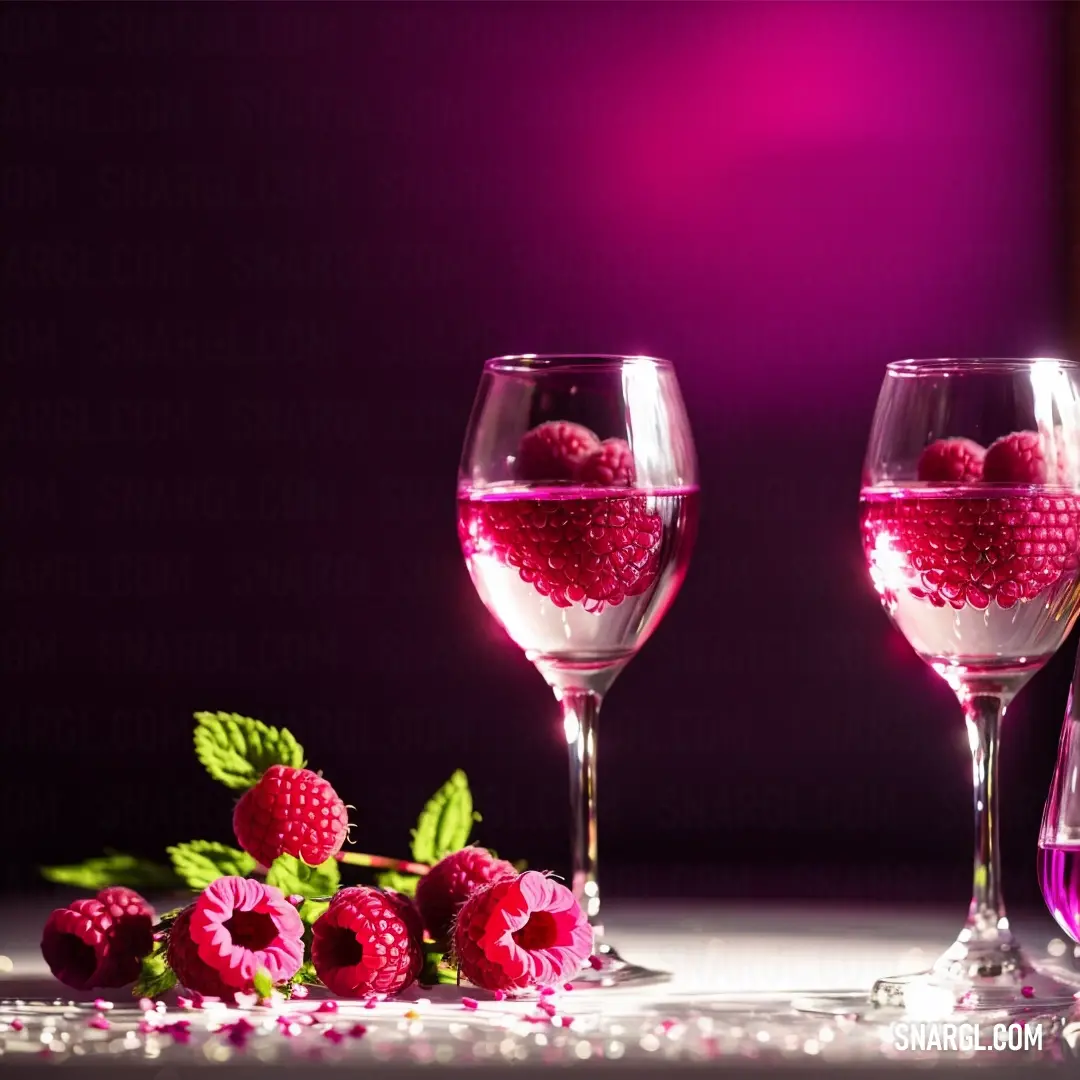
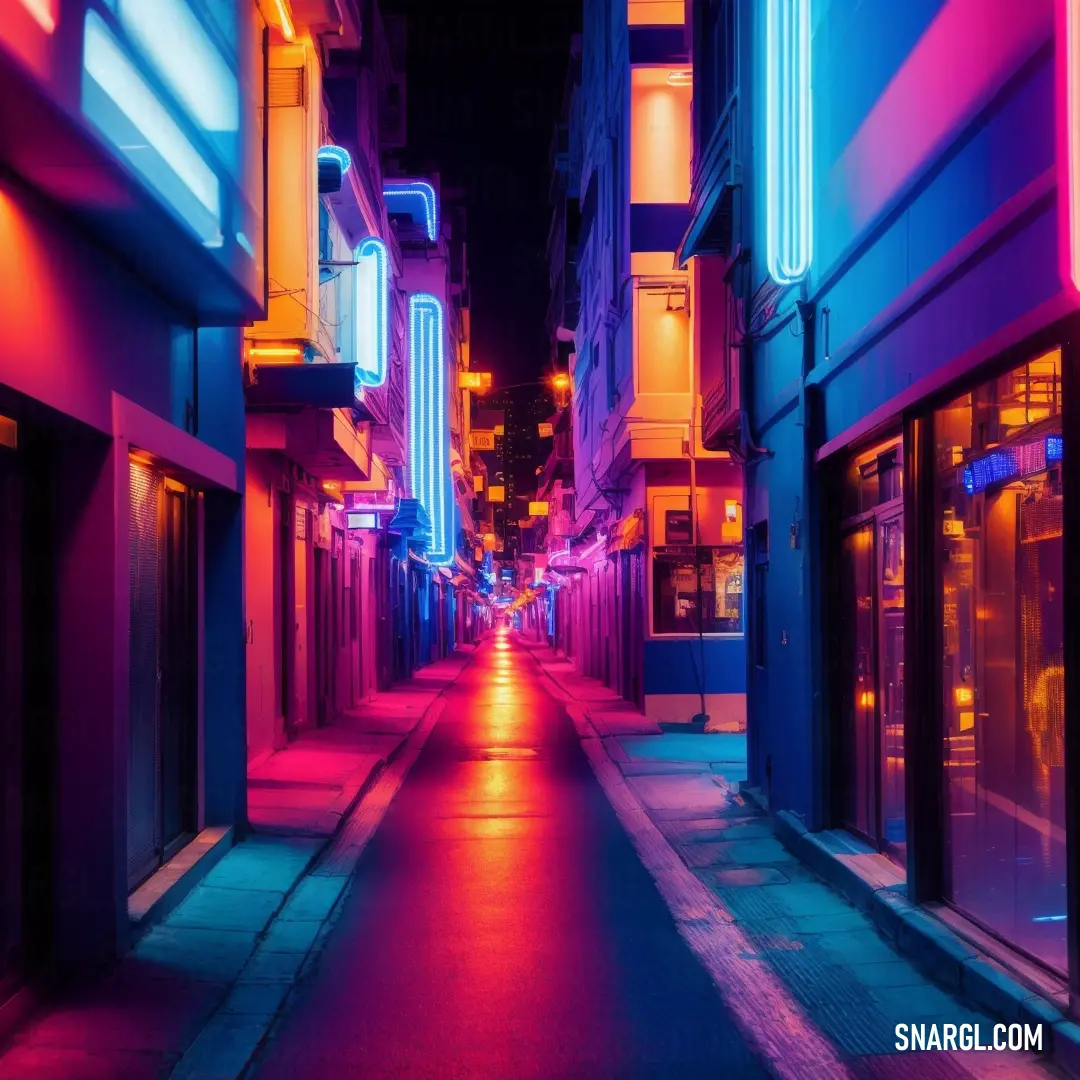
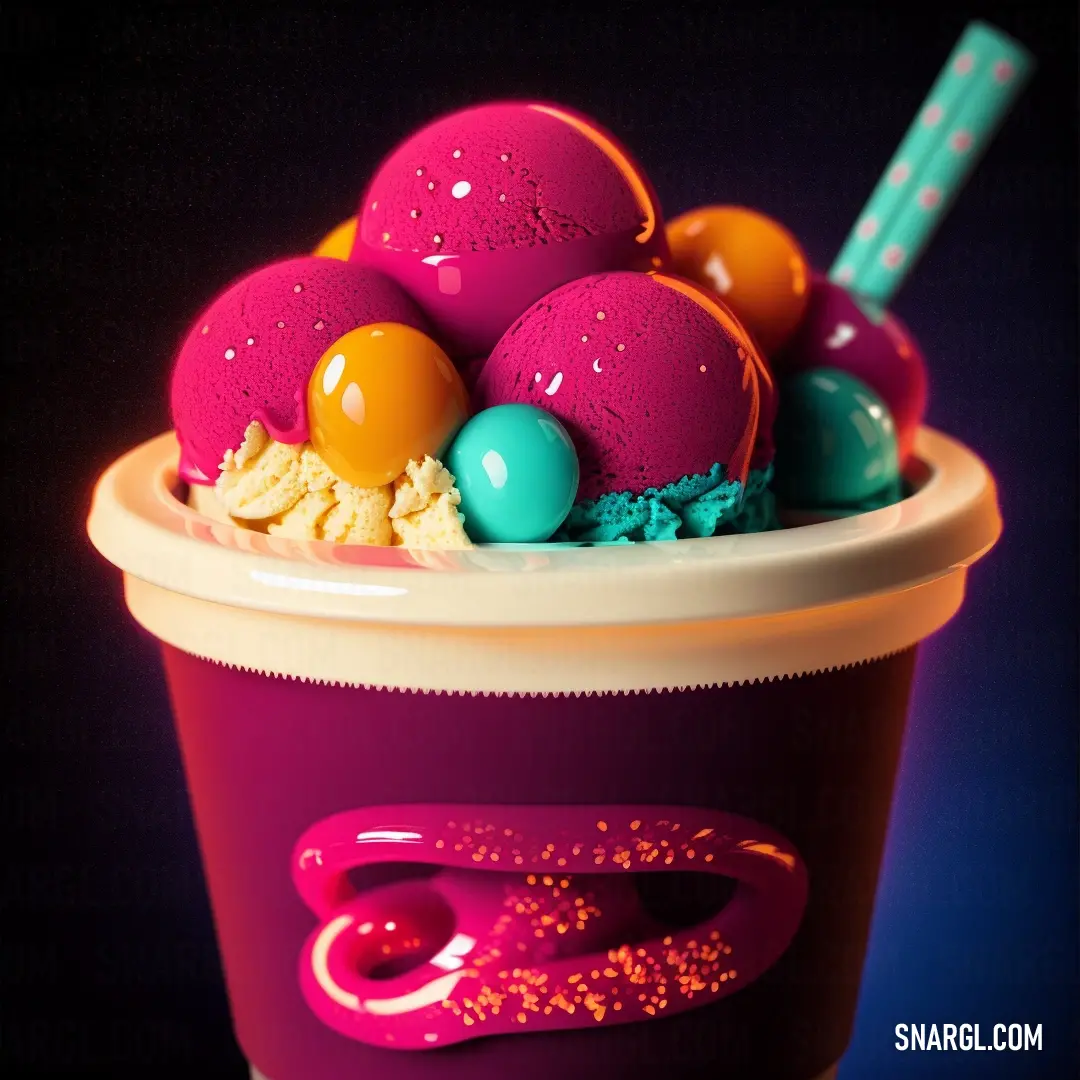
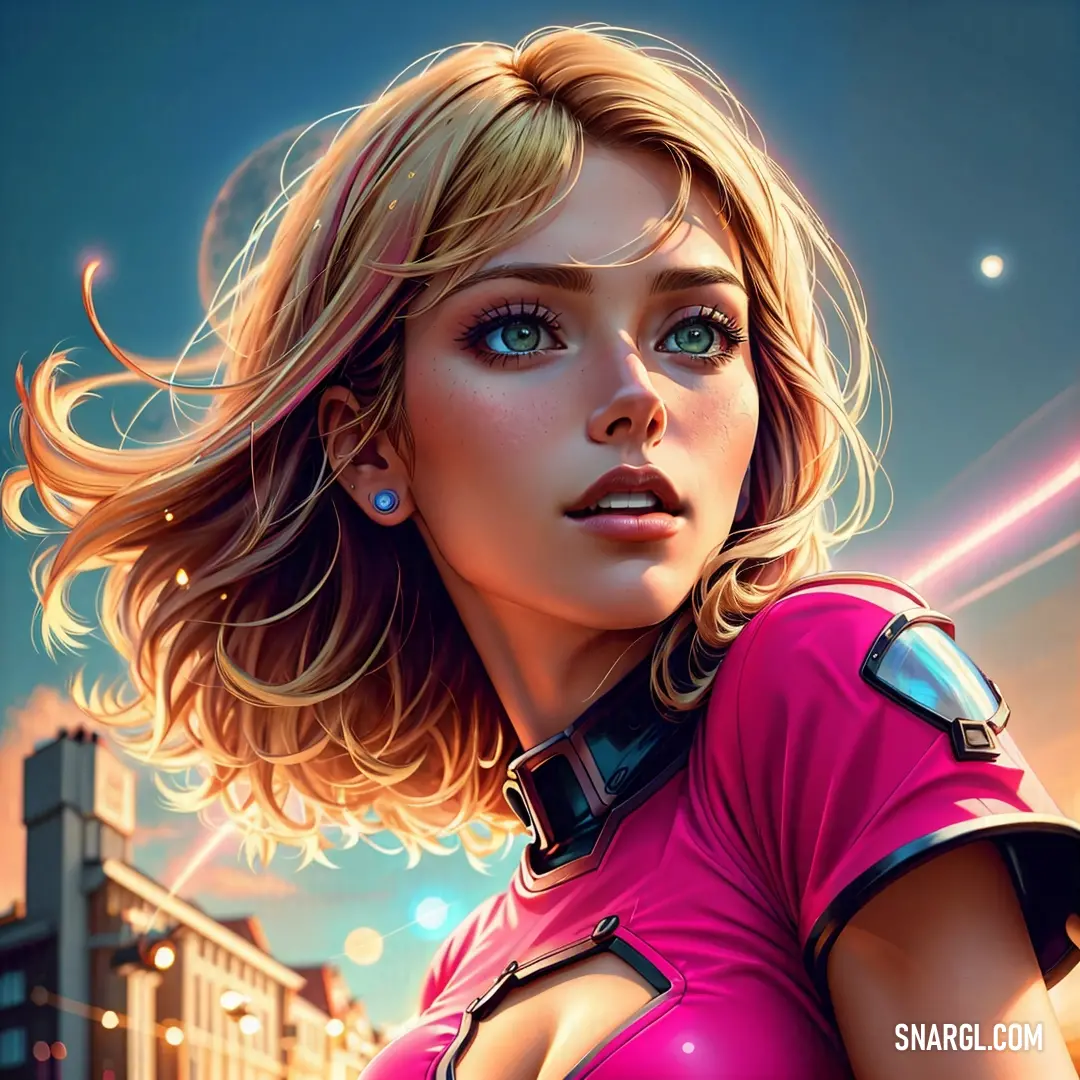
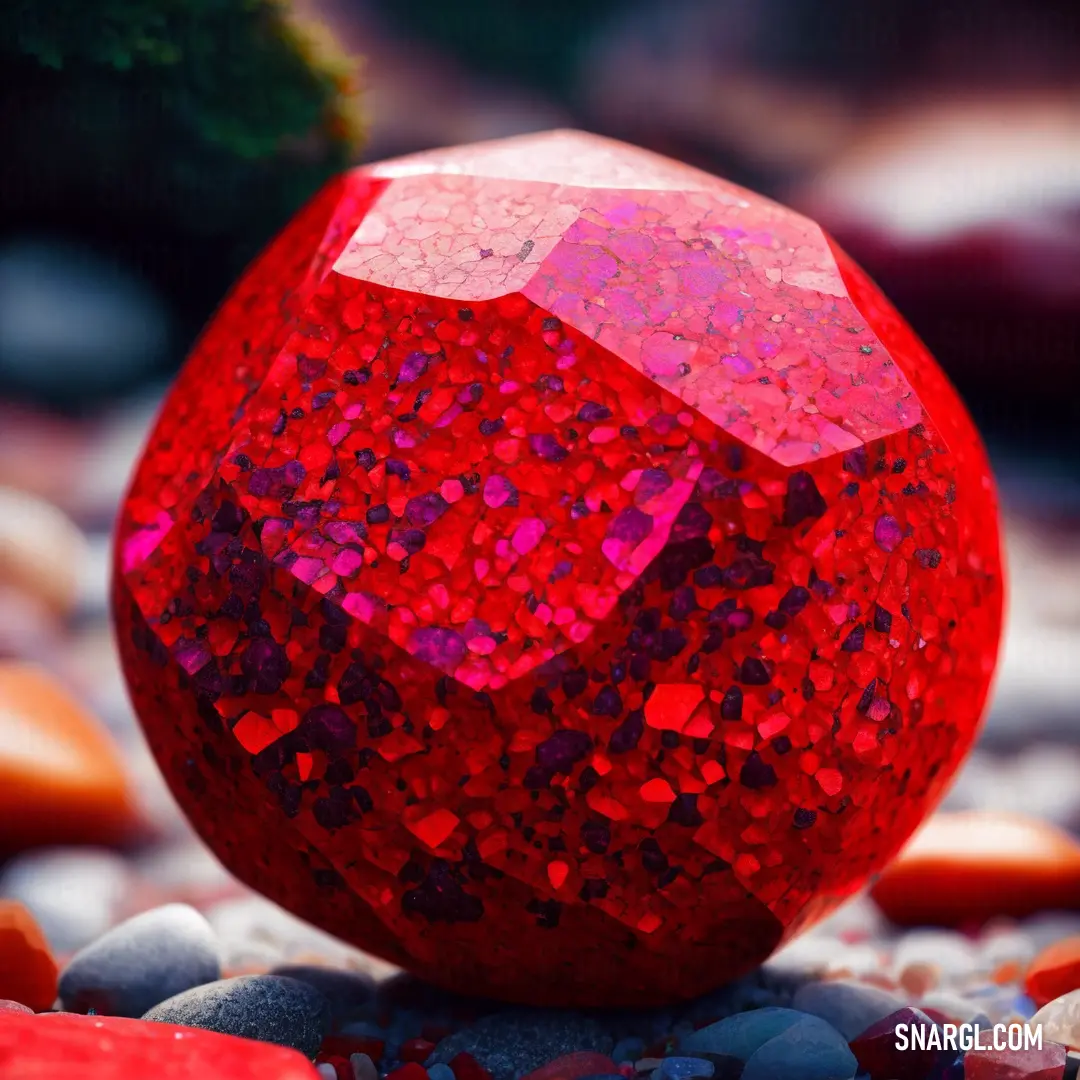
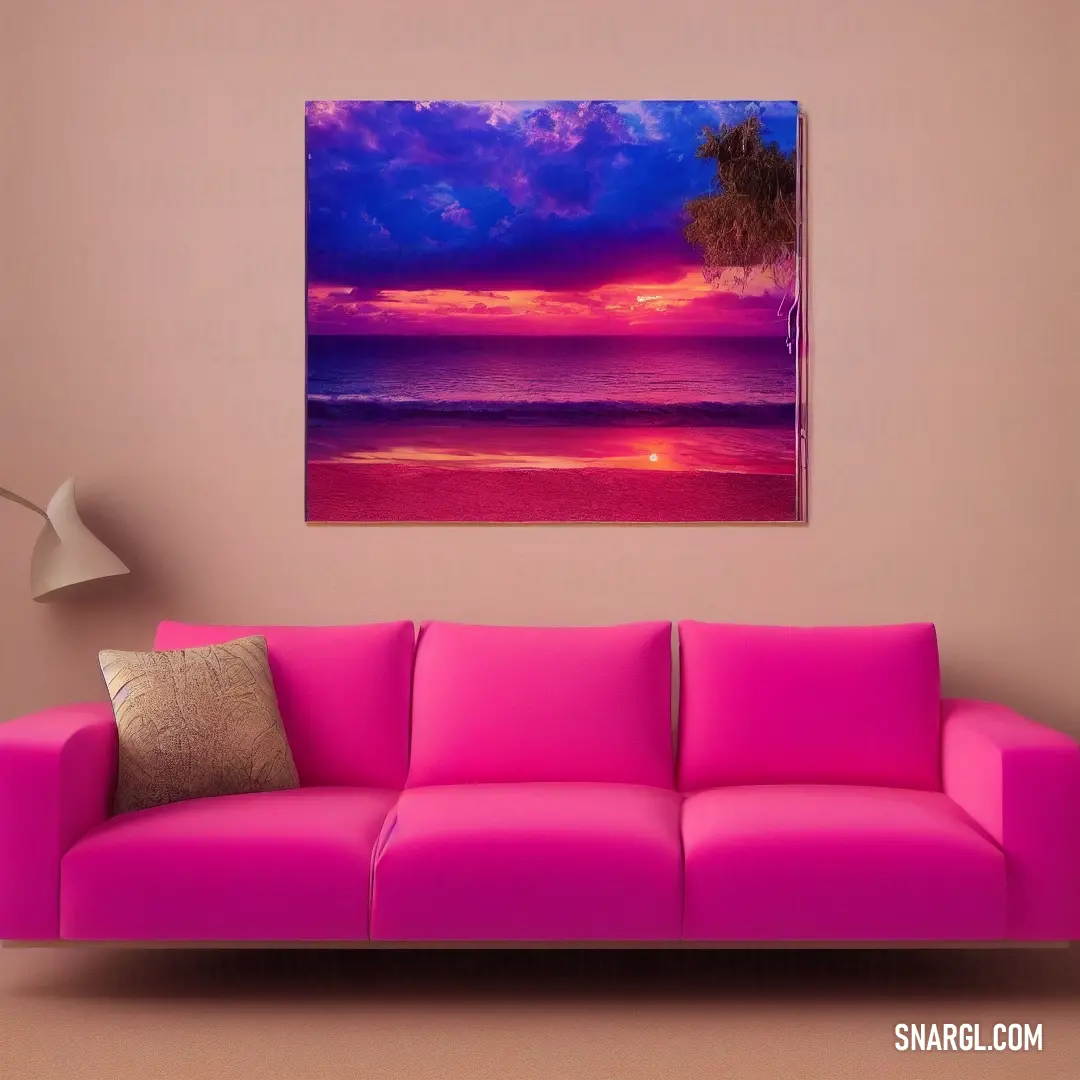
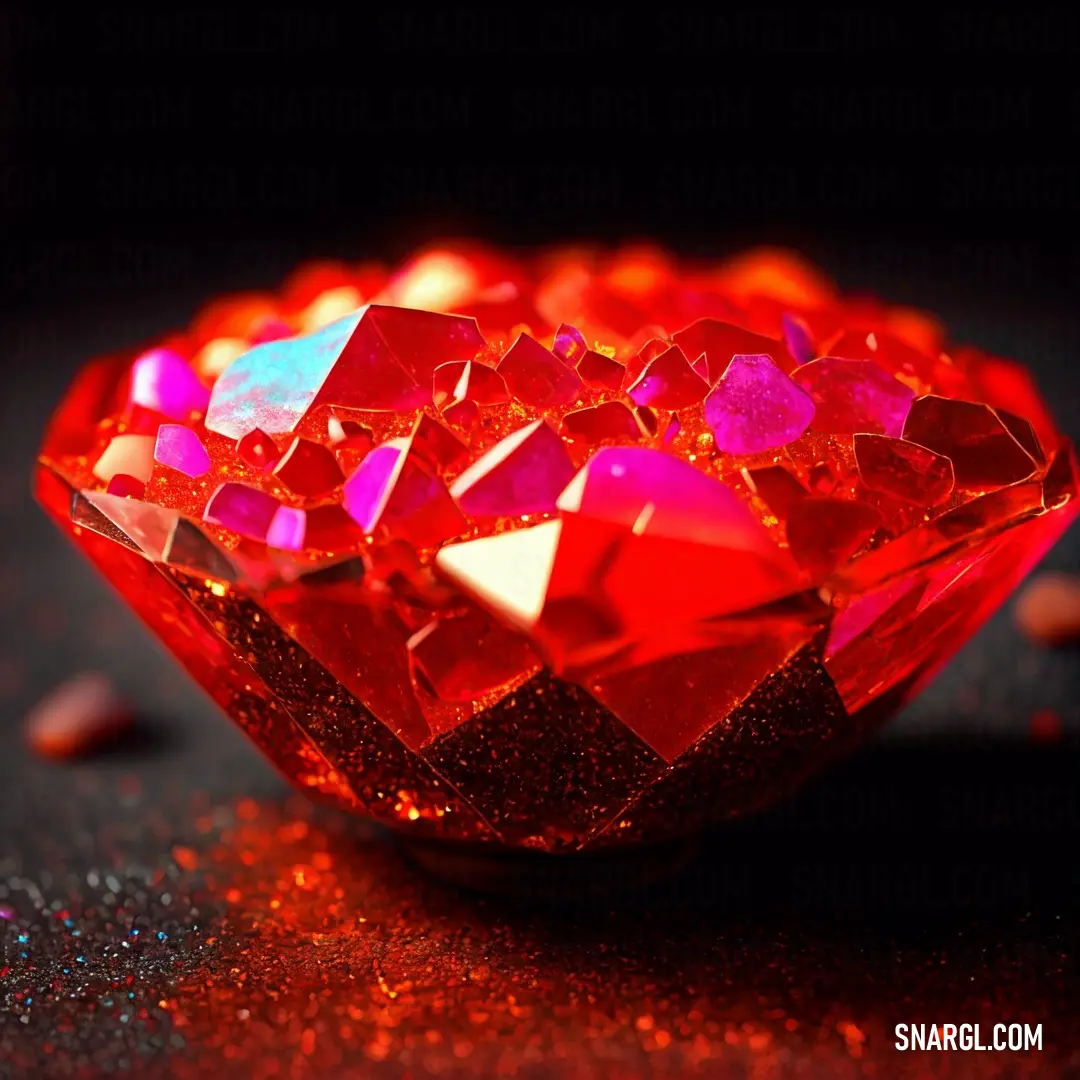
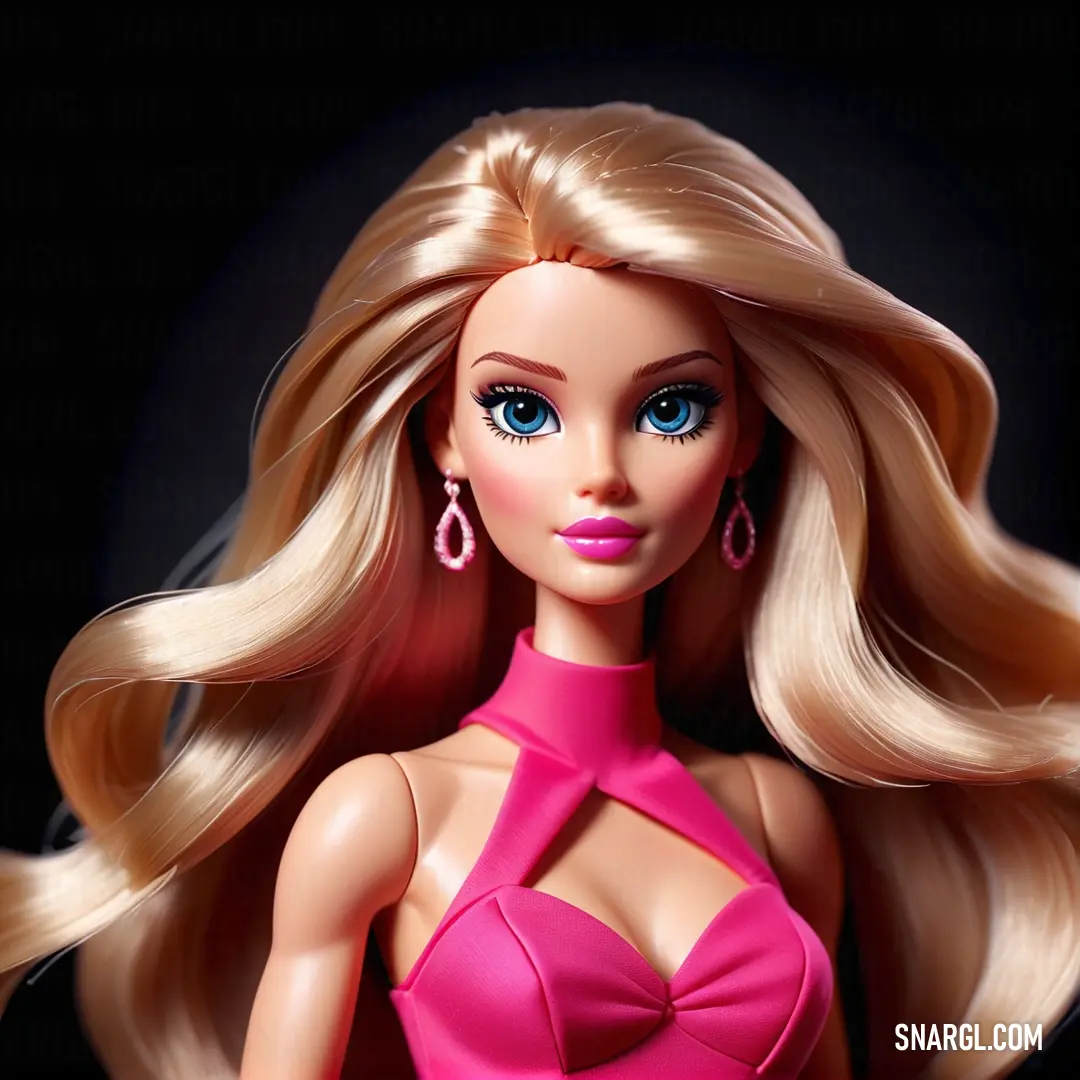
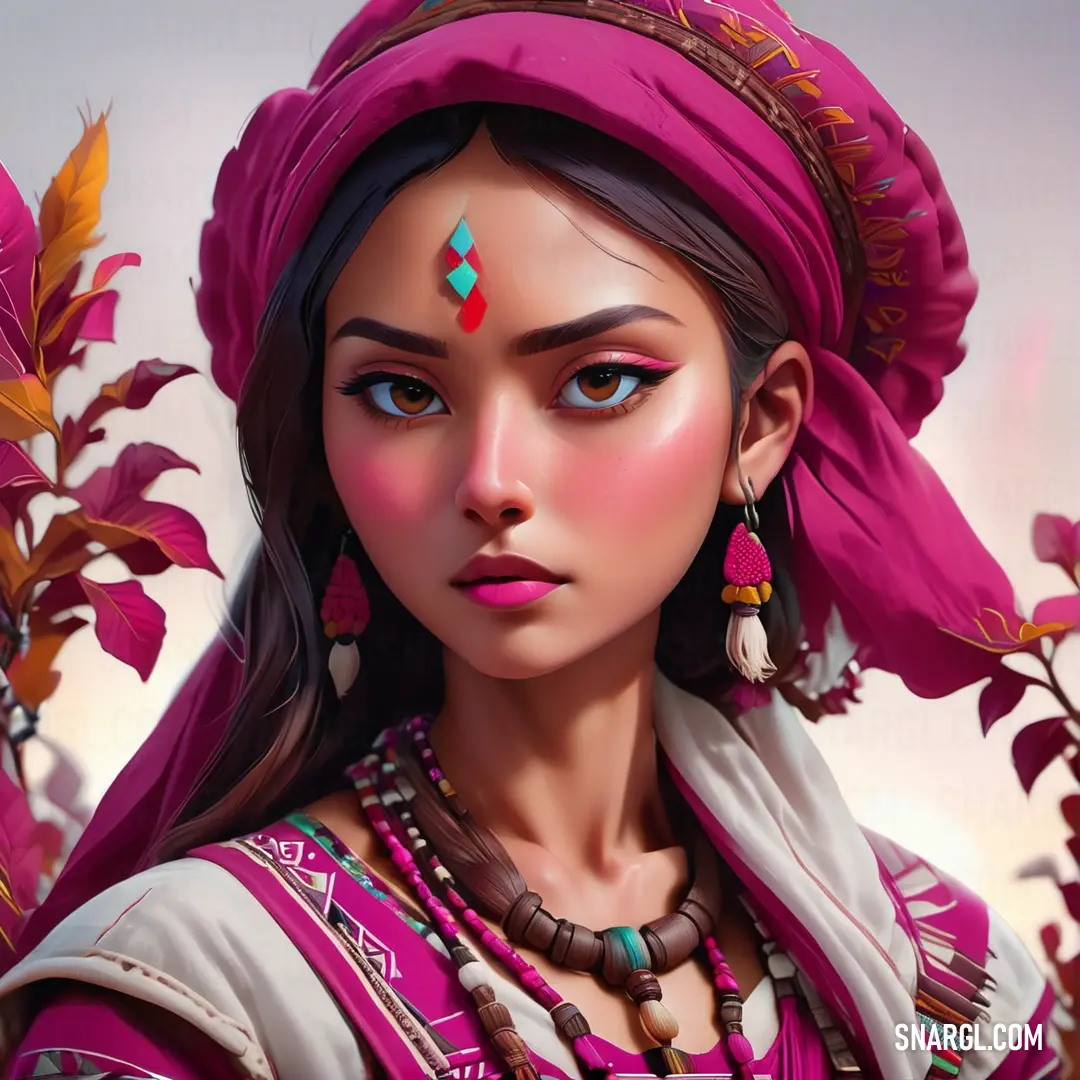

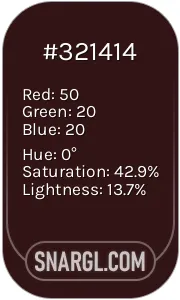 Seal brown
Seal brown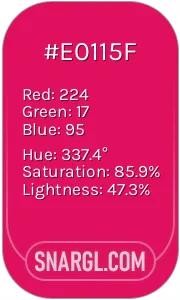 Ruby
Ruby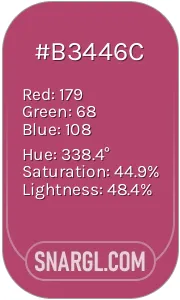 Raspberry rose
Raspberry rose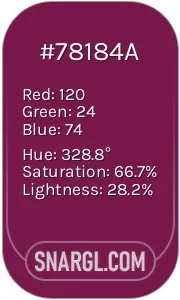 Pansy purple
Pansy purple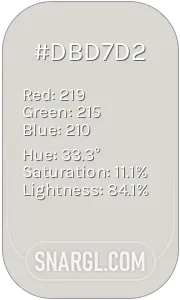 Timberwolf
Timberwolf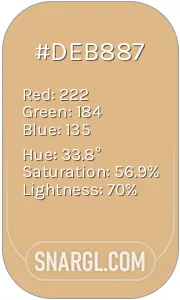 Burlywood
Burlywood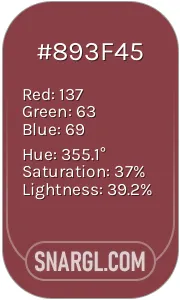 Cordovan
Cordovan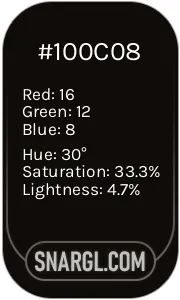 Smoky black
Smoky black Neon fuchsia
Neon fuchsia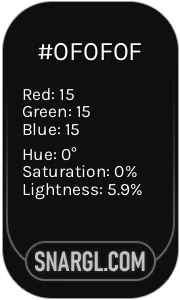 Onyx
Onyx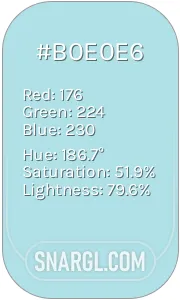 Powder blue
Powder blue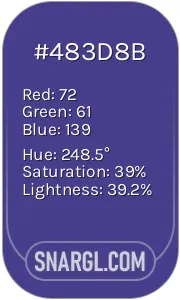 Dark slate blue
Dark slate blue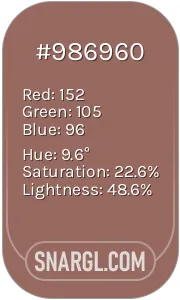 Dark chestnut
Dark chestnut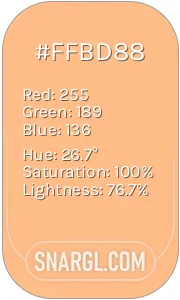 Macaroni and Cheese
Macaroni and Cheese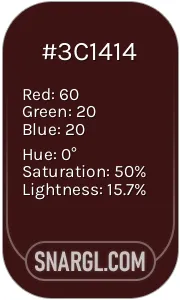 Dark sienna
Dark sienna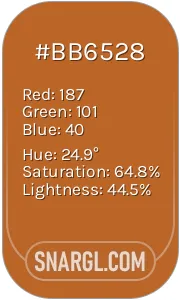 Ruddy brown
Ruddy brown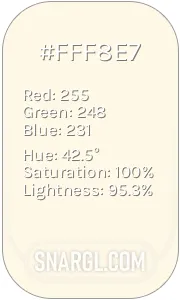 Cosmic latte
Cosmic latte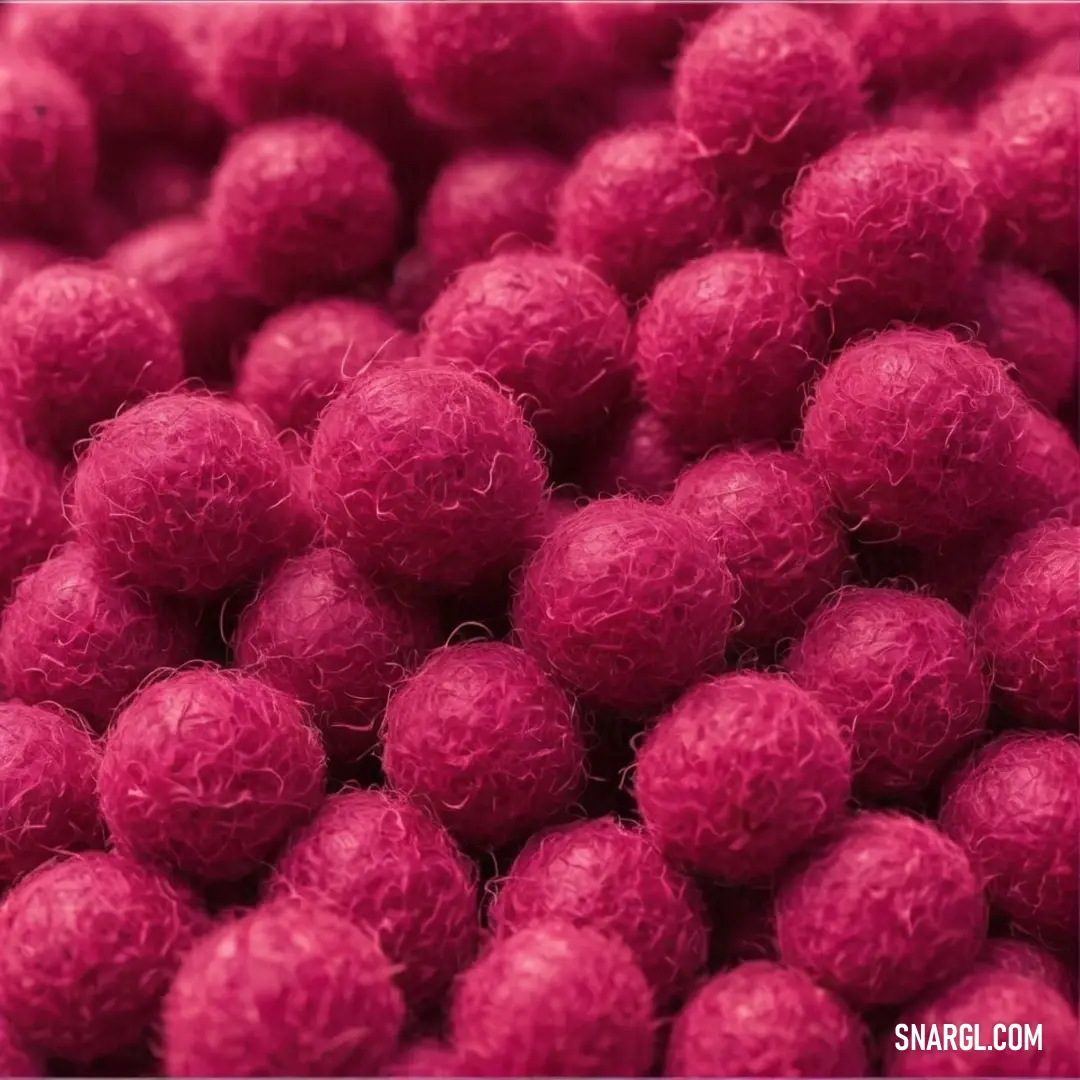
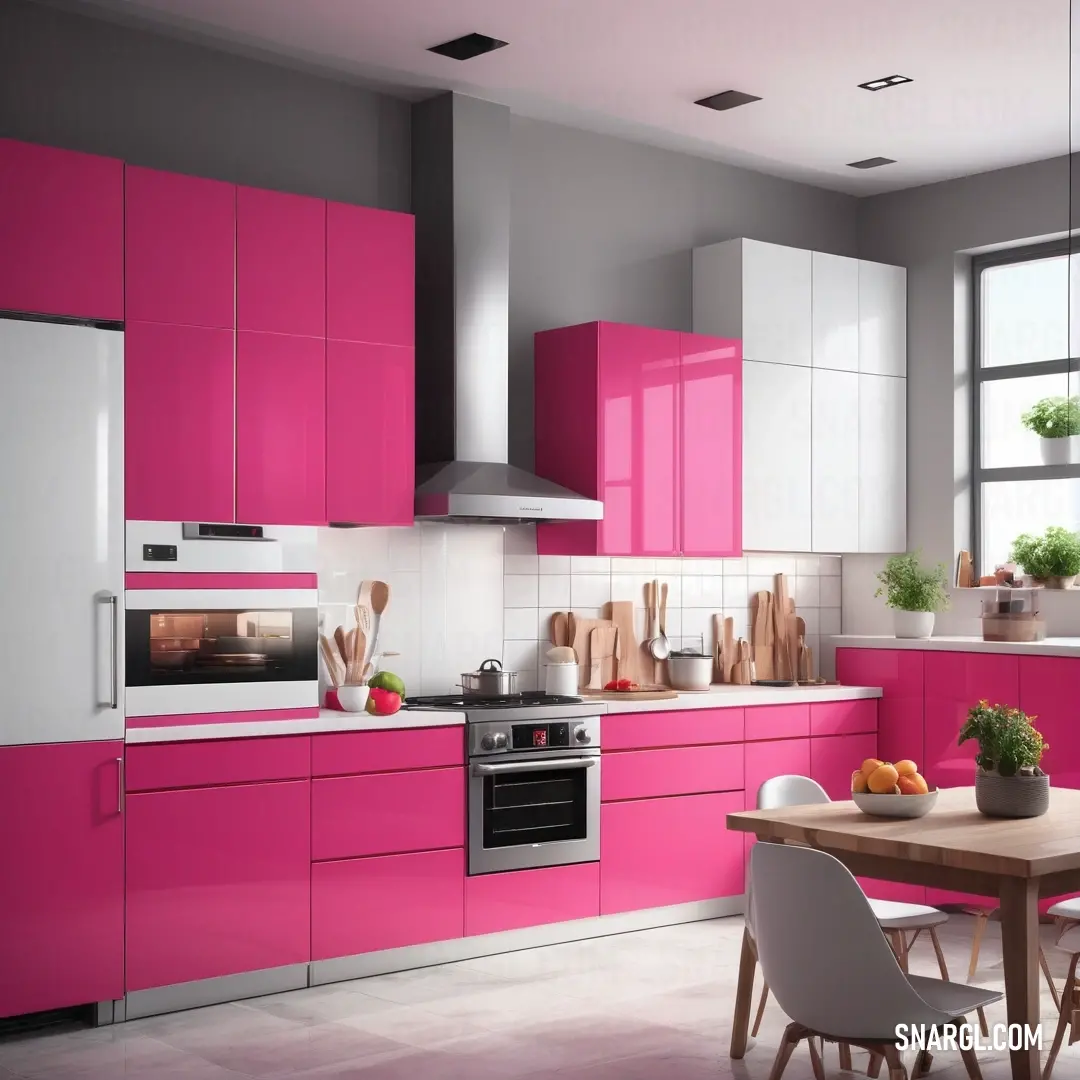
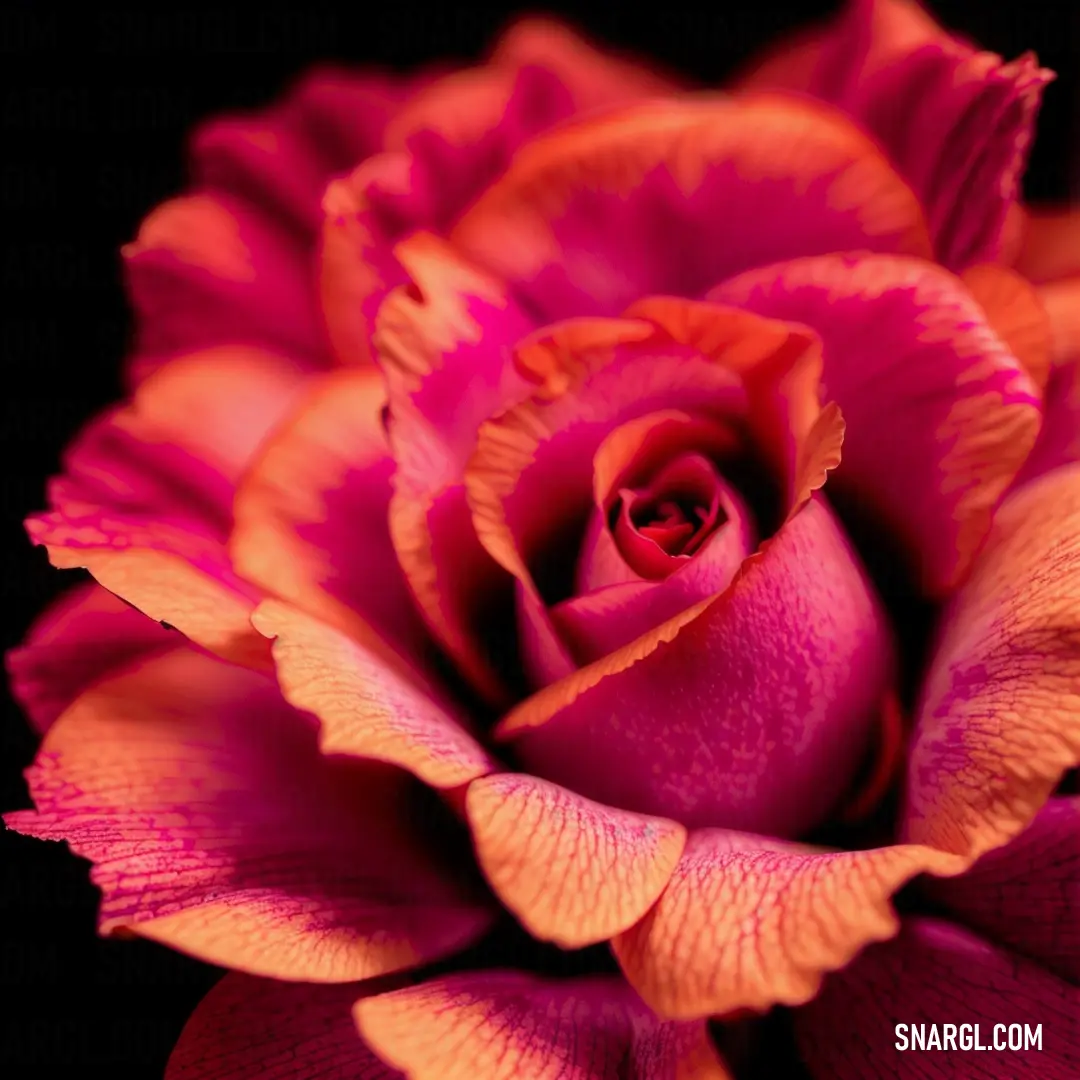
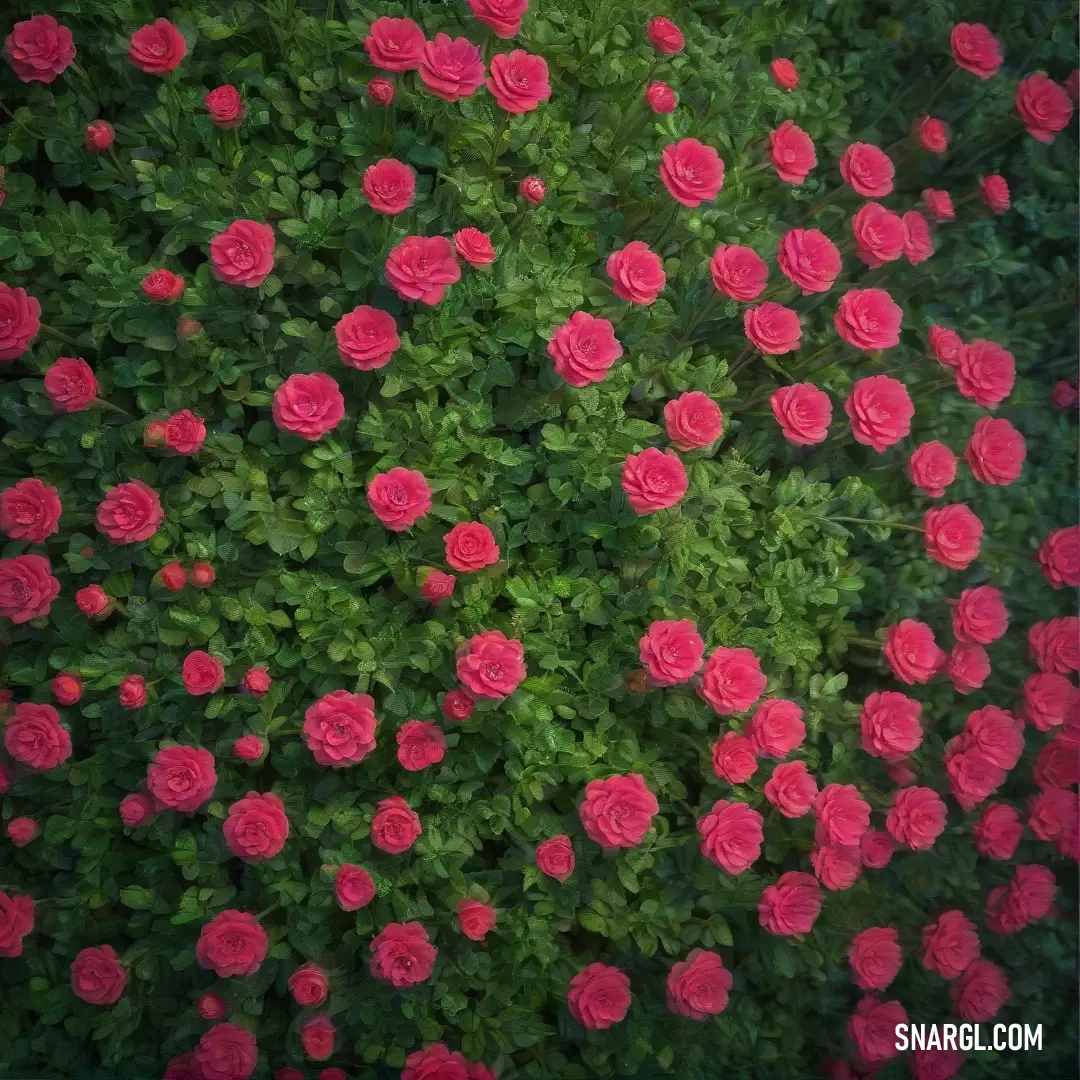
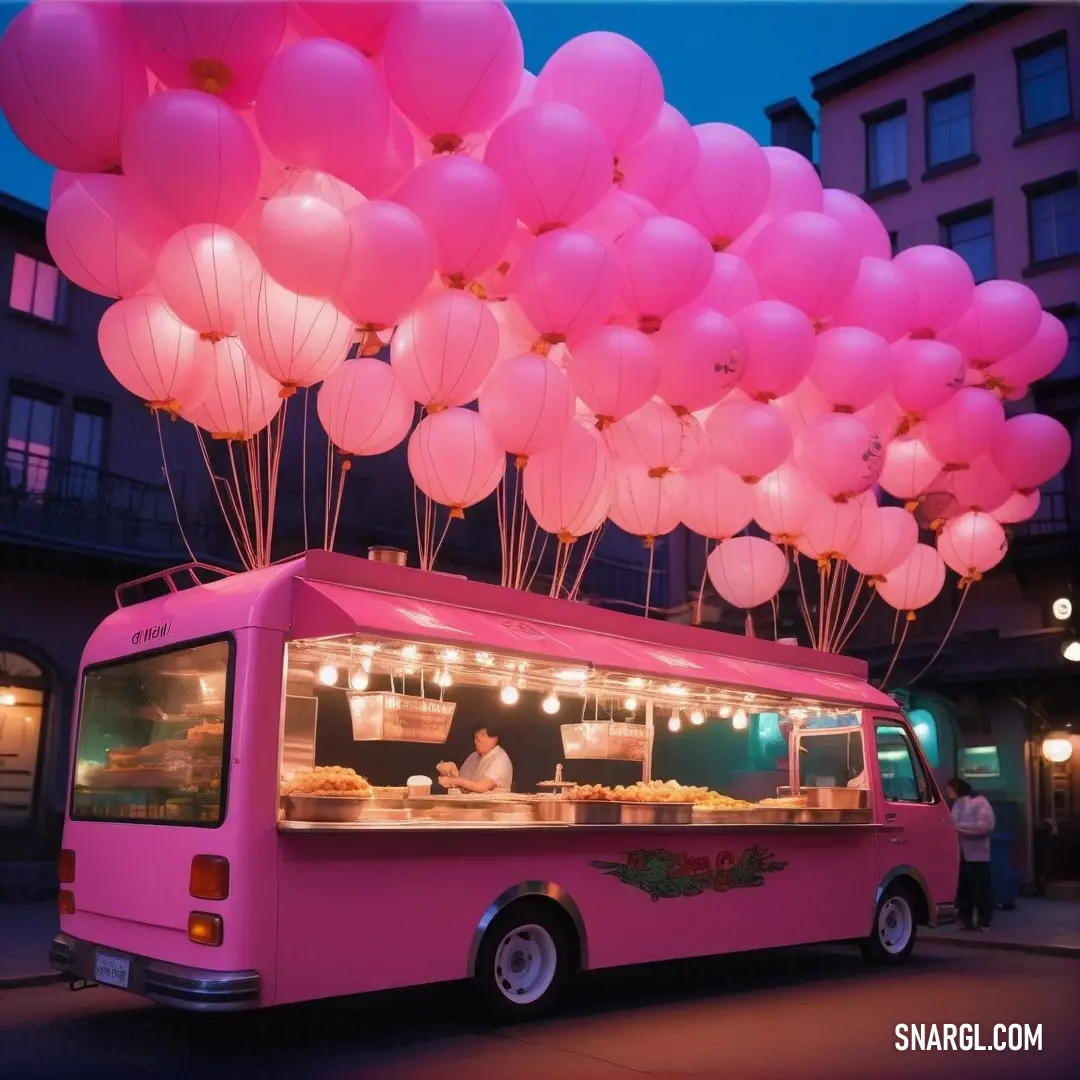
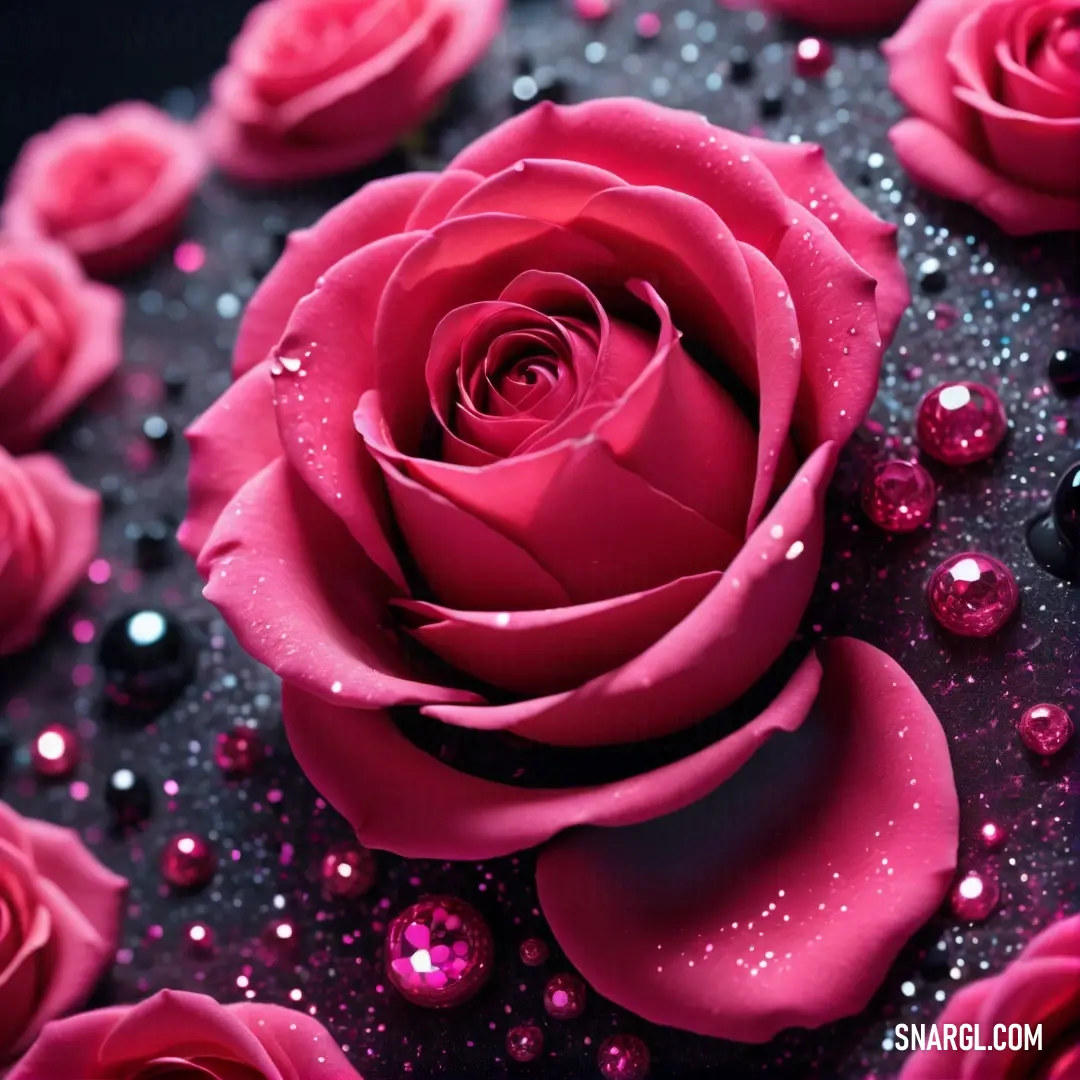
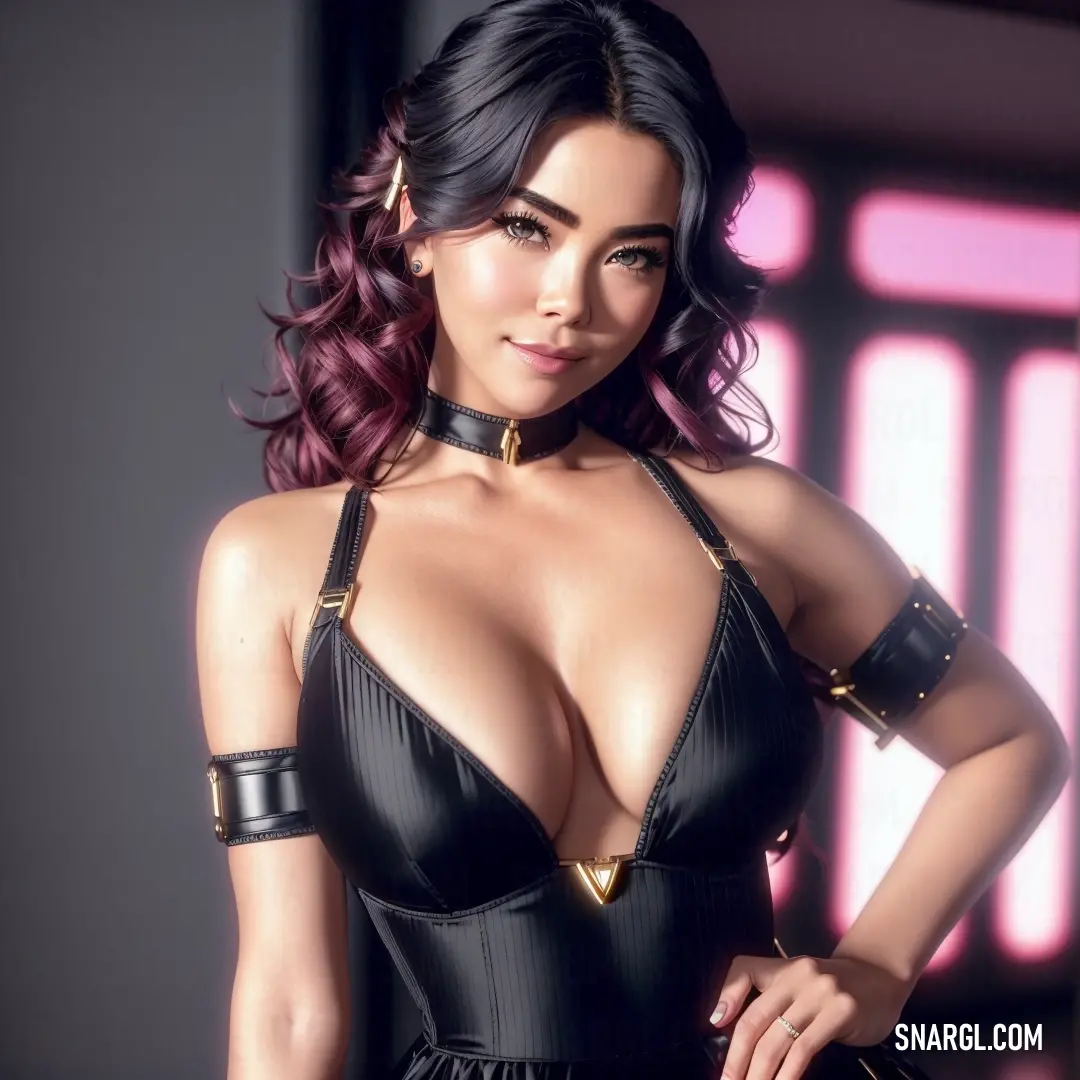
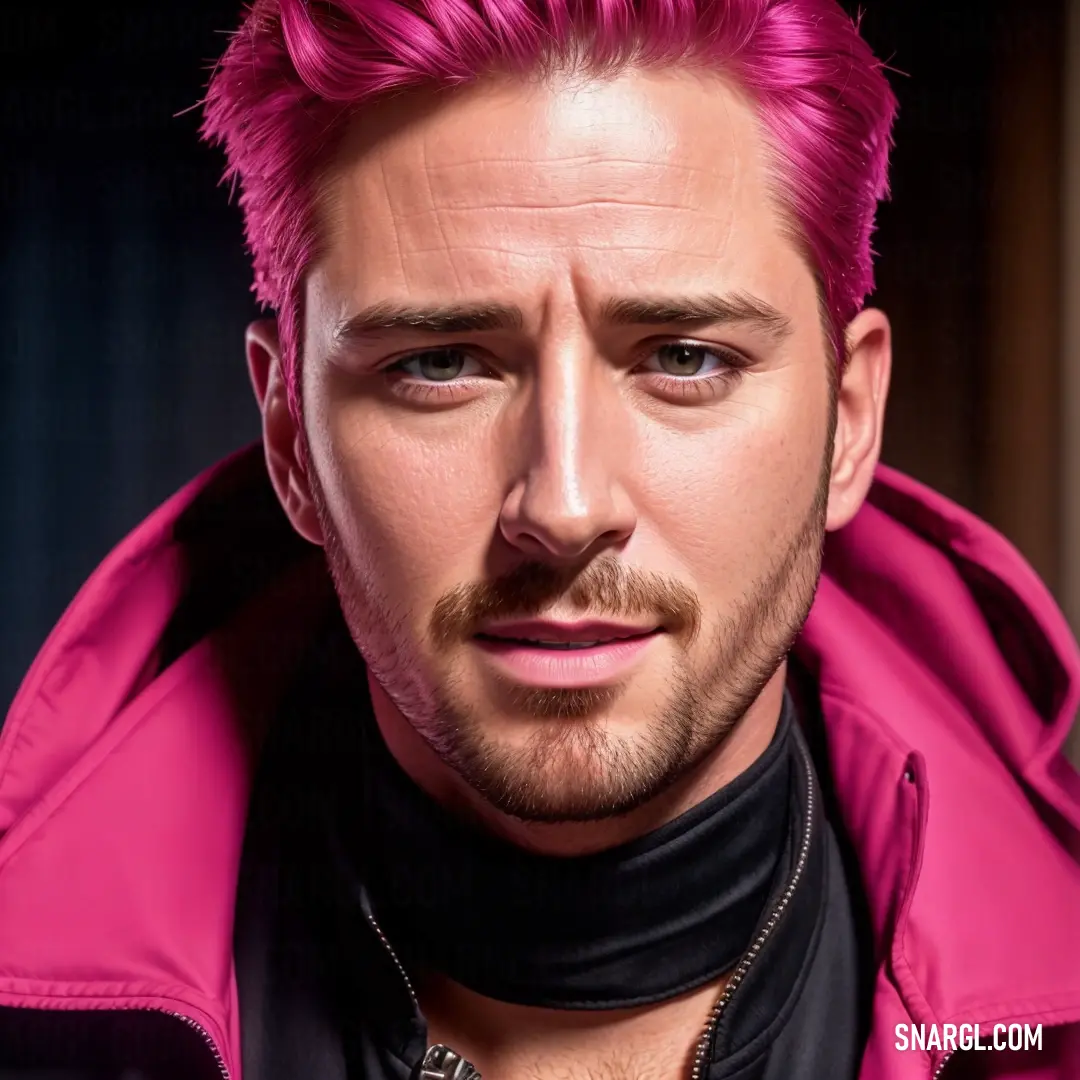
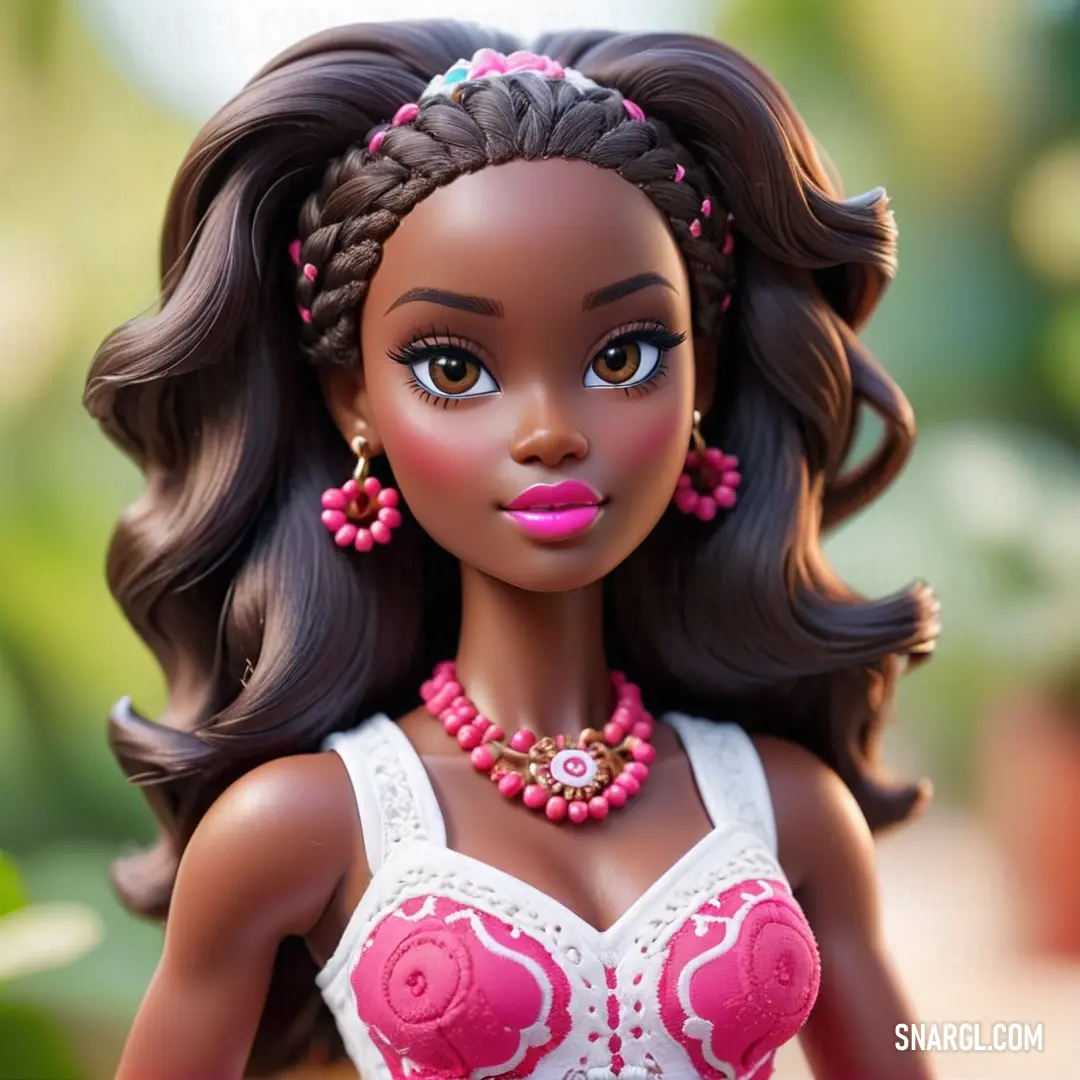
 Atomic tangerine
Atomic tangerine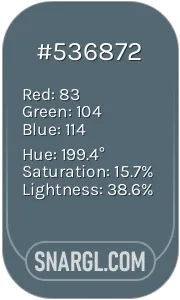 Cadet
Cadet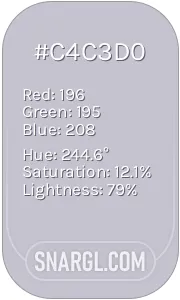 Lavender gray
Lavender gray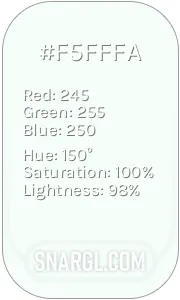 Mint cream
Mint cream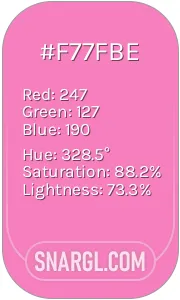 Persian pink
Persian pink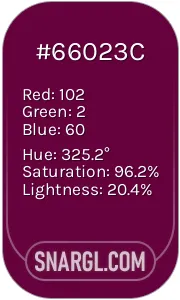 Tyrian purple
Tyrian purple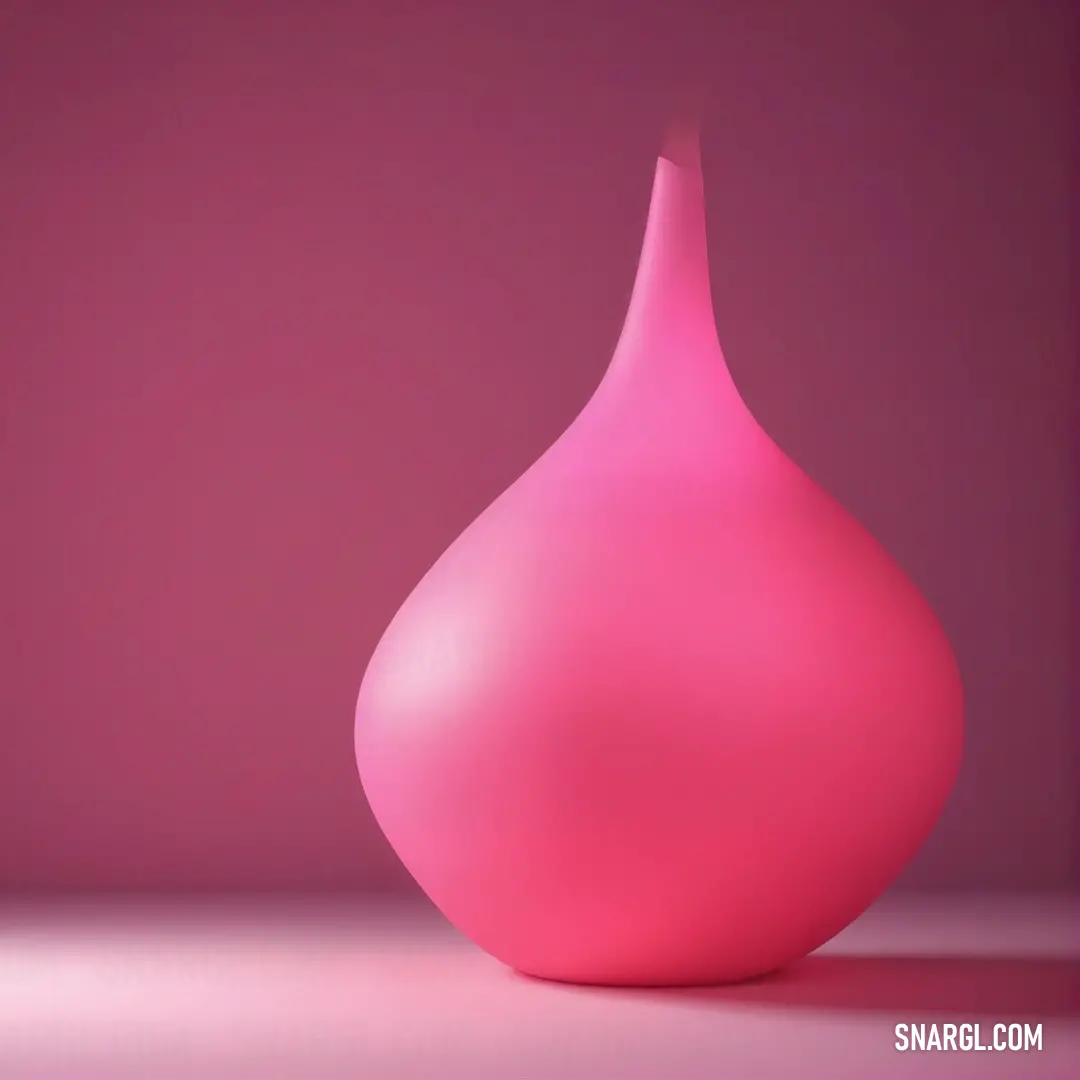


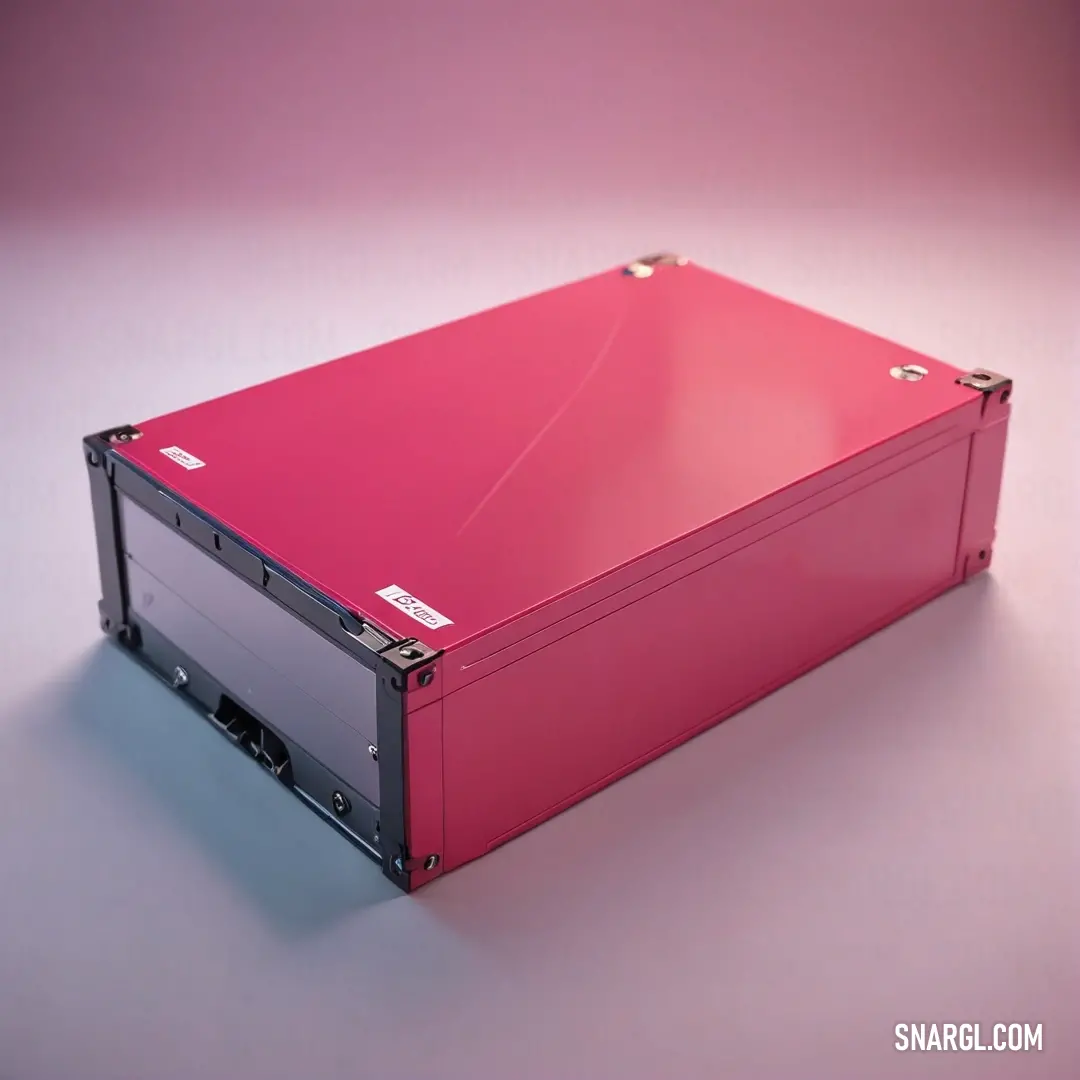
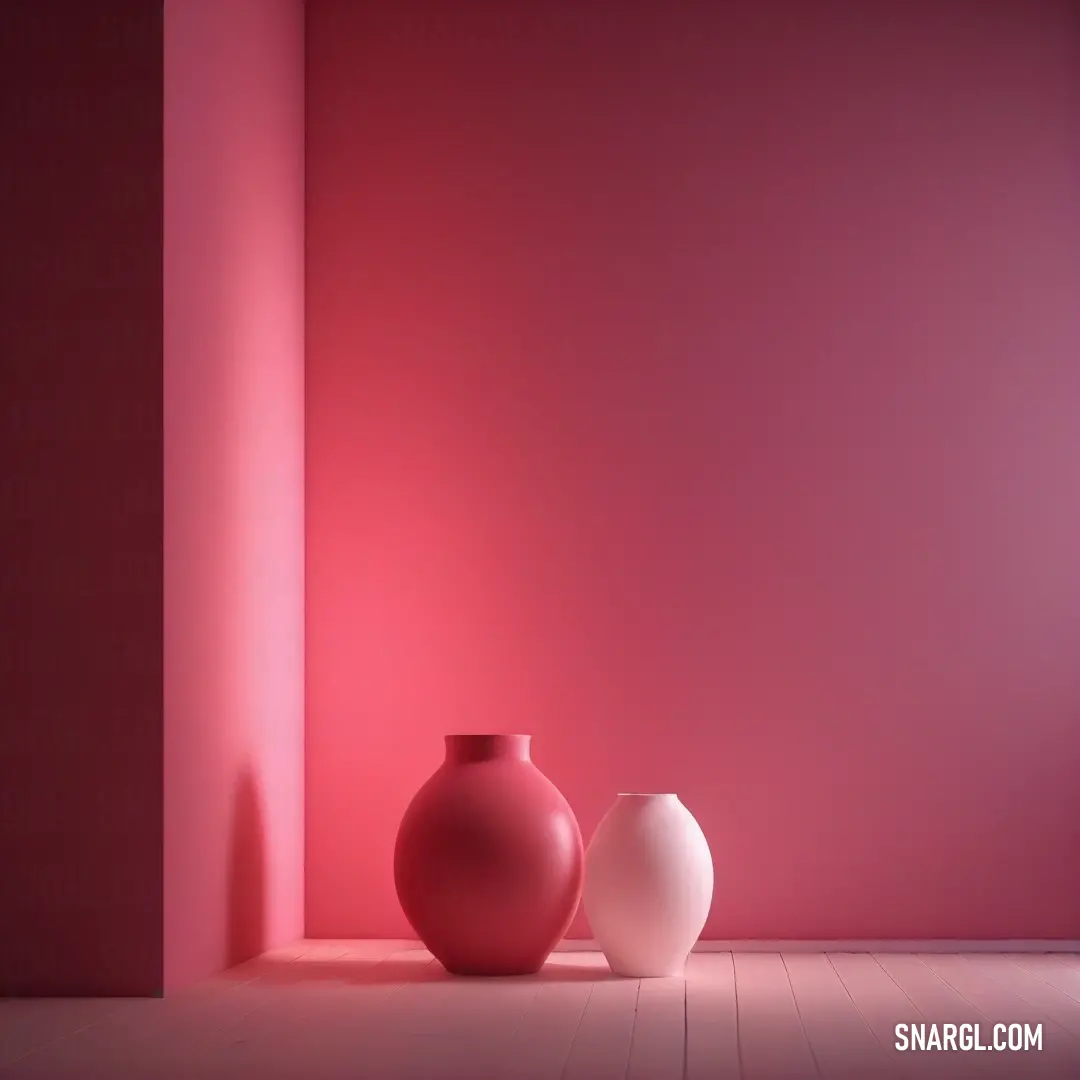

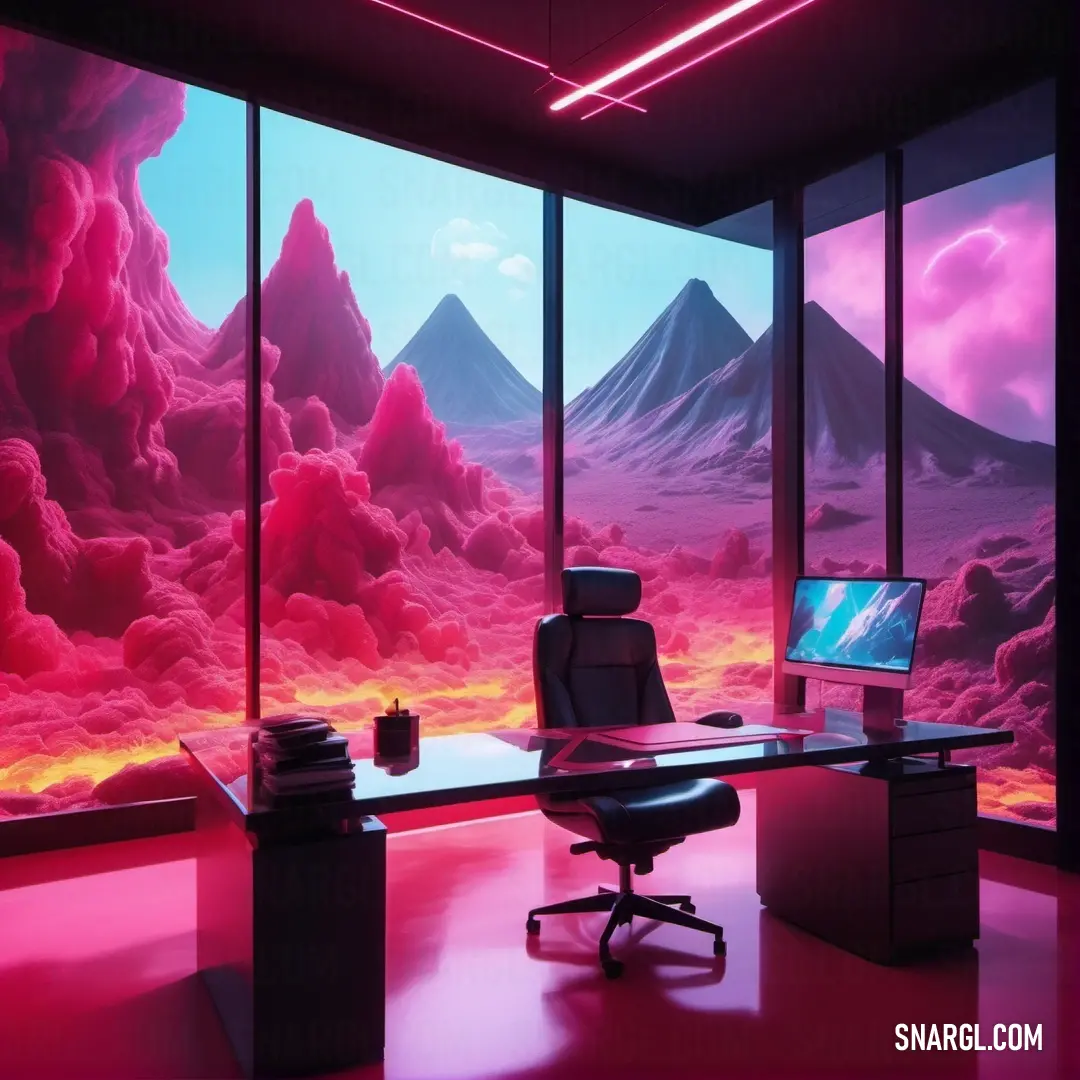
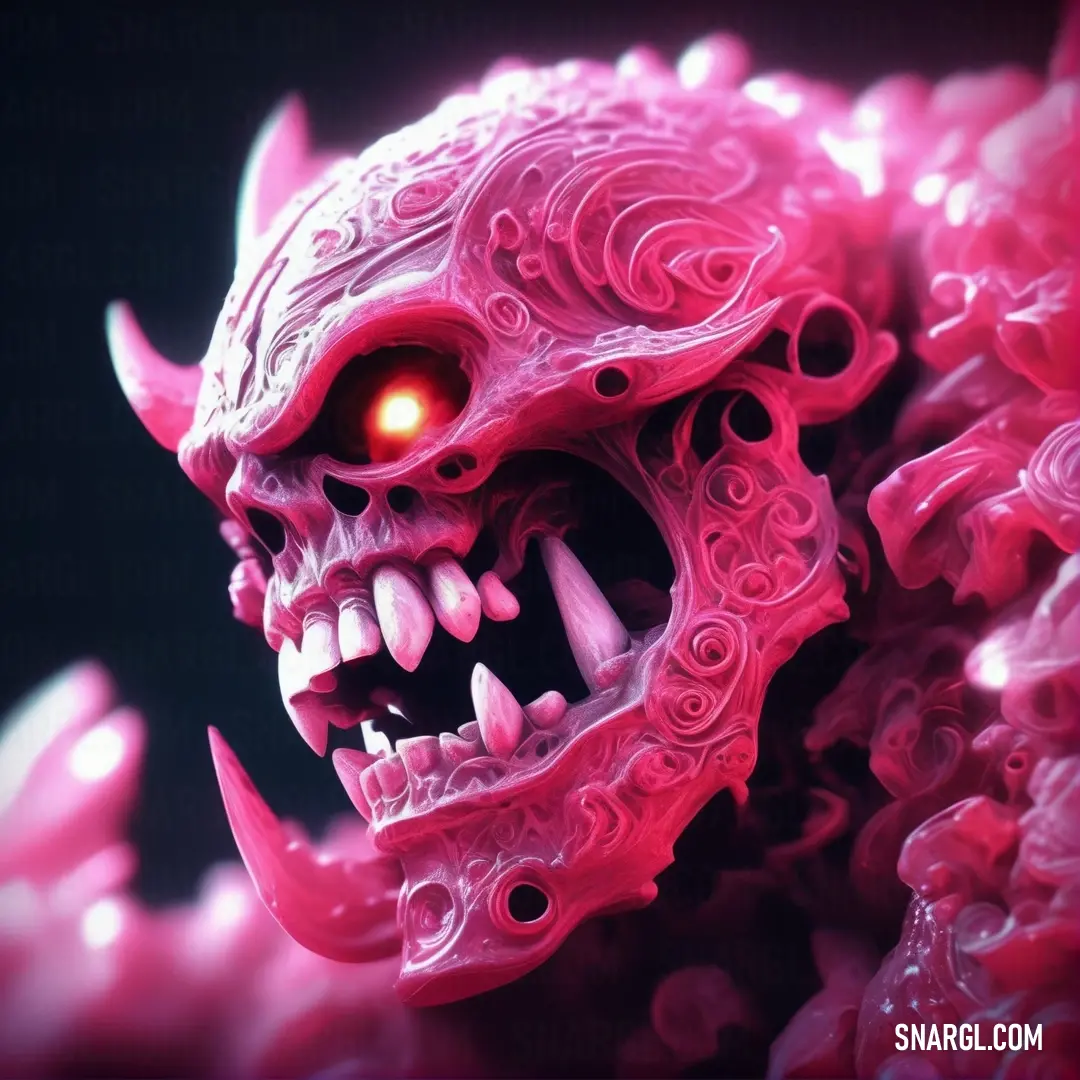
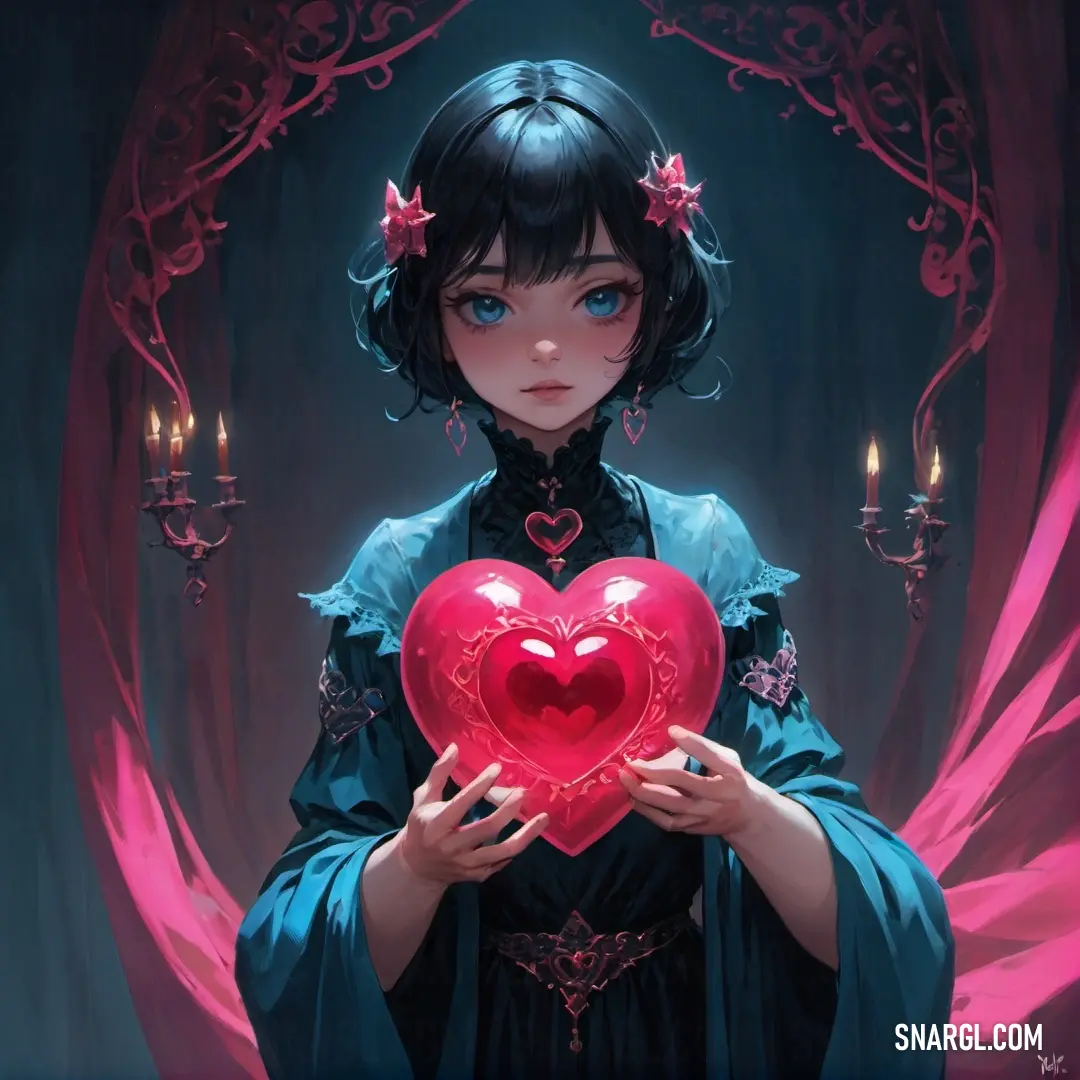
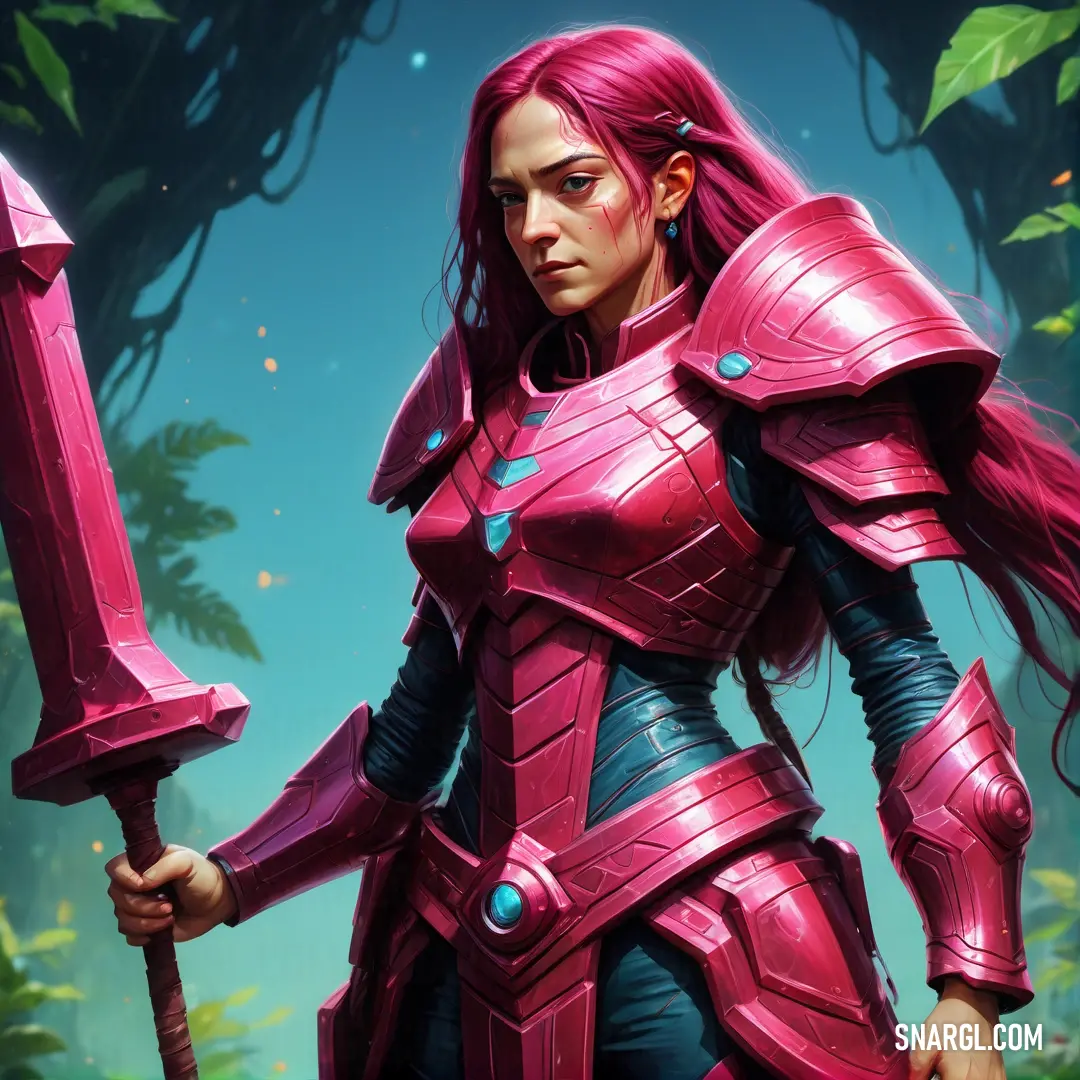
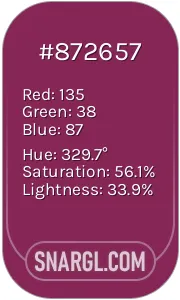 Dark raspberry
Dark raspberry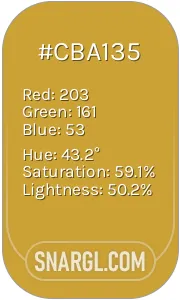 Satin sheen gold
Satin sheen gold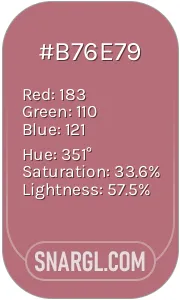 Rose gold
Rose gold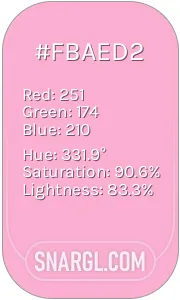 Lavender pink
Lavender pink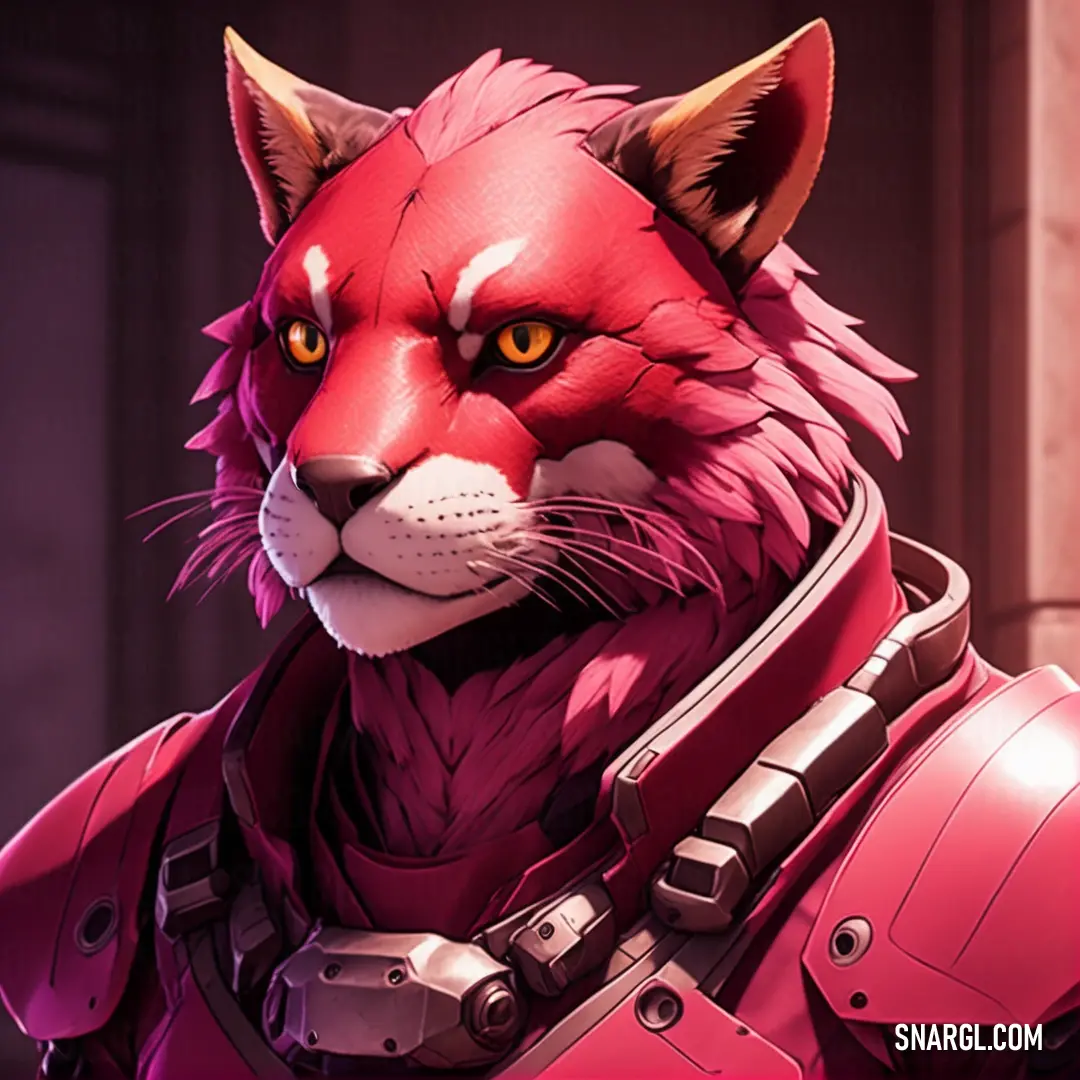
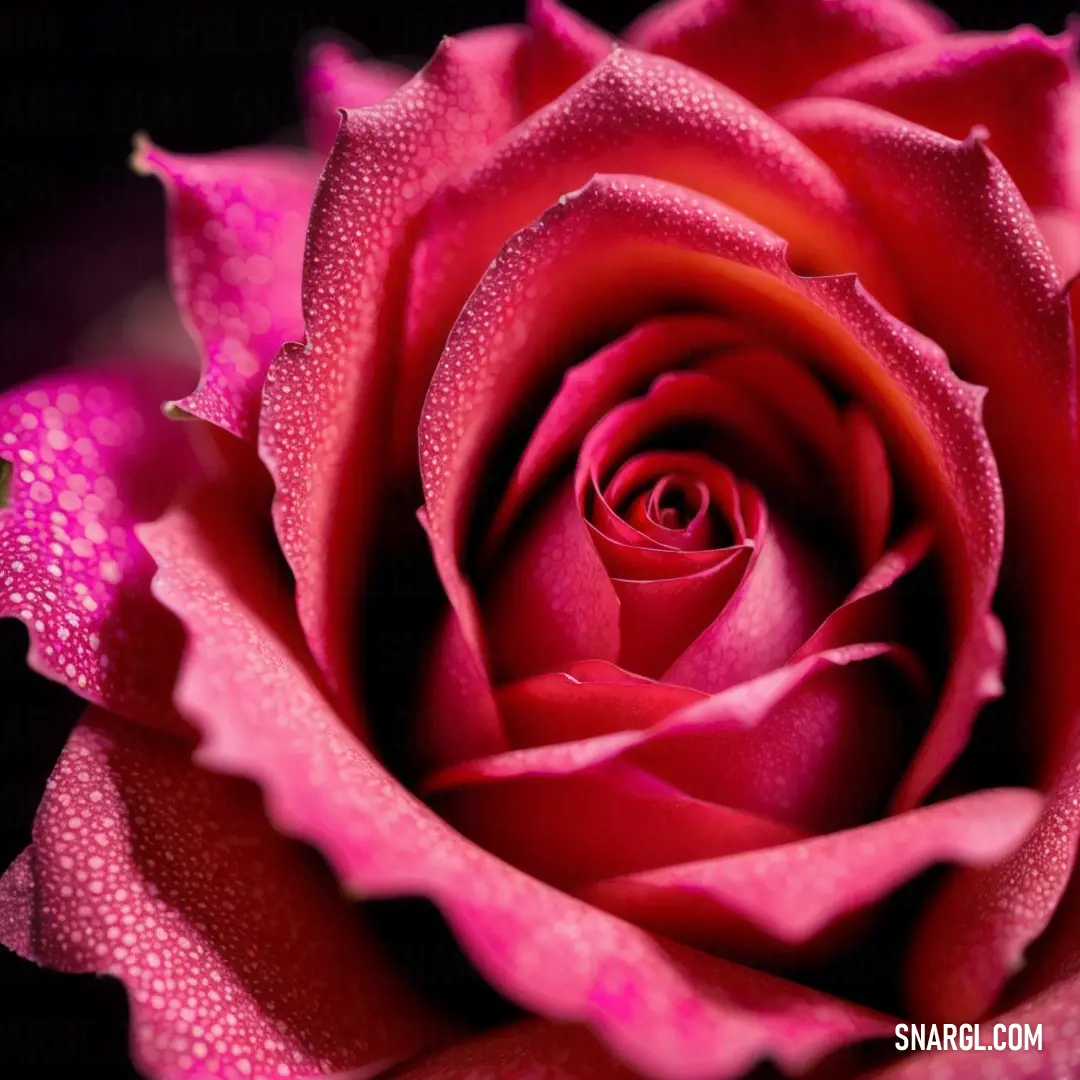
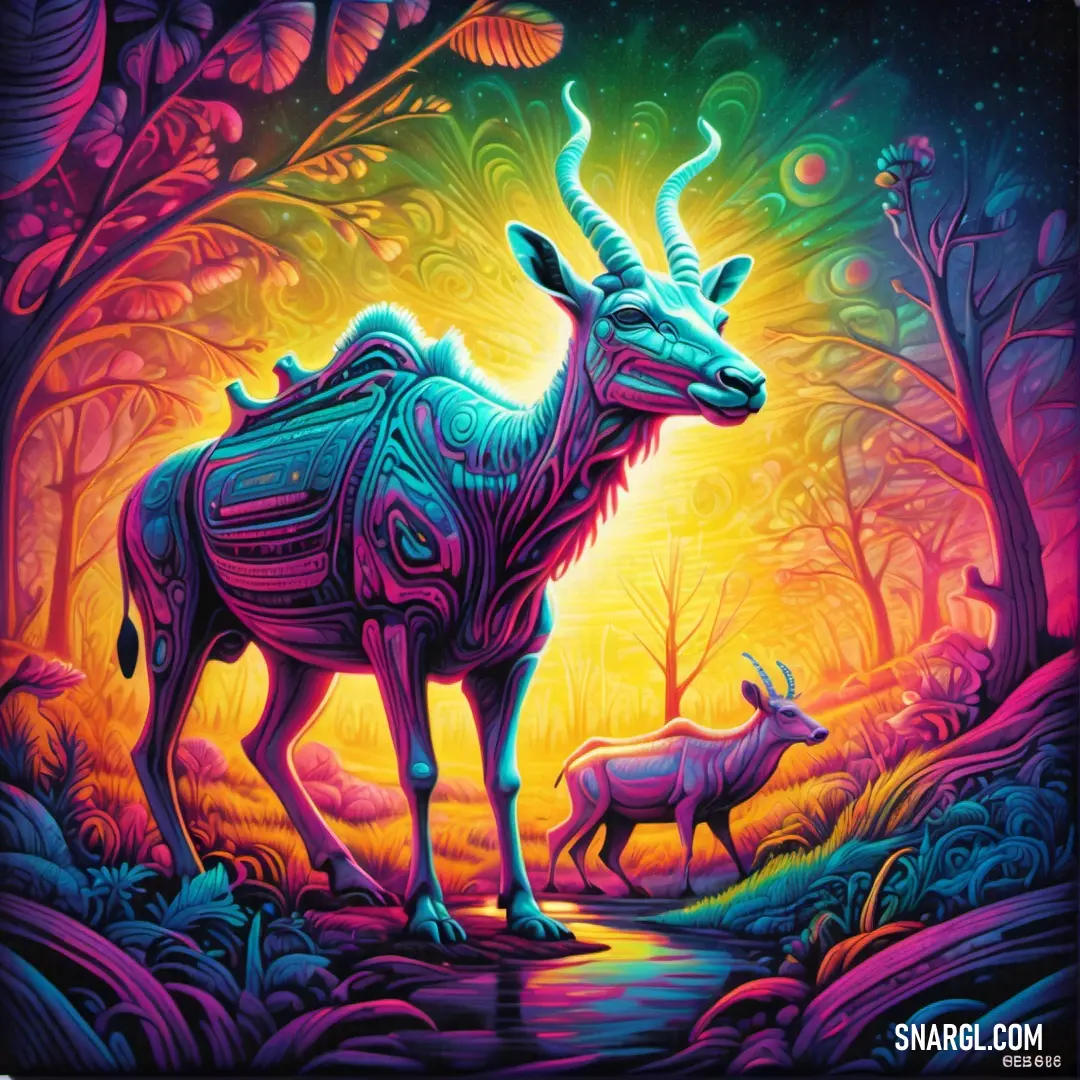
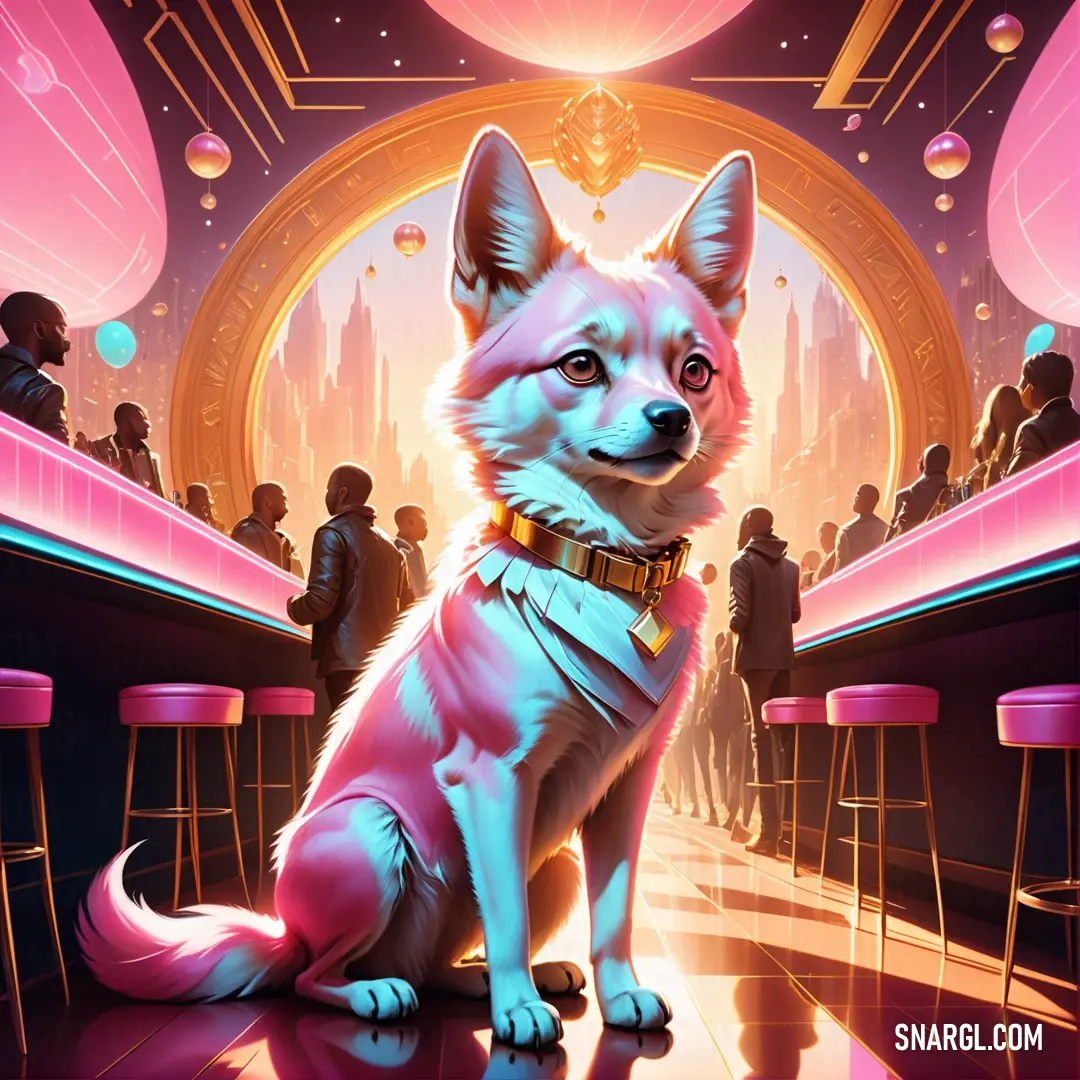
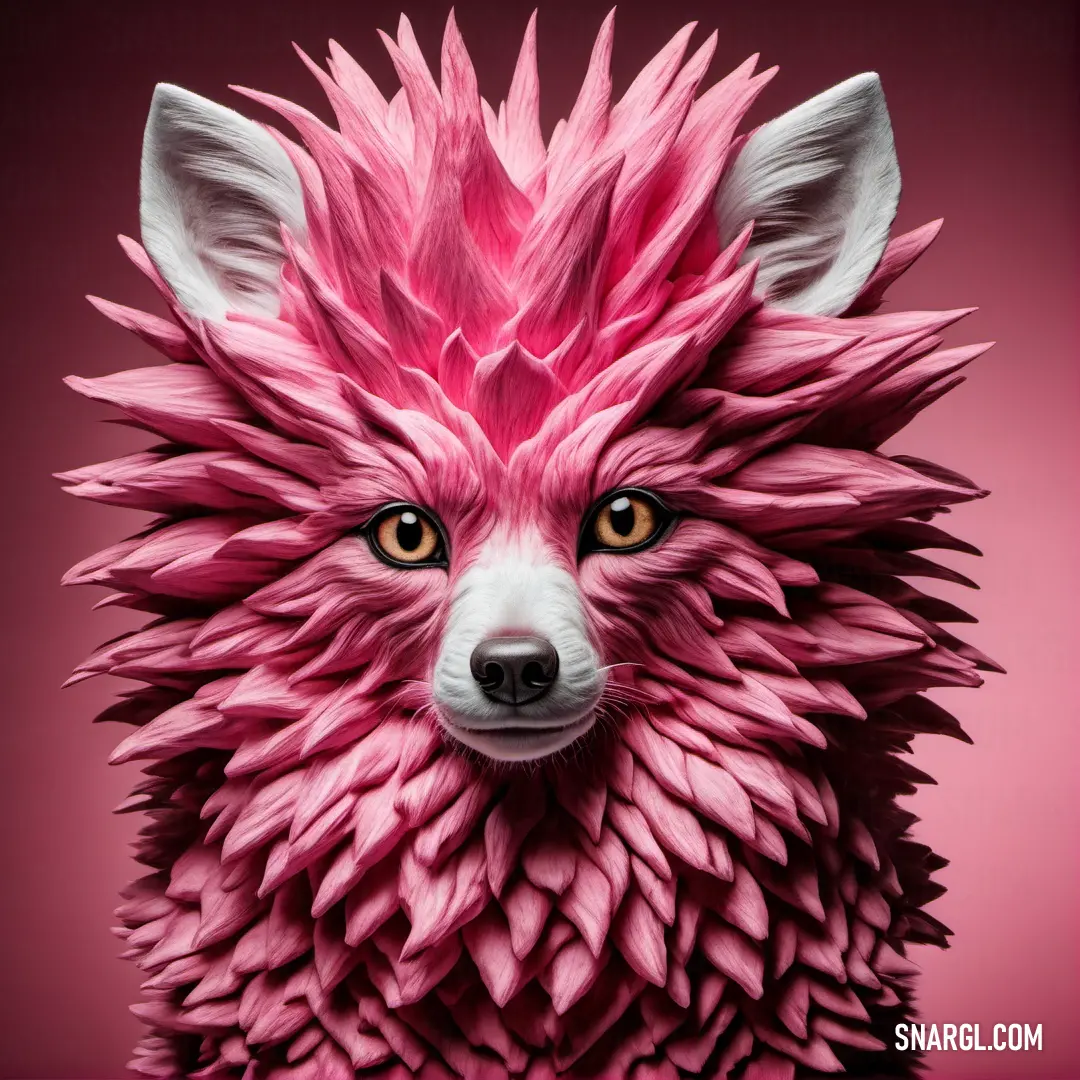
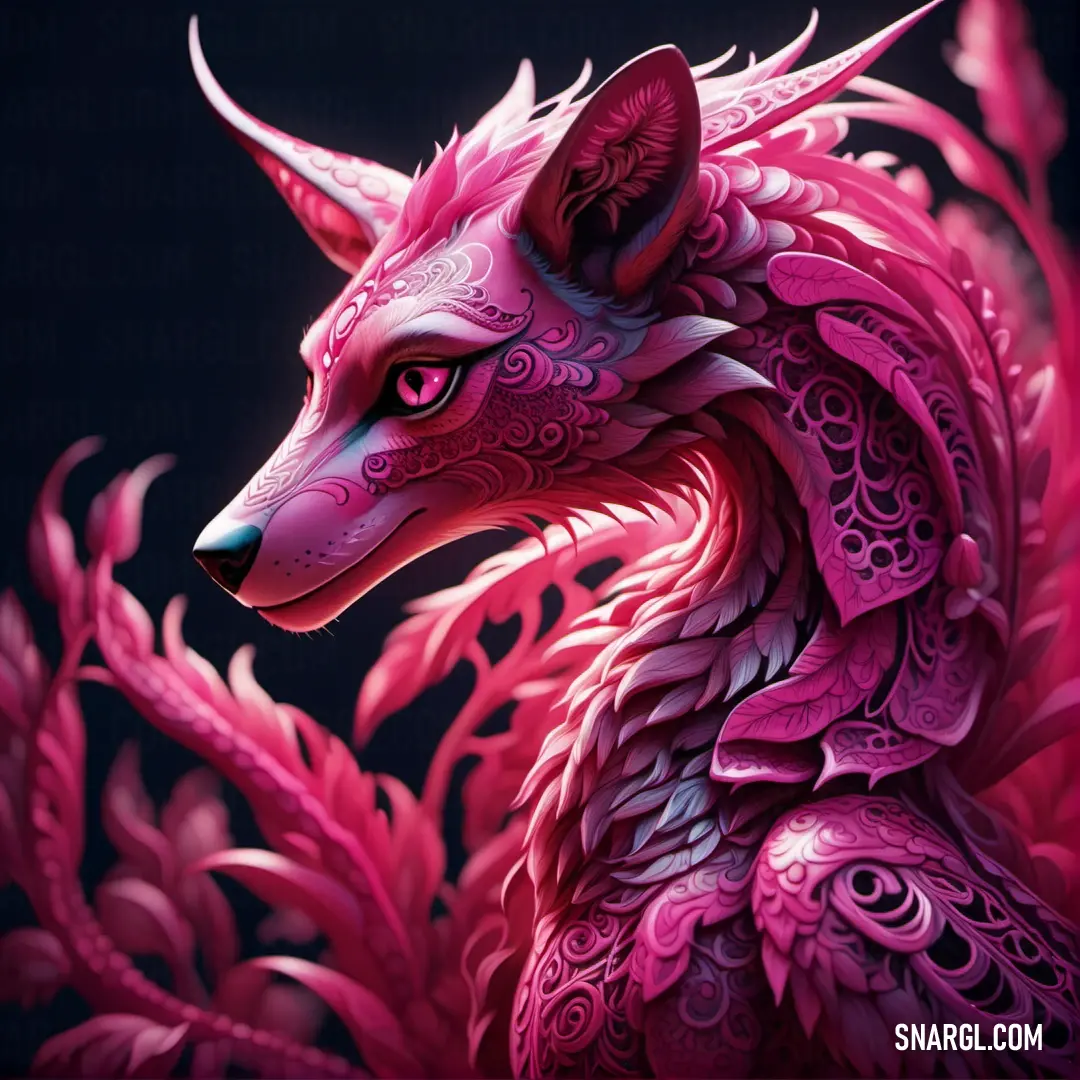
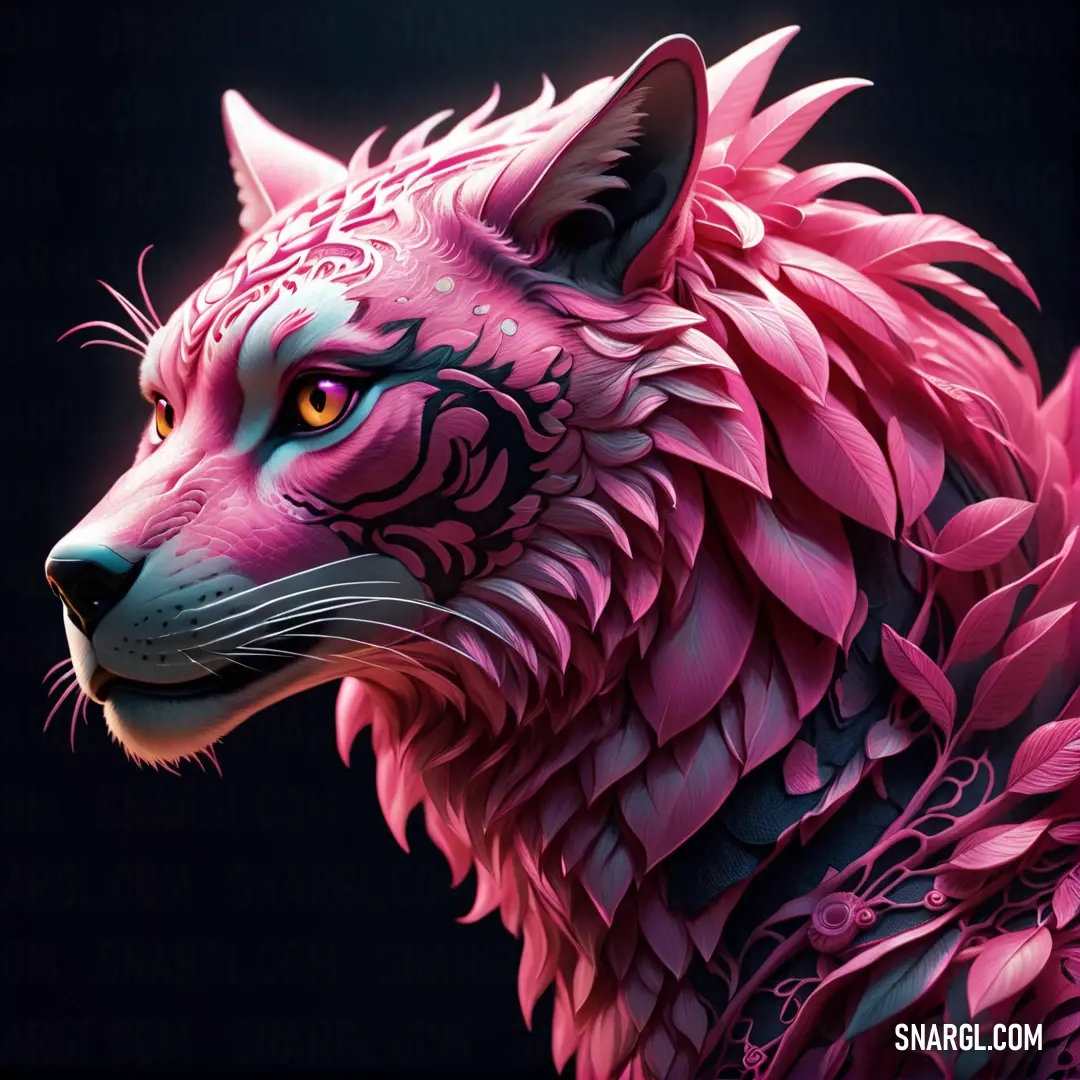
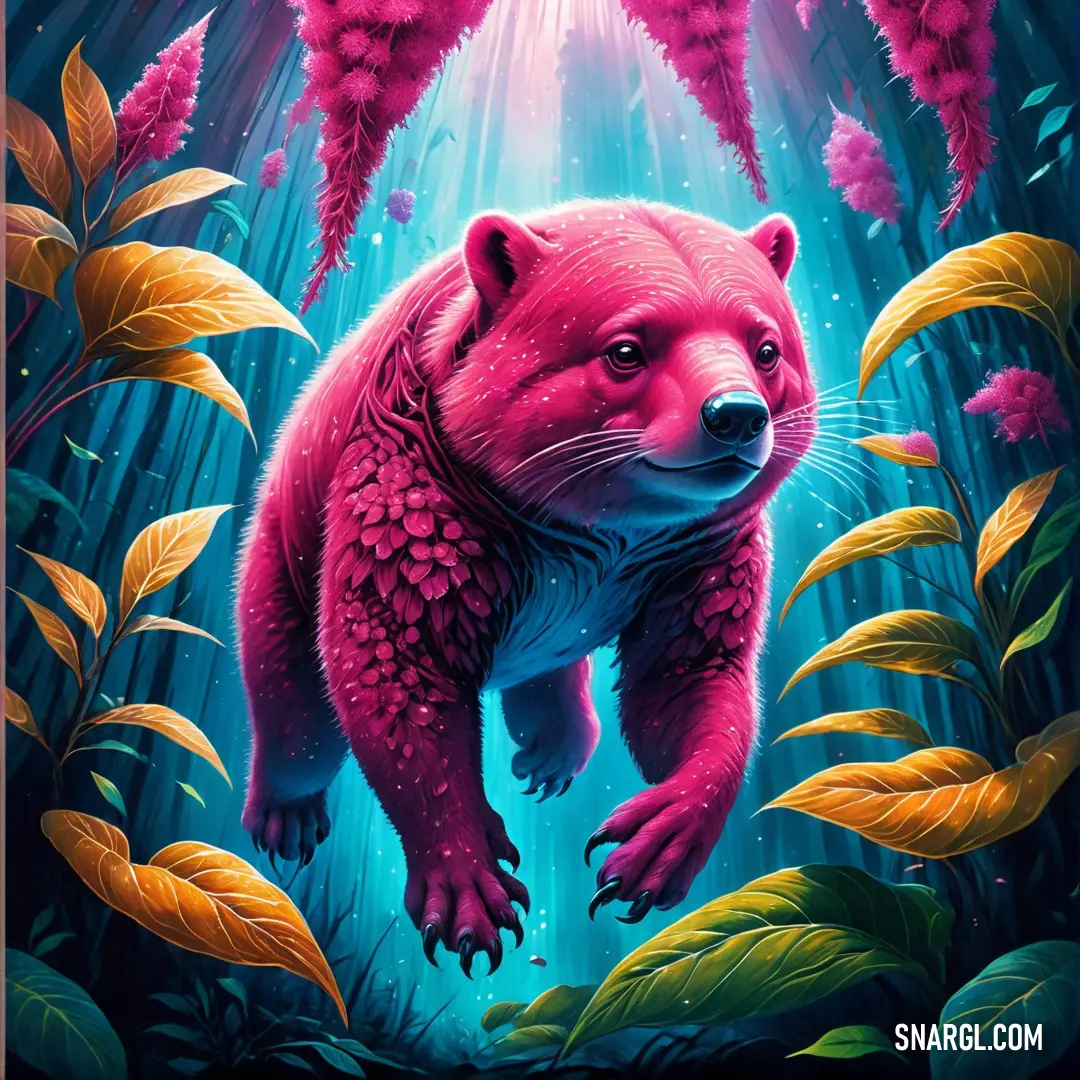
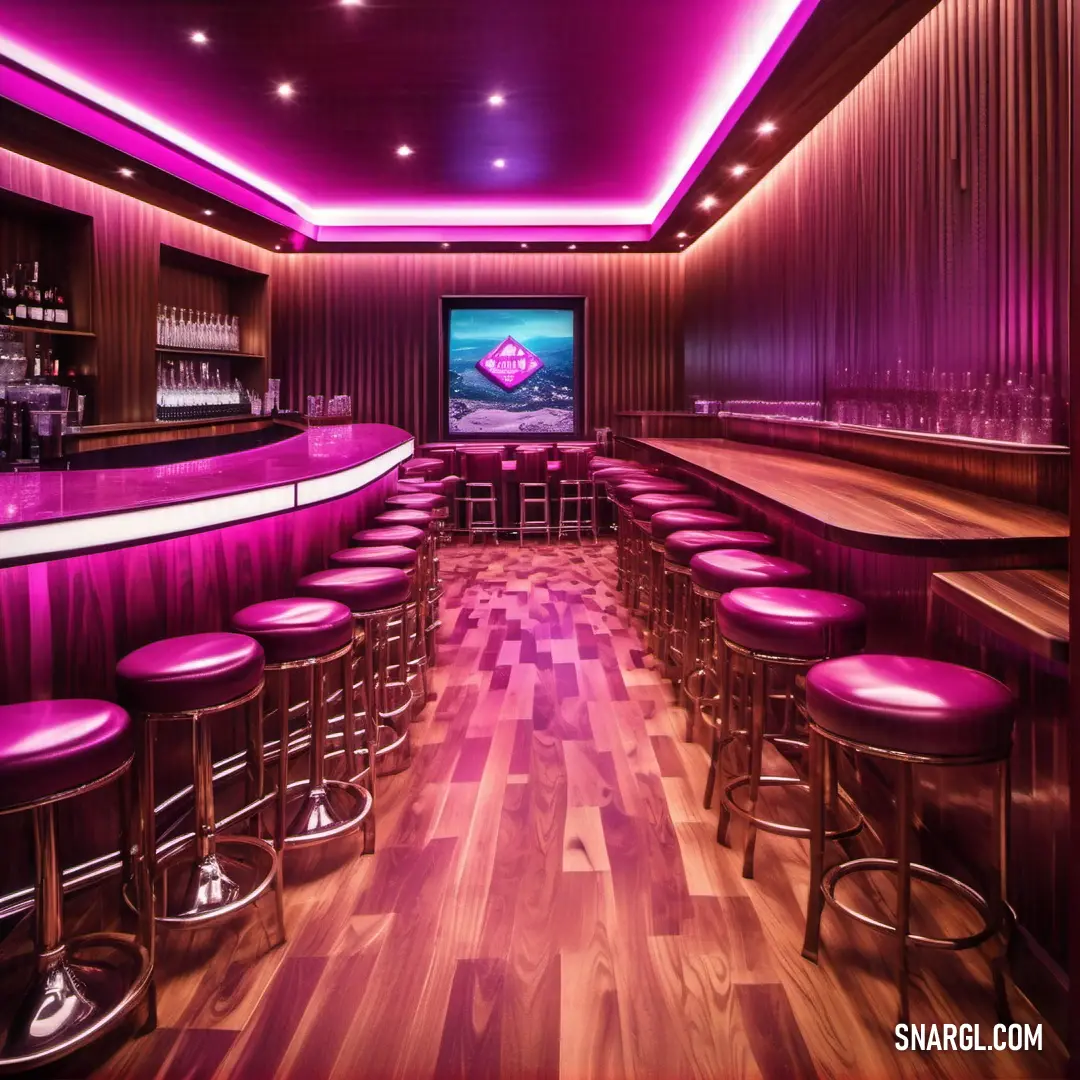
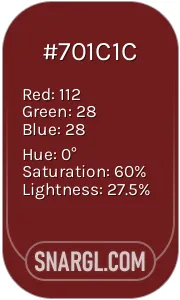 Persian plum
Persian plum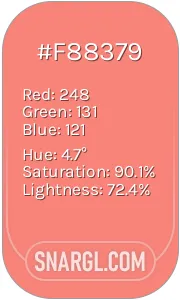 Coral pink
Coral pink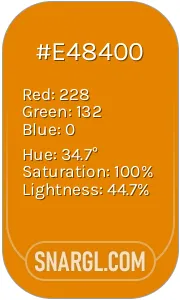 Fulvous
Fulvous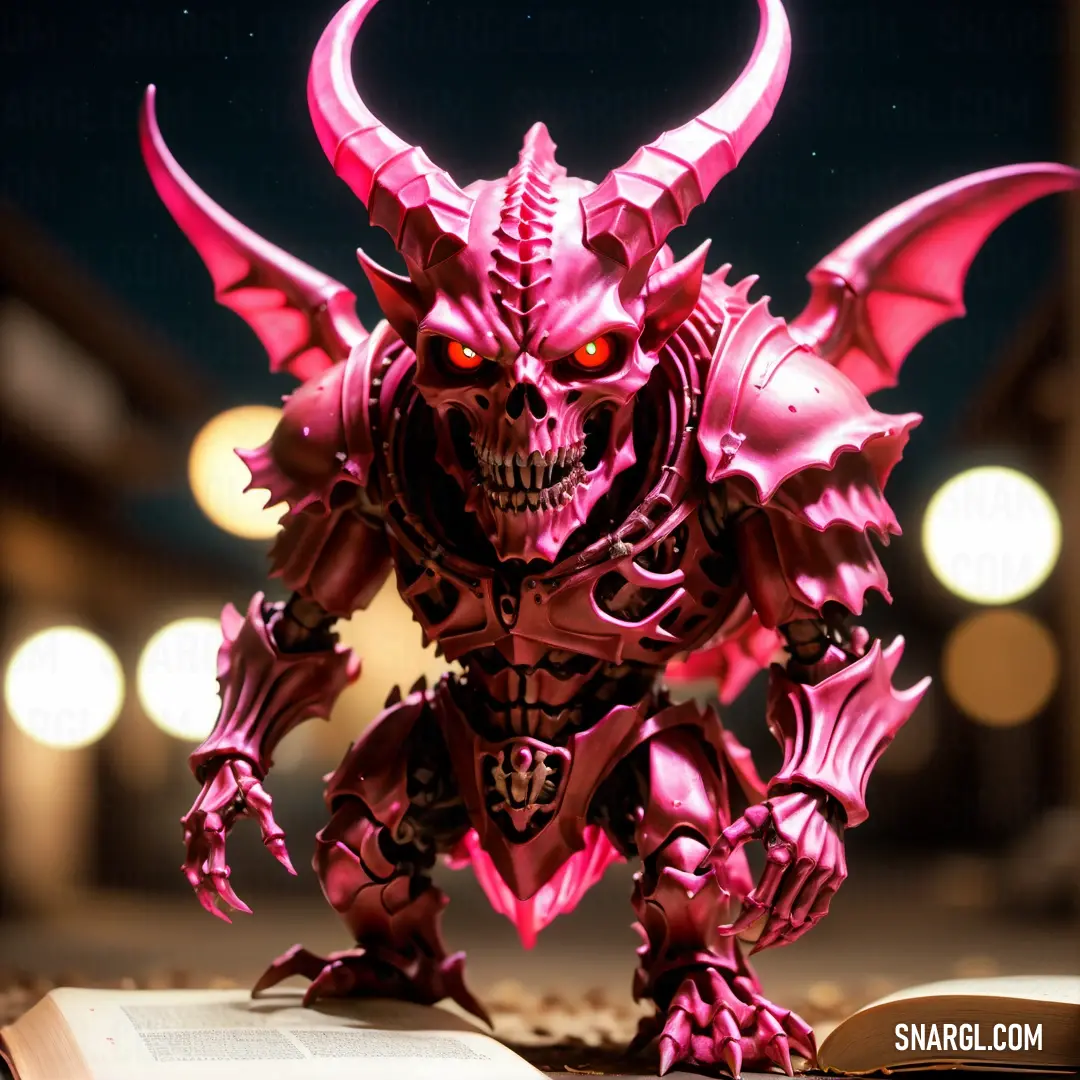
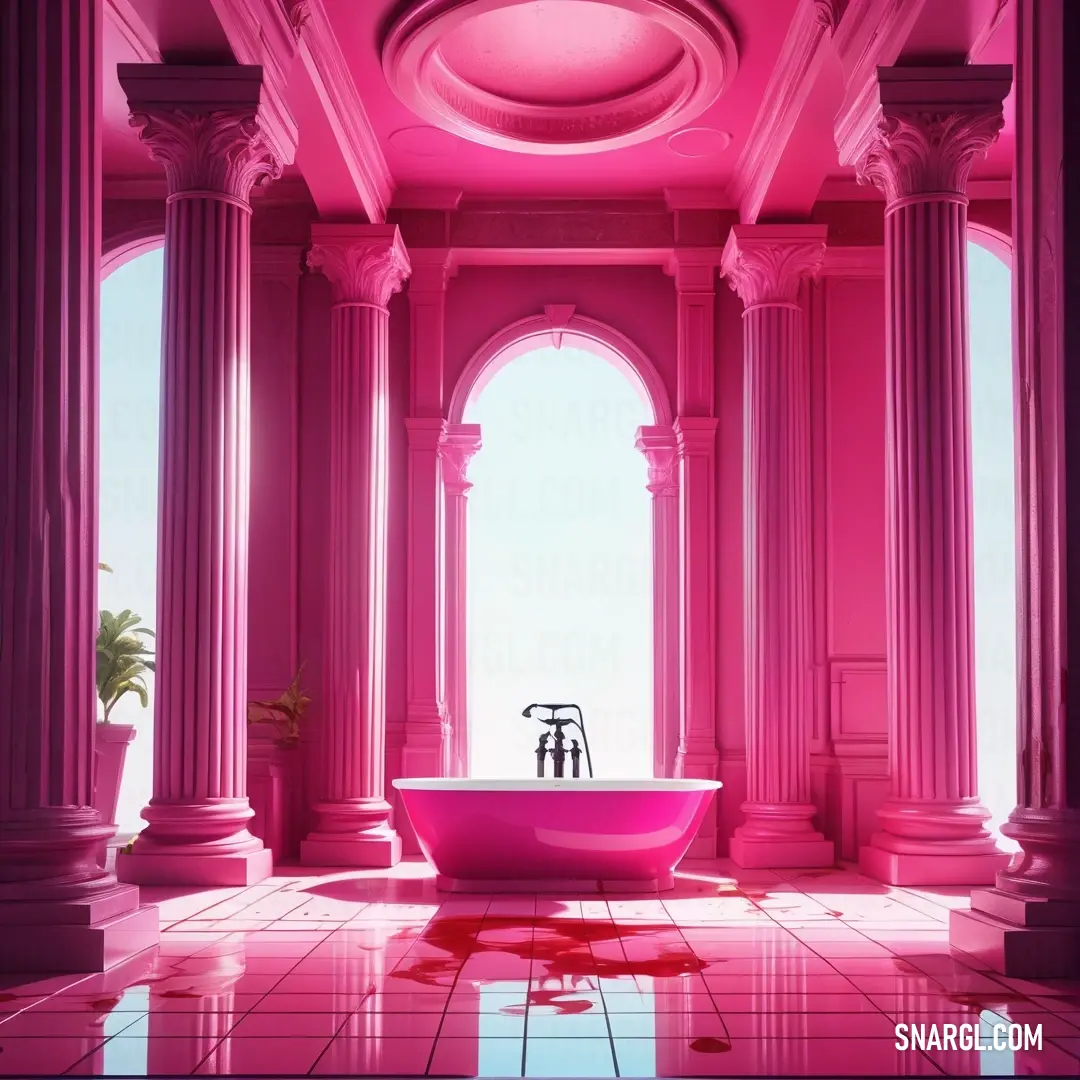
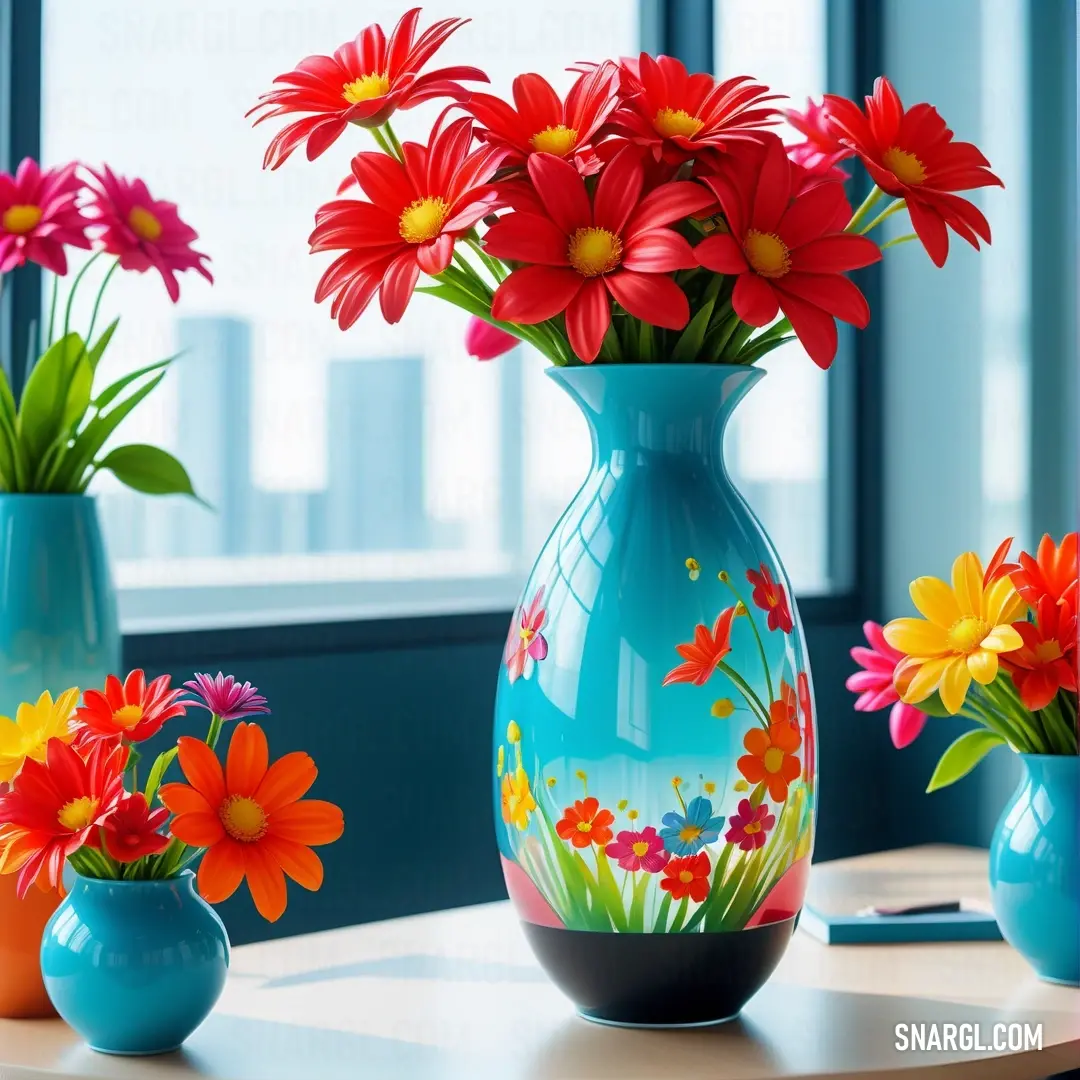
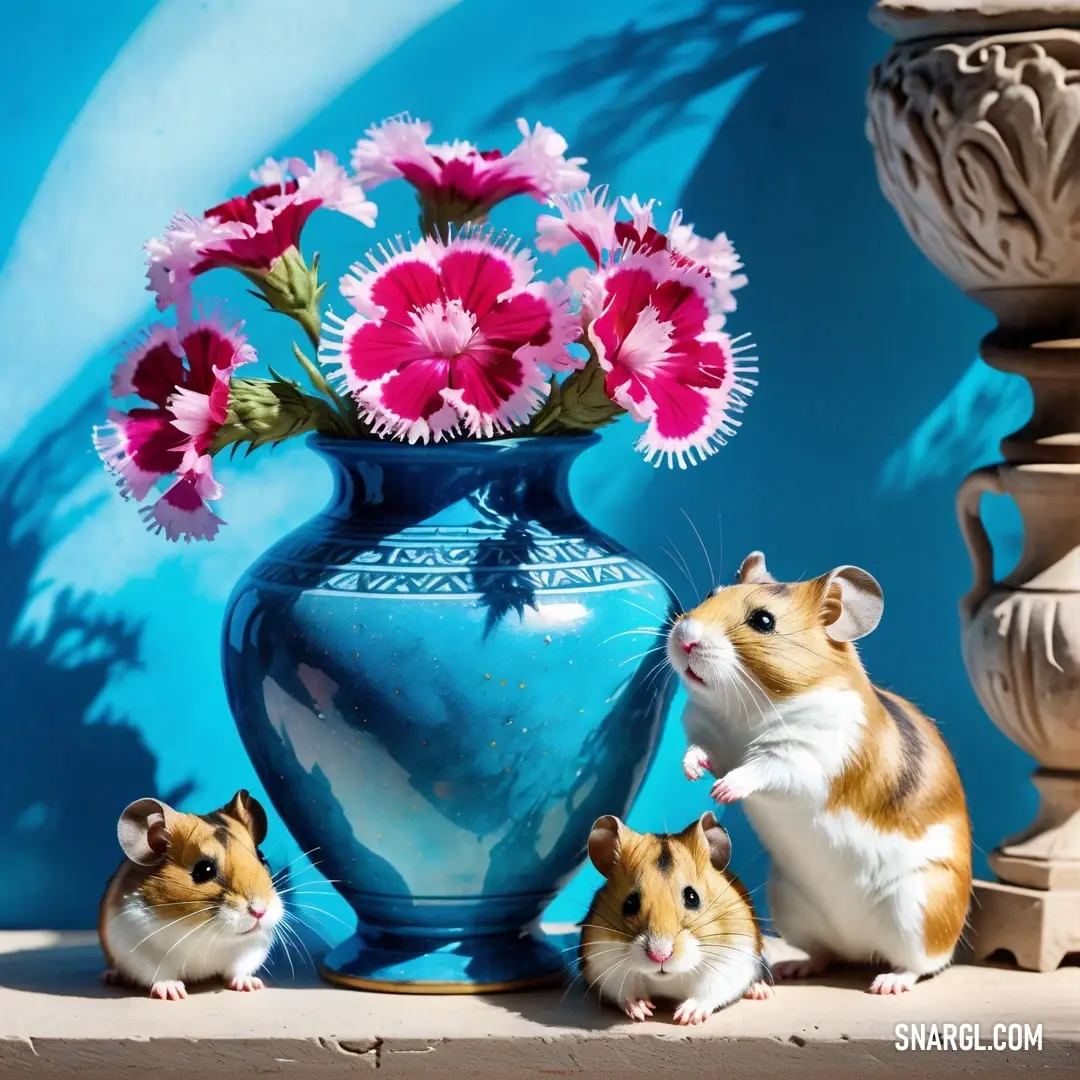
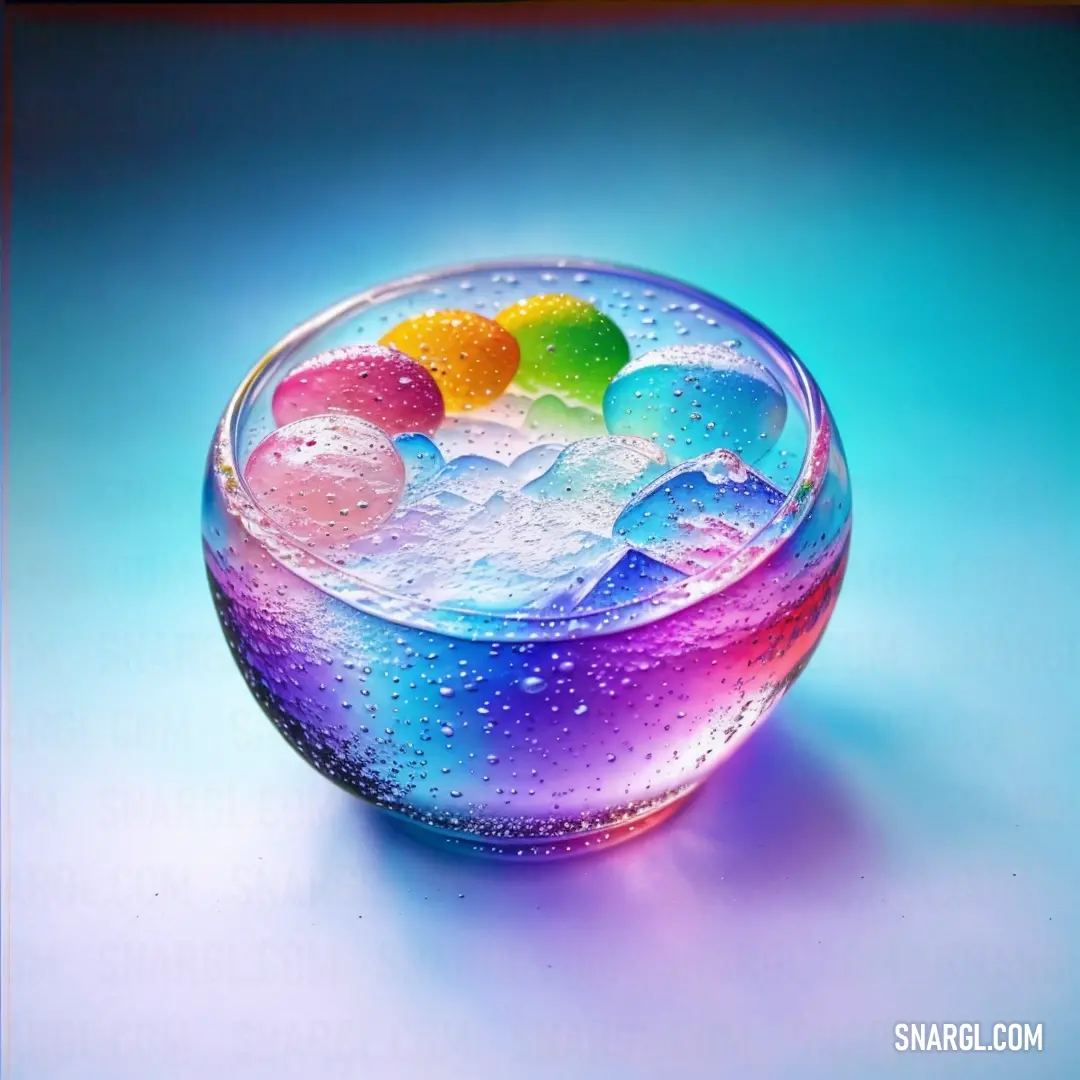
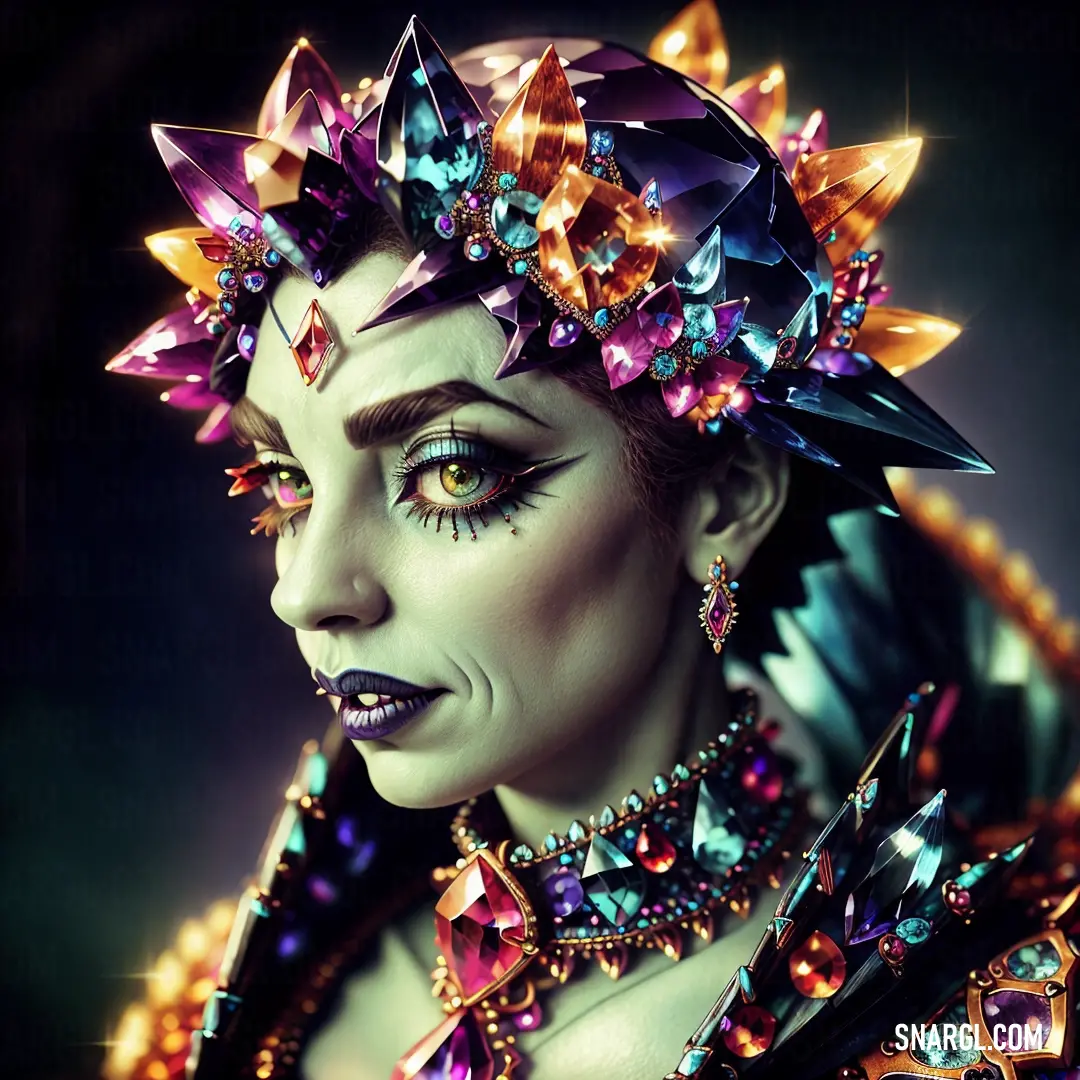
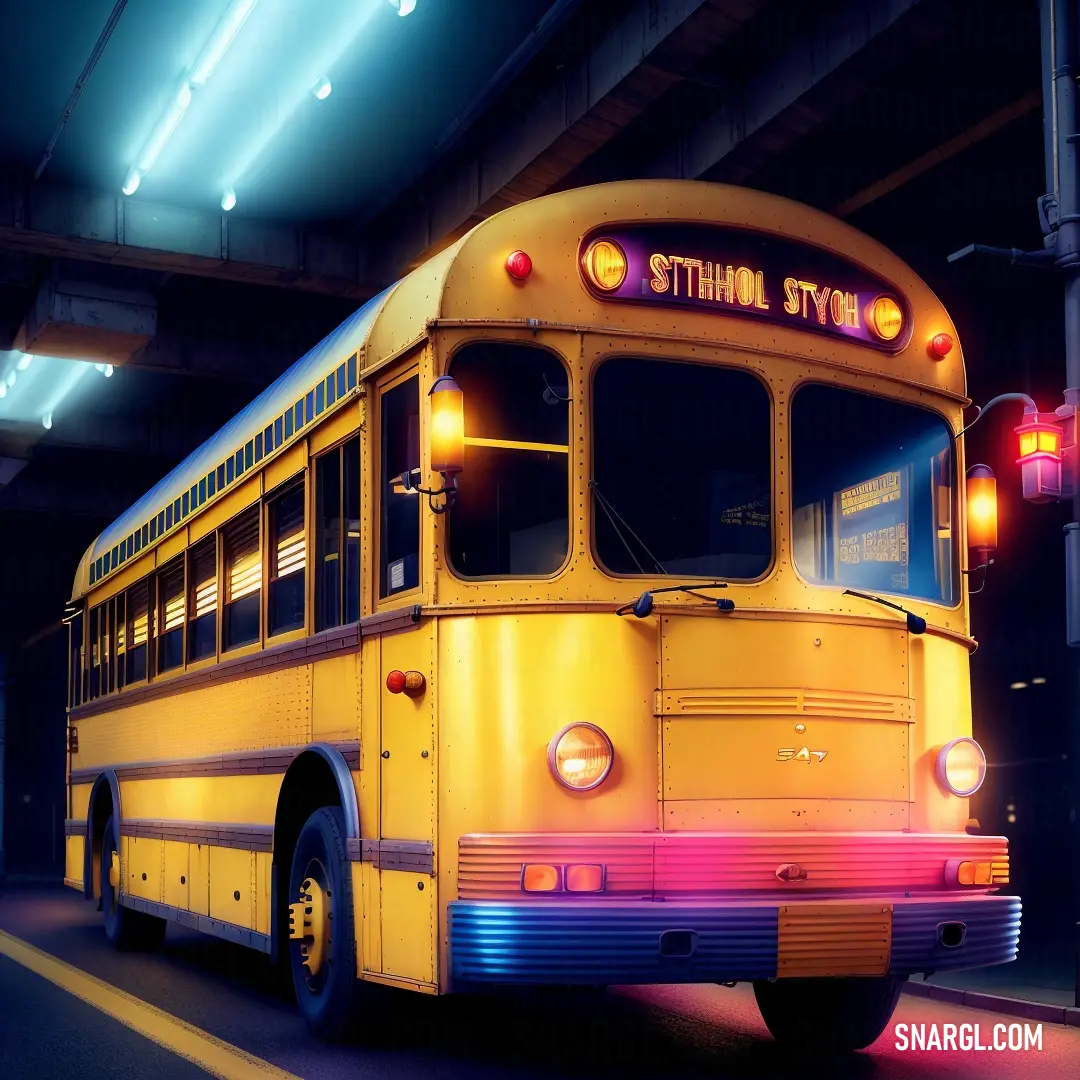
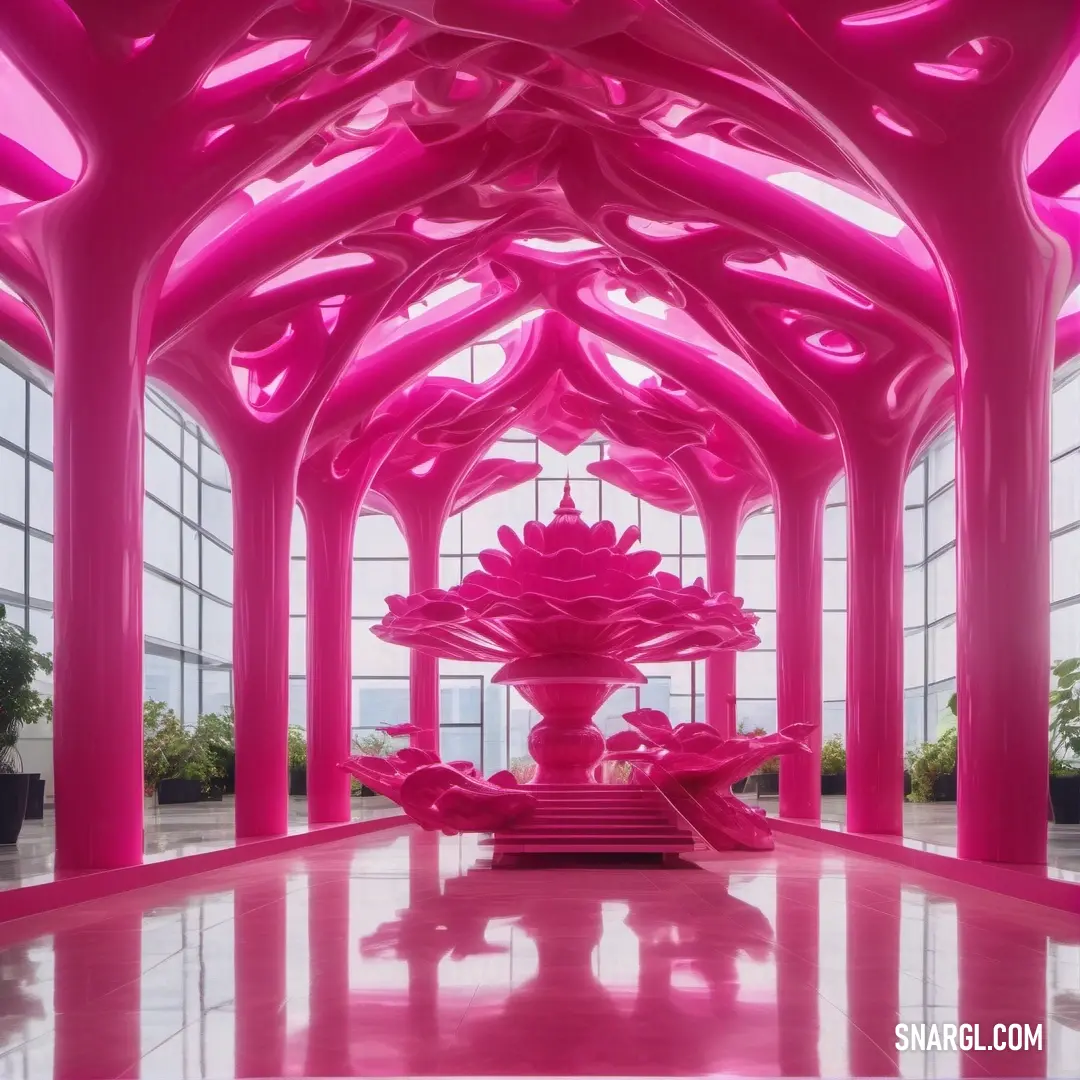
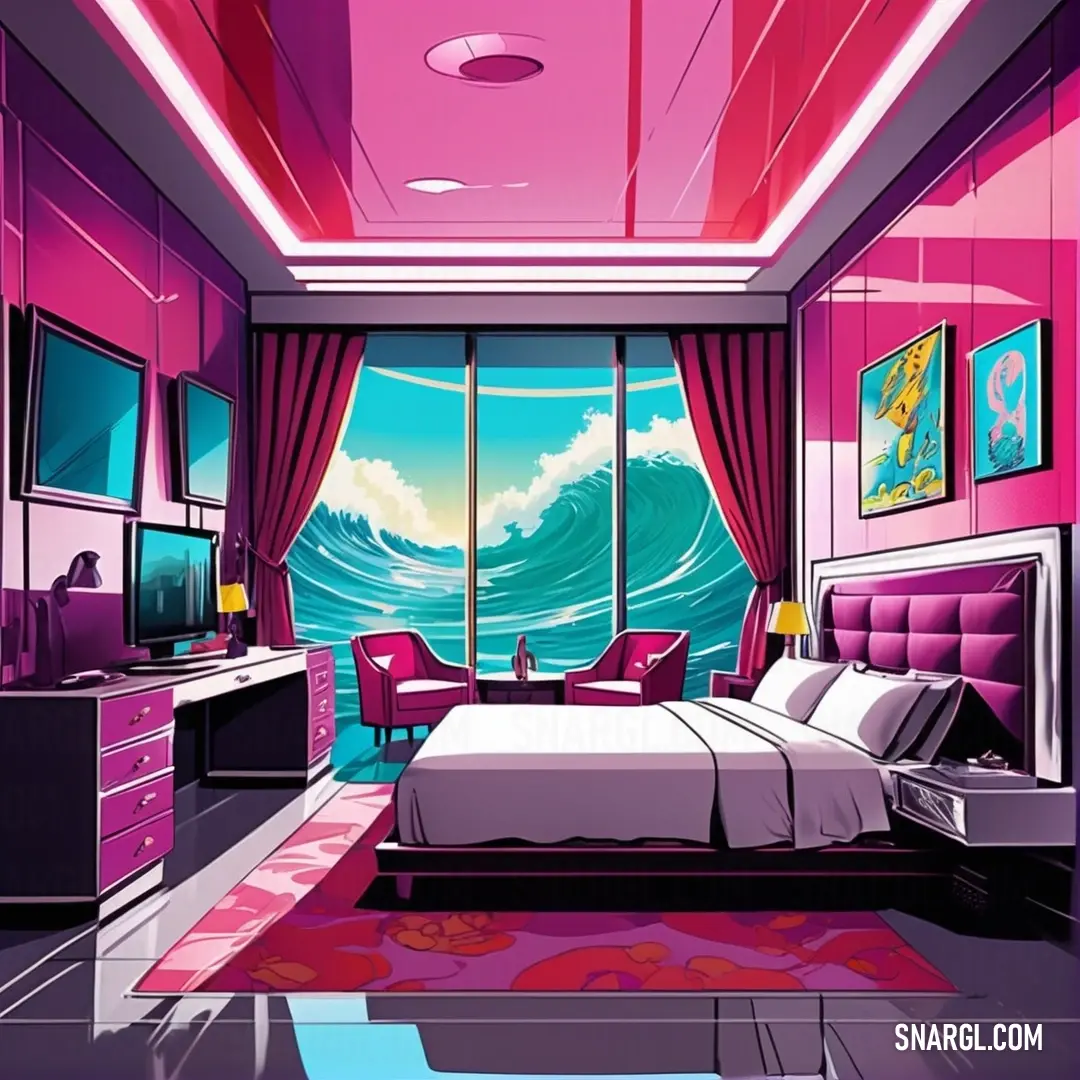
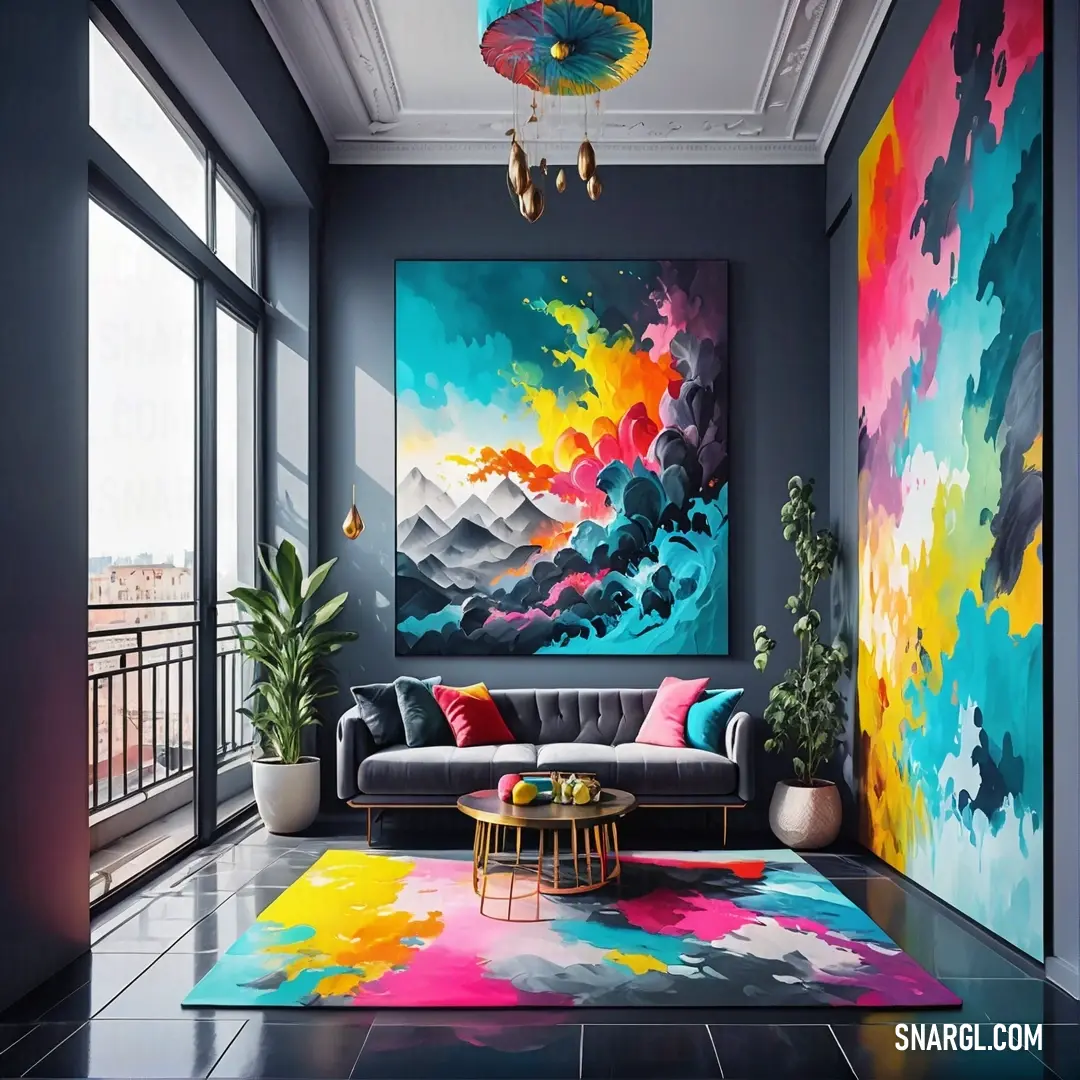
 Skobeloff
Skobeloff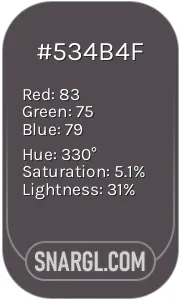 Liver
Liver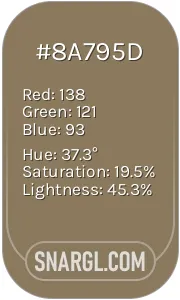 Shadow
Shadow Light coral
Light coral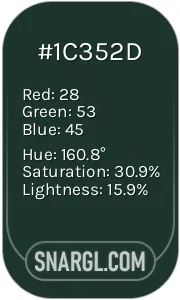 Medium jungle green
Medium jungle green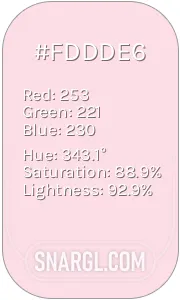 Piggy pink
Piggy pink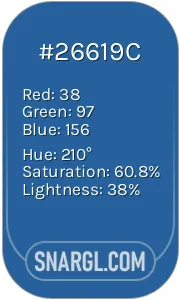 Lapis lazuli
Lapis lazuli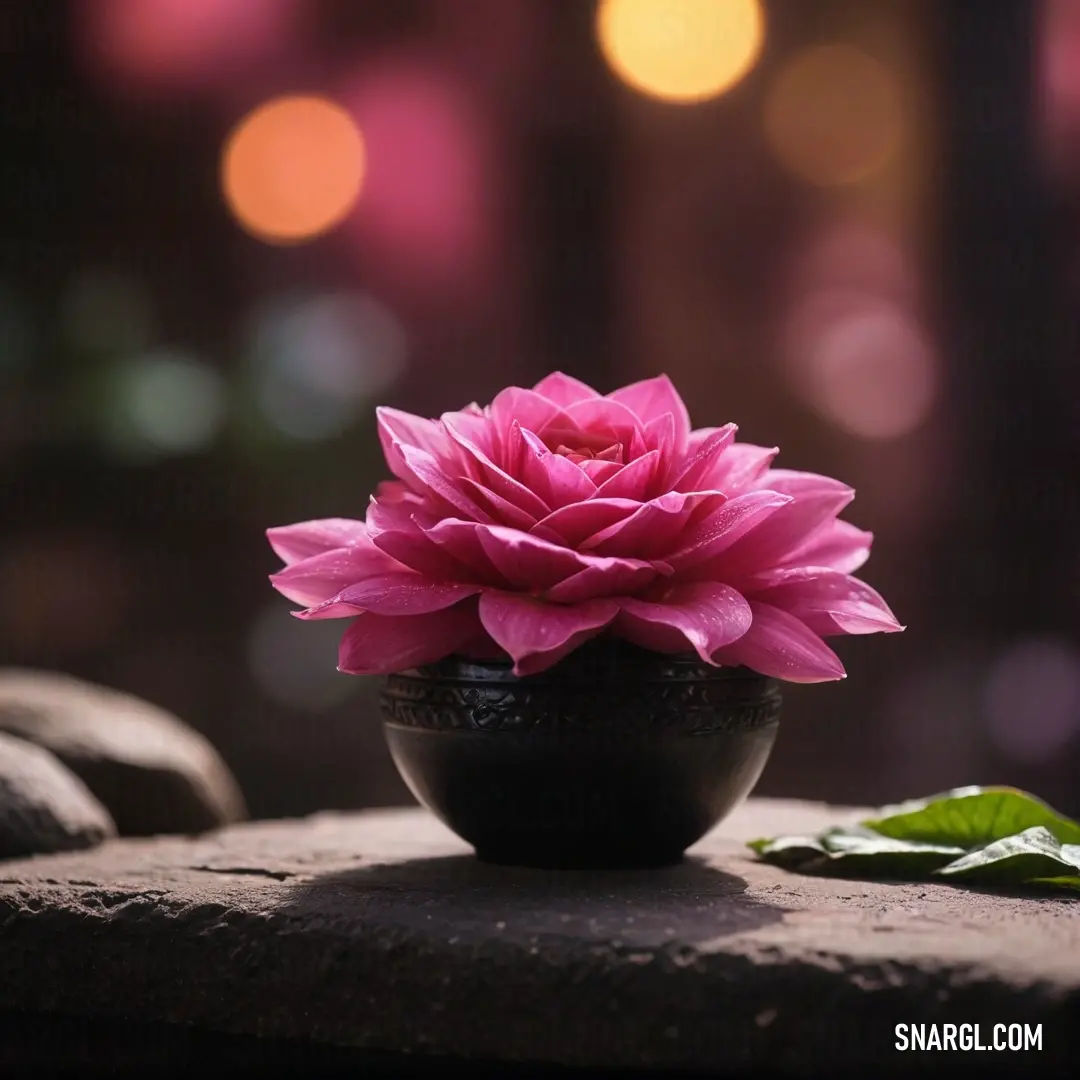
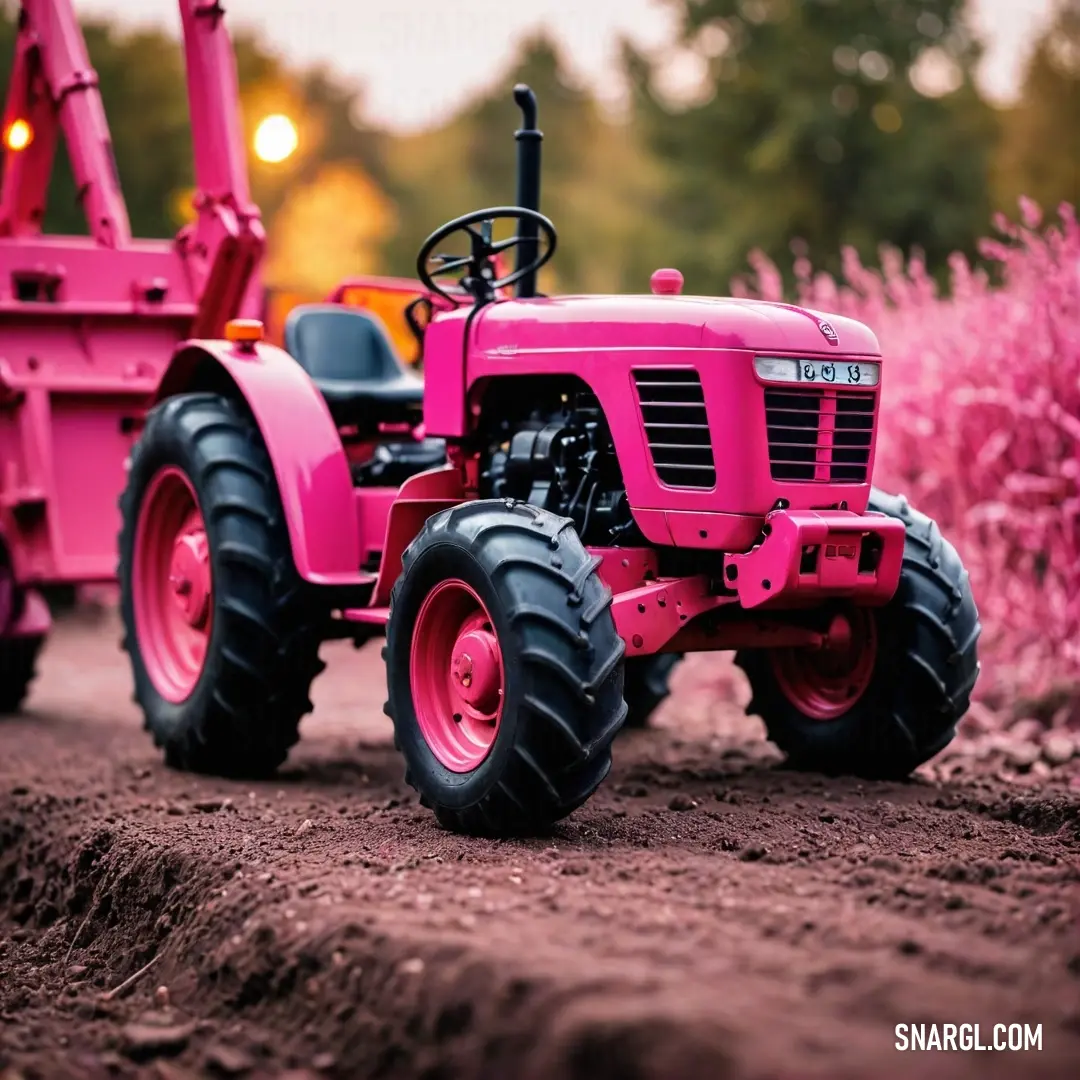
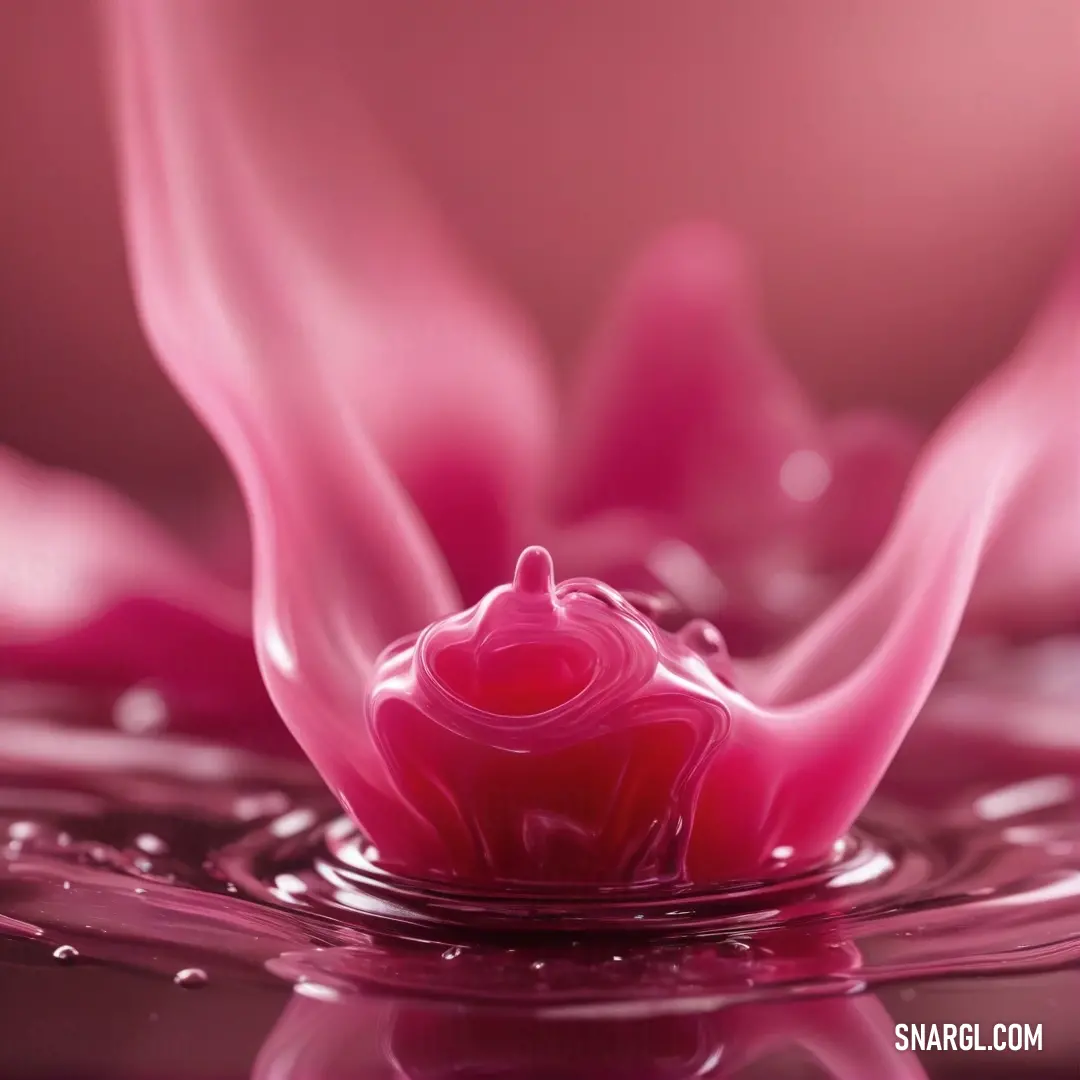
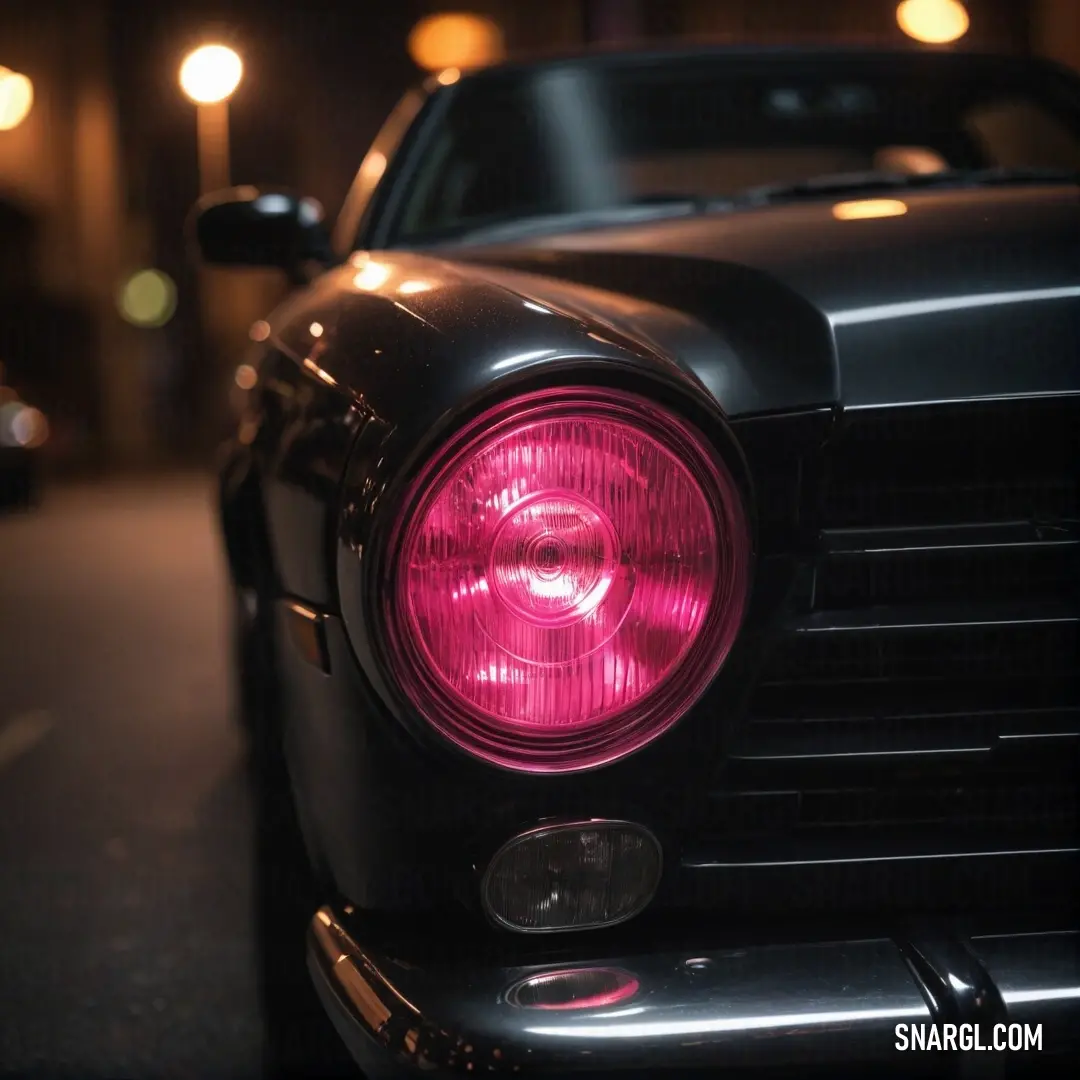
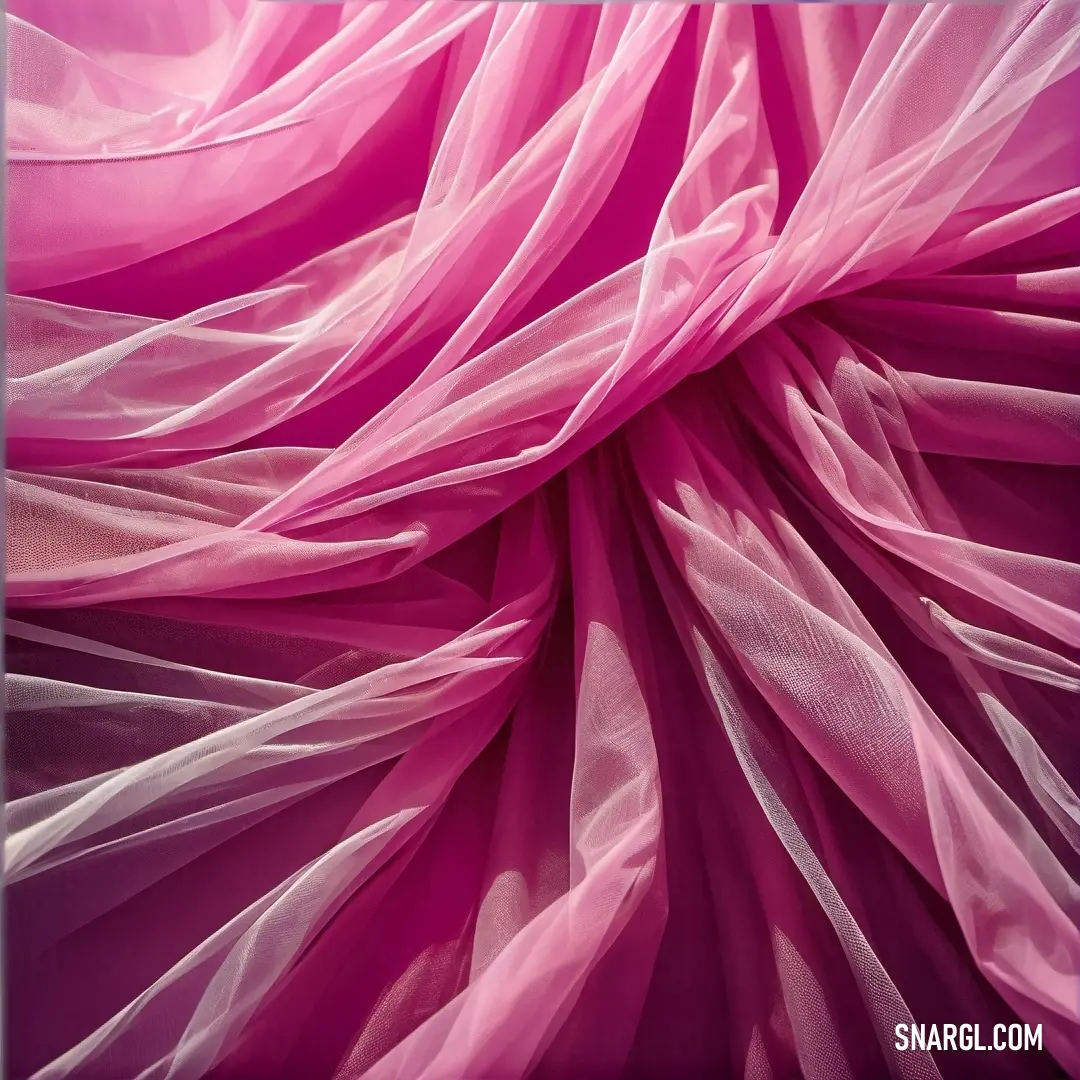
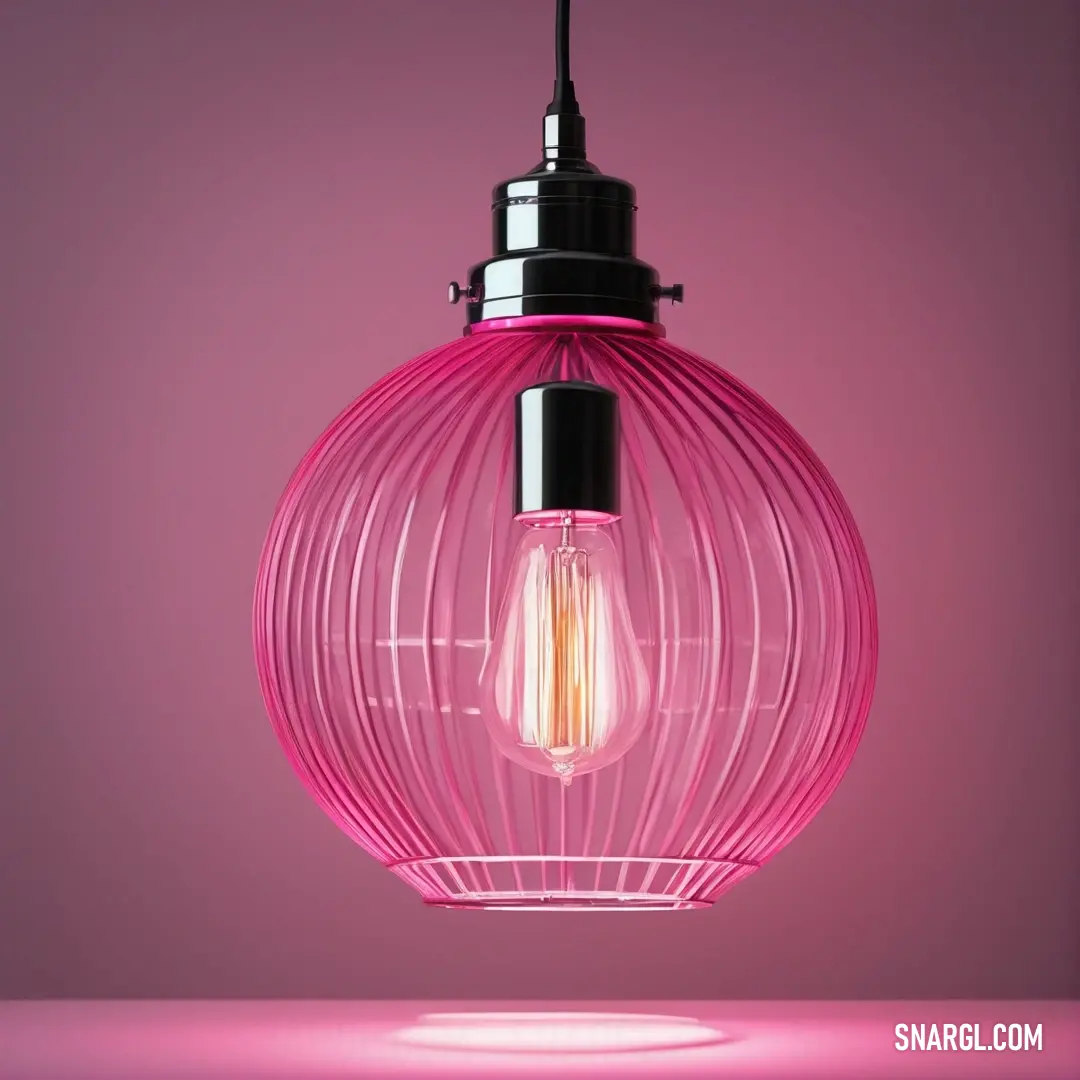
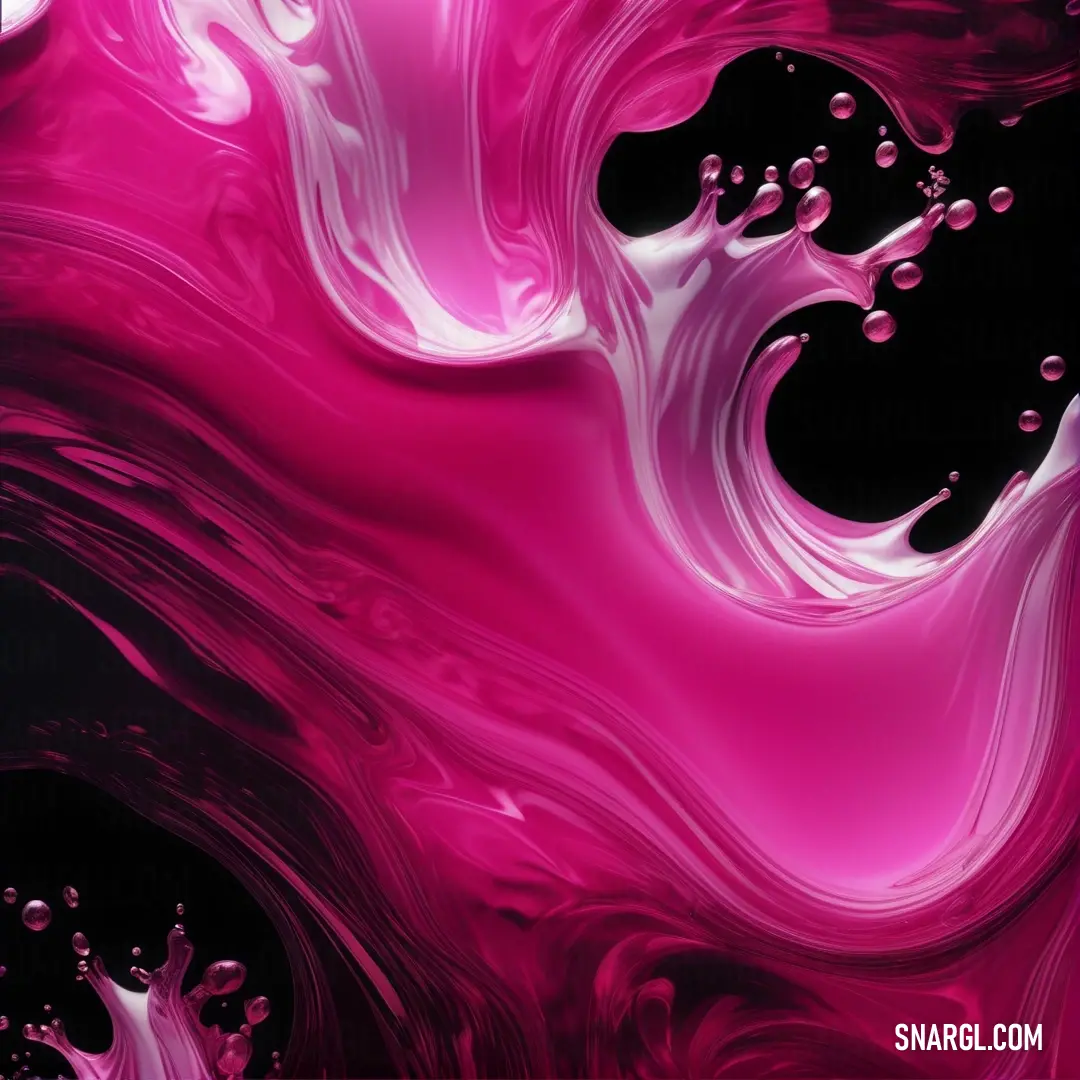
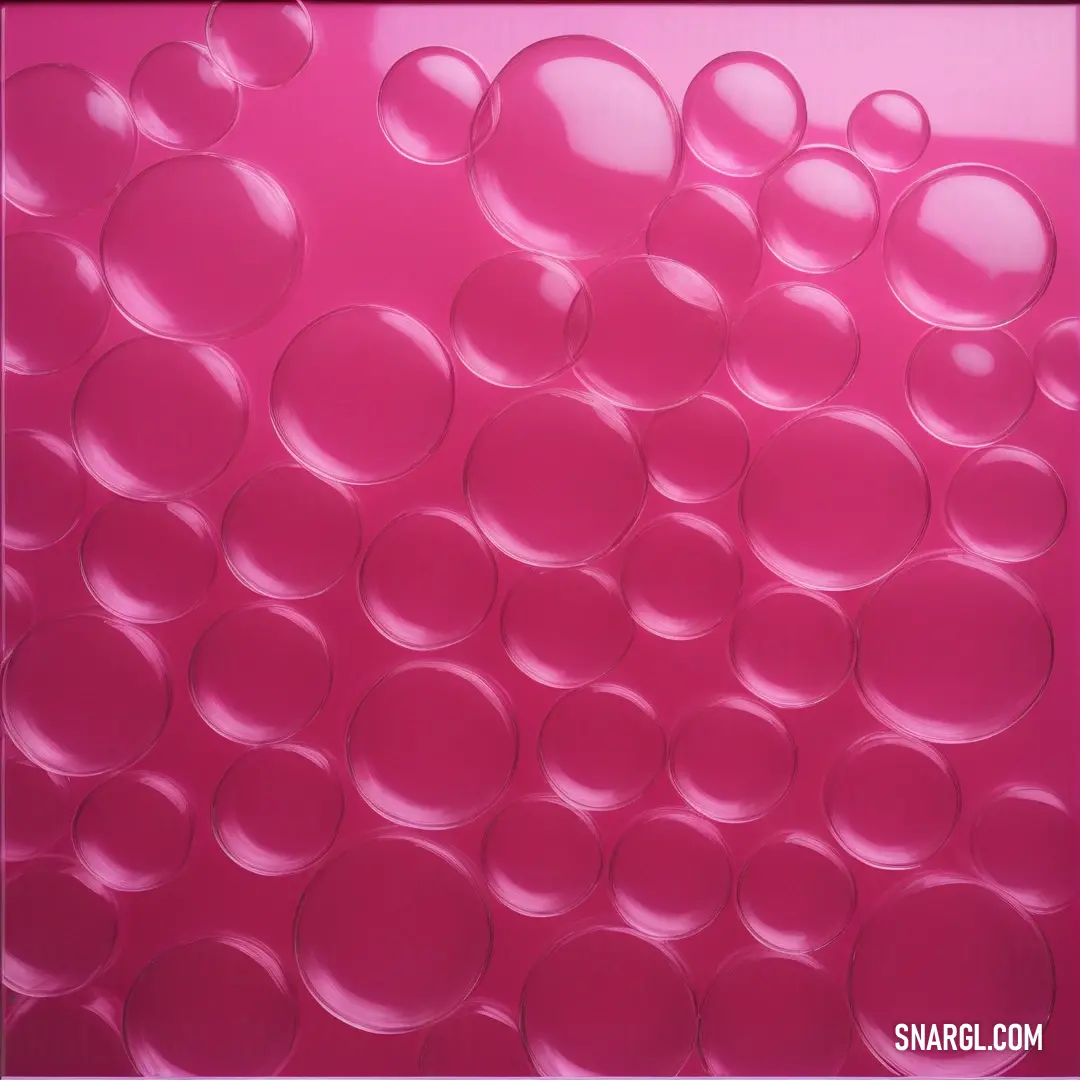
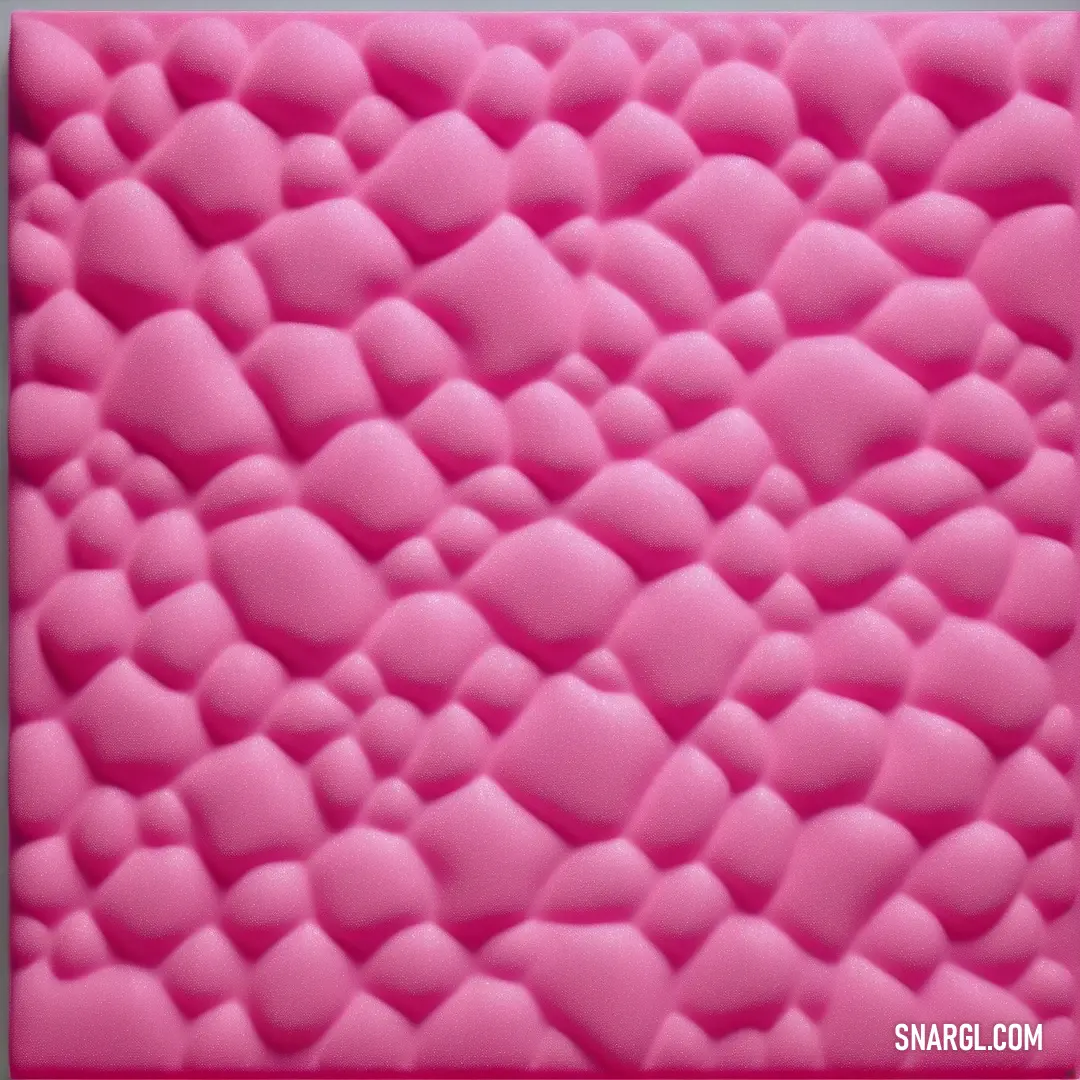
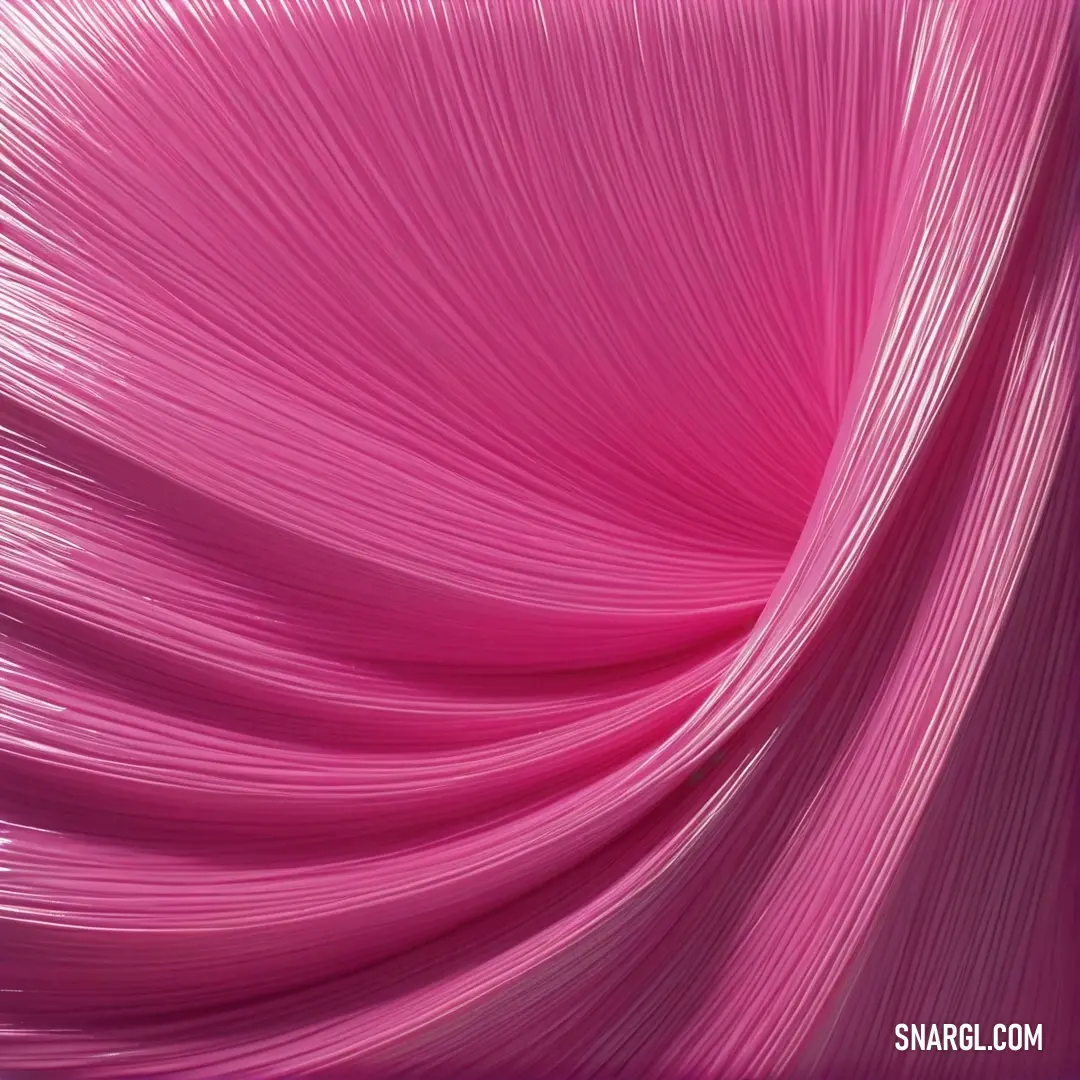
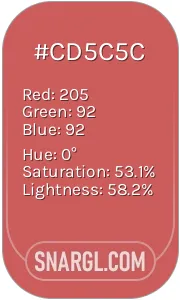 Chestnut
Chestnut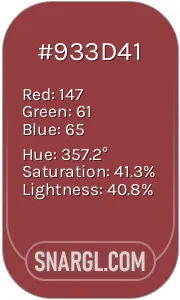 Smokey topaz
Smokey topaz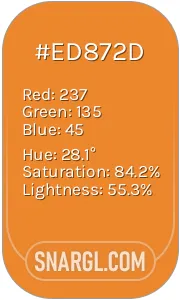 Cadmium orange
Cadmium orange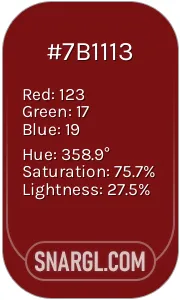 UP Maroon
UP Maroon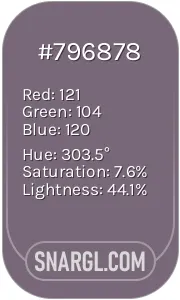 Old lavender
Old lavender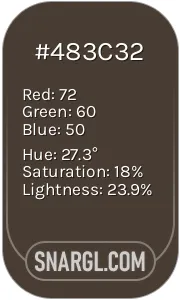 Dark lava
Dark lava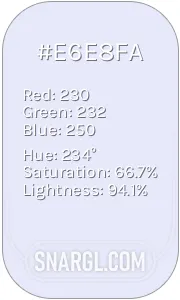 Glitter
Glitter






















